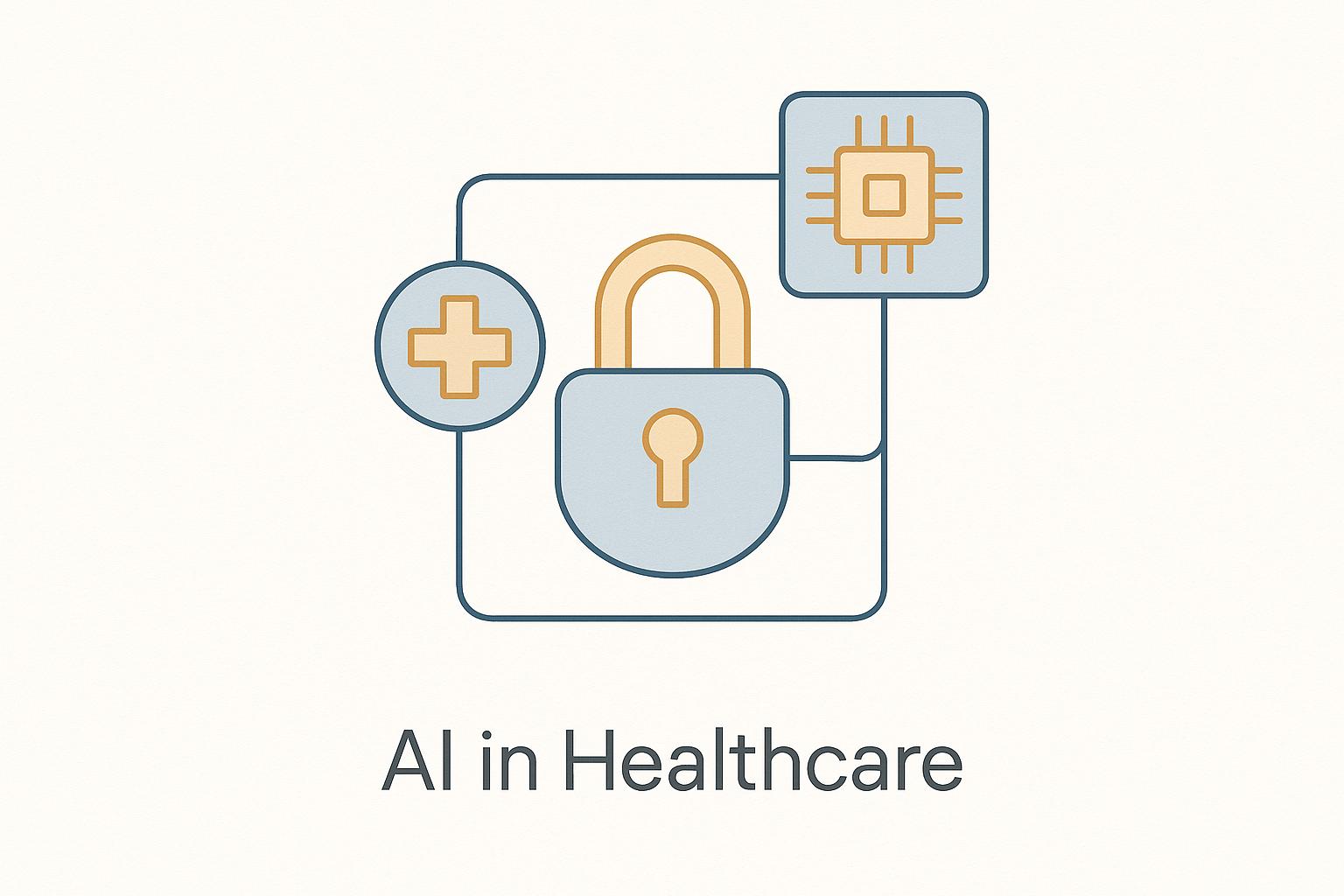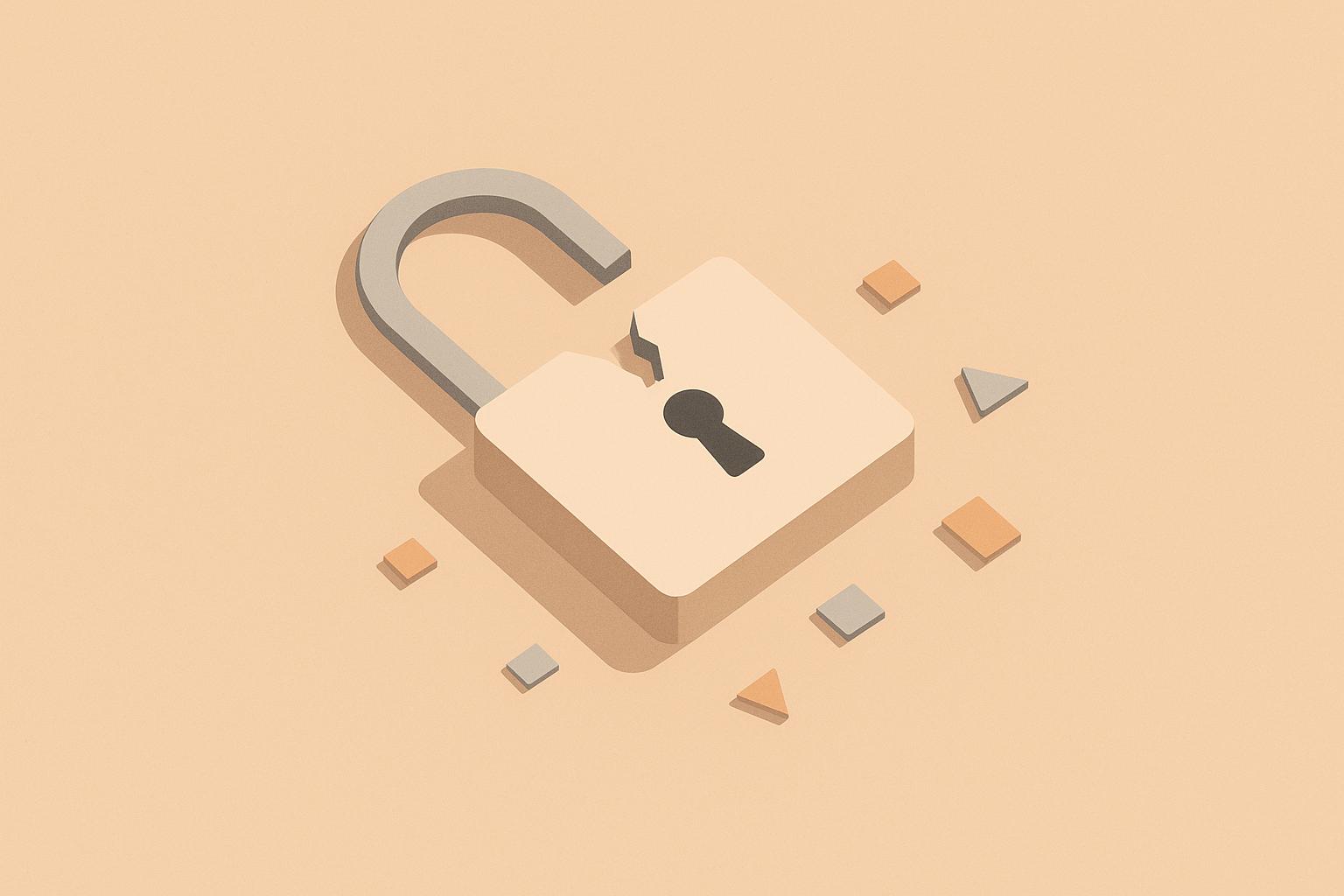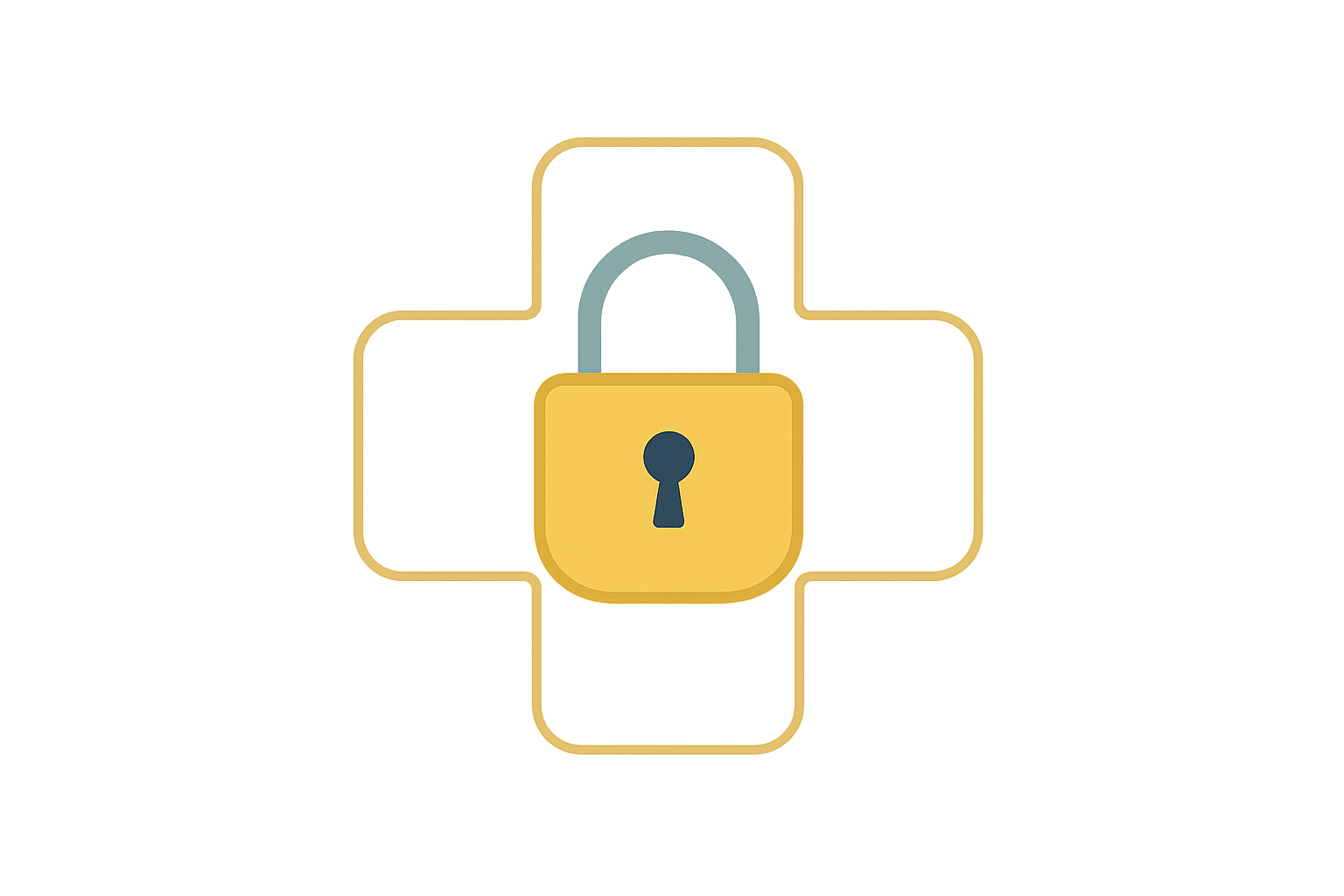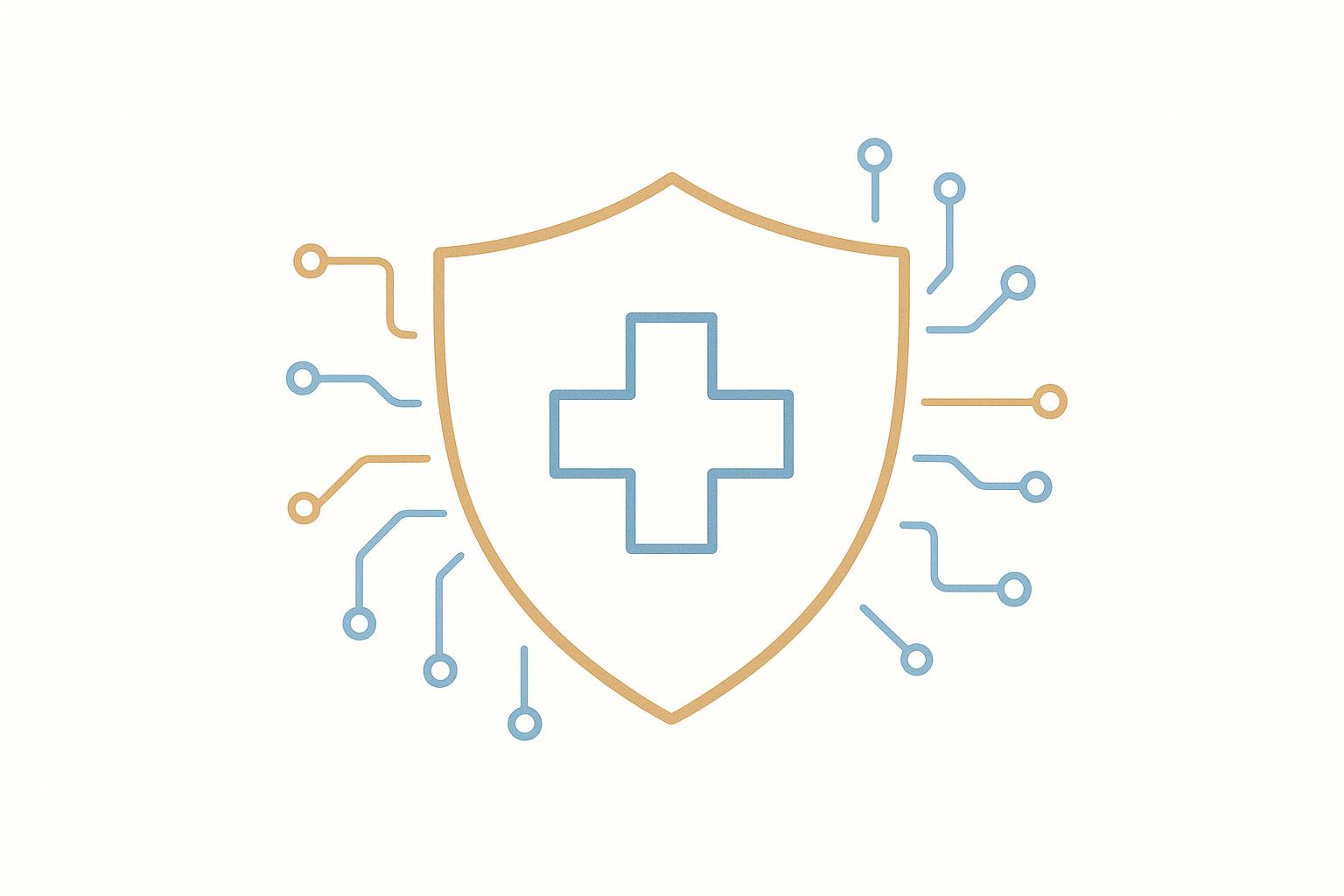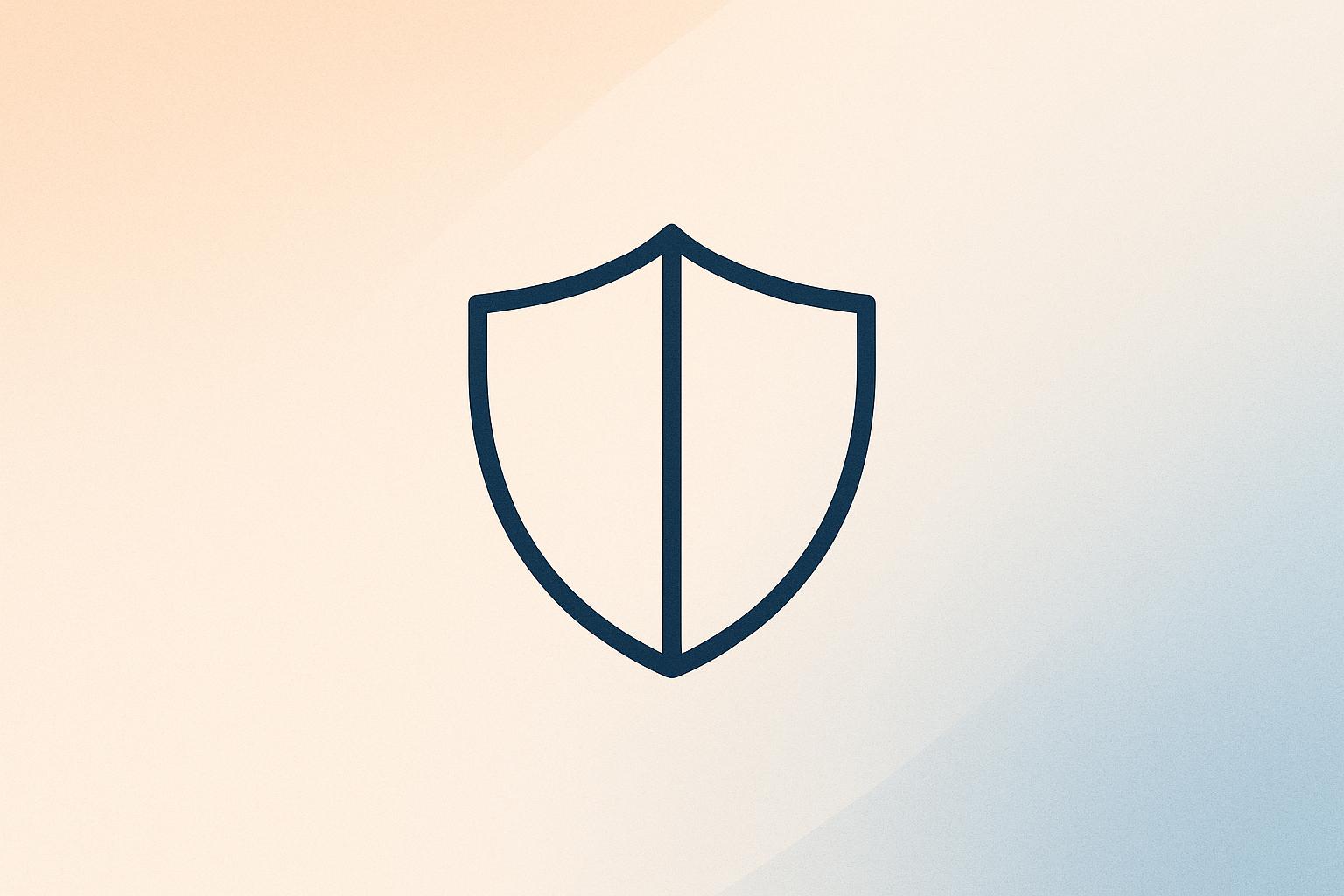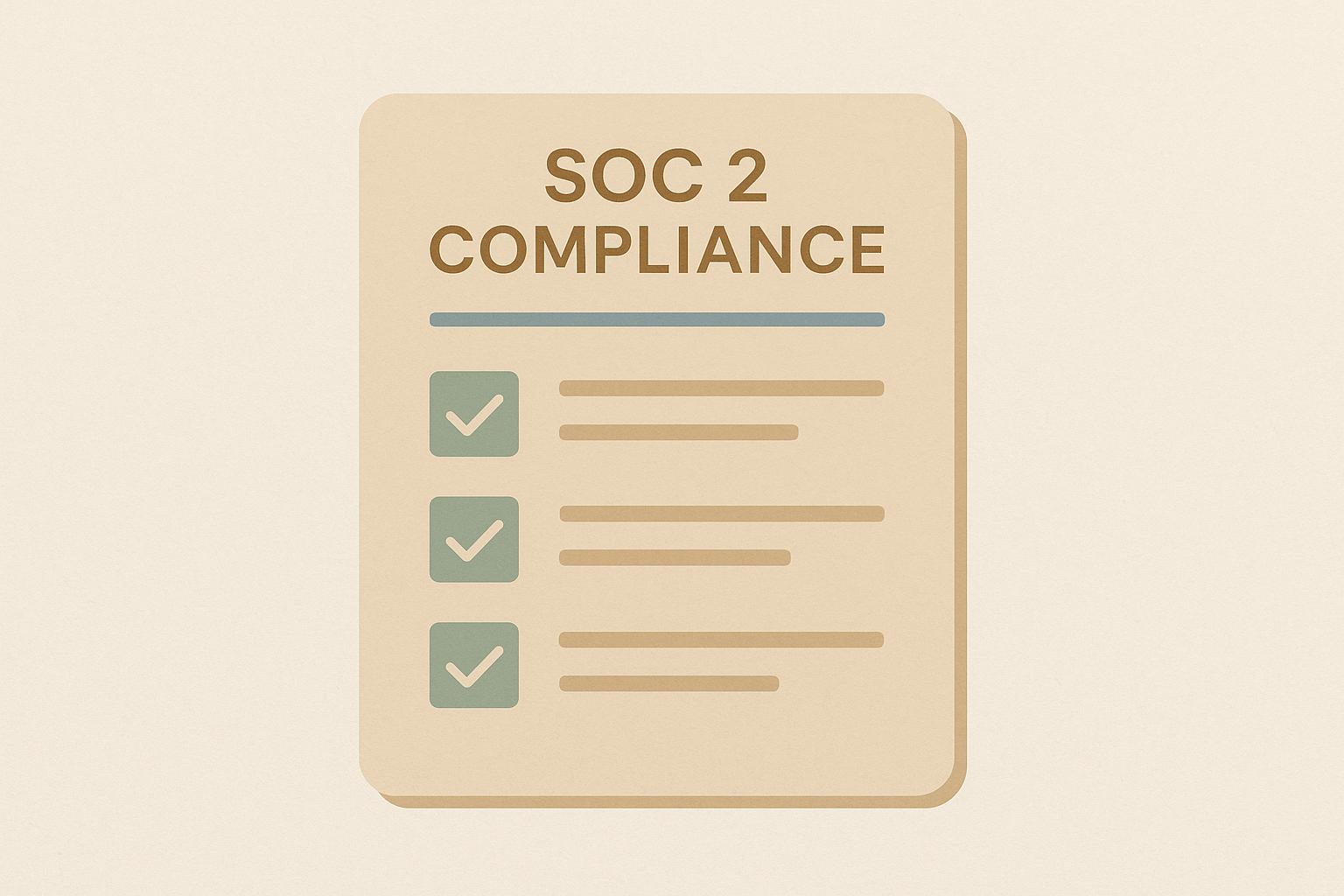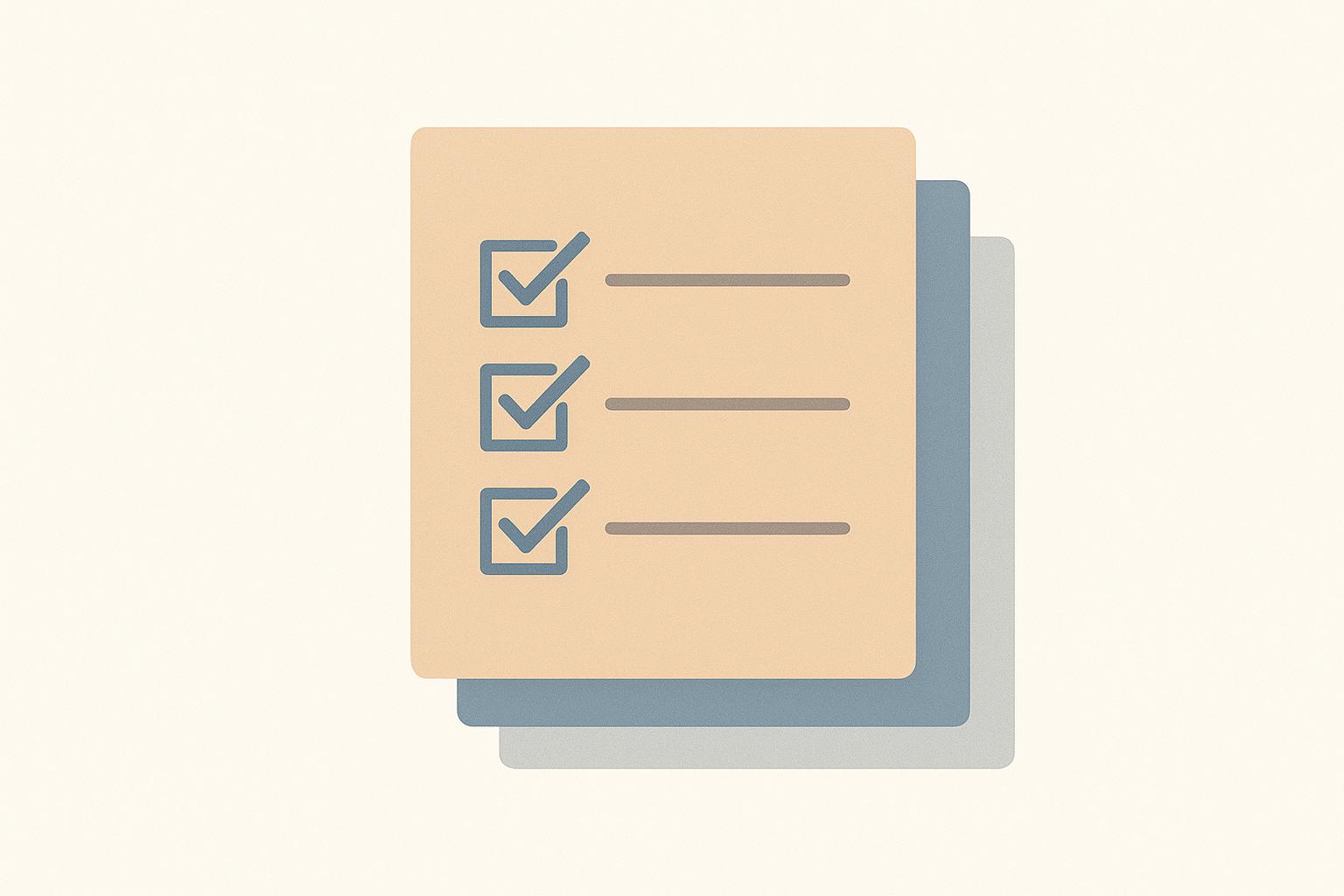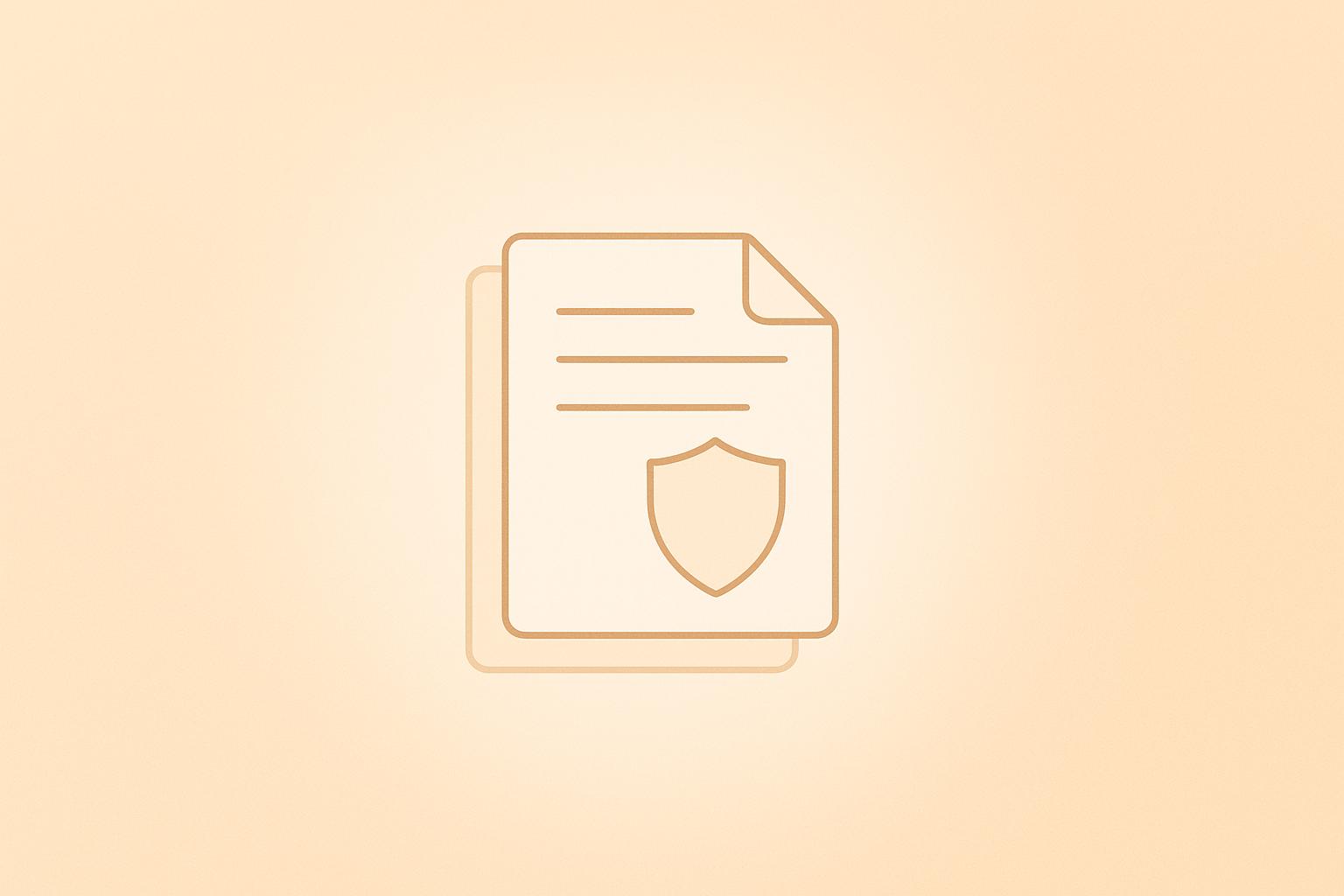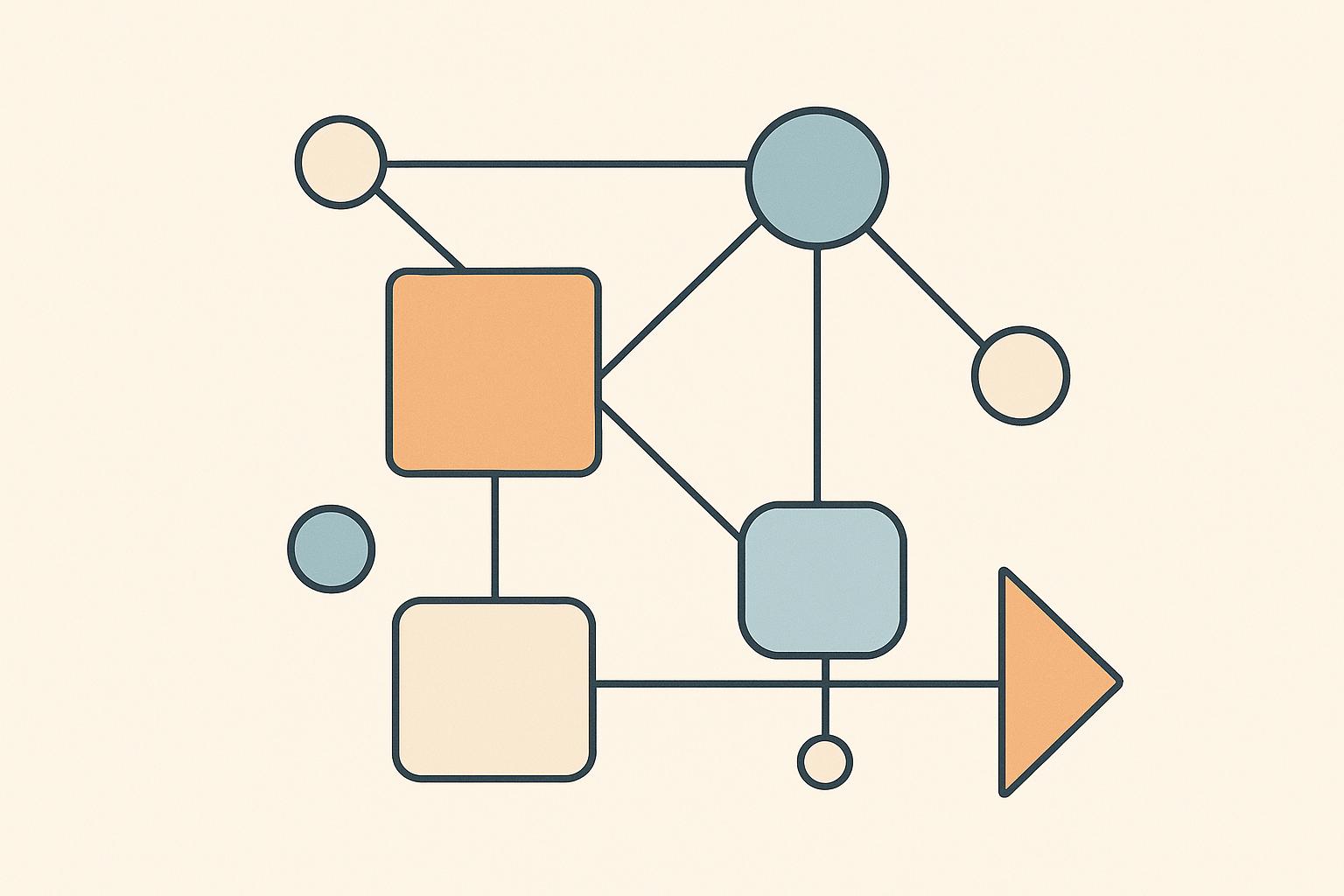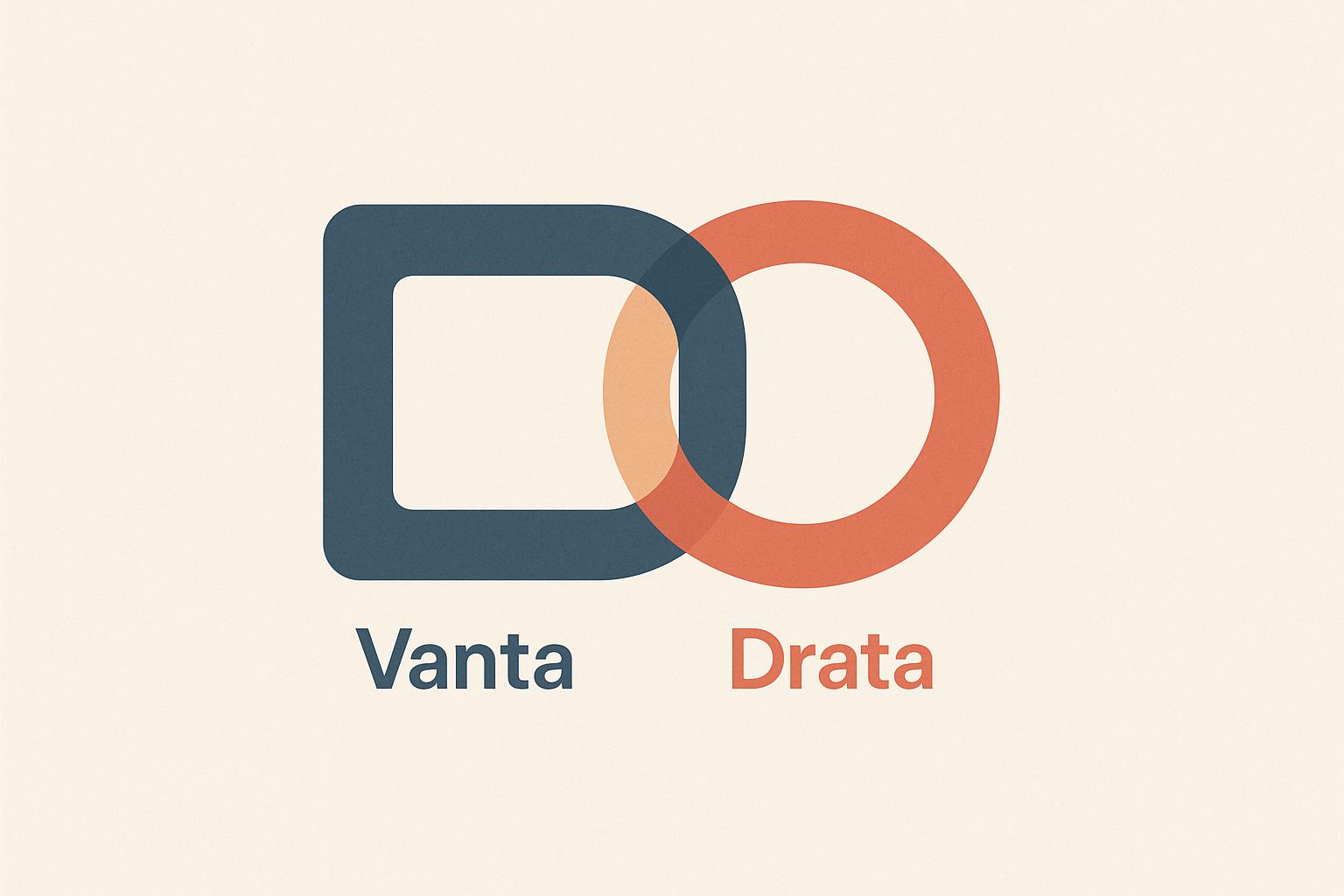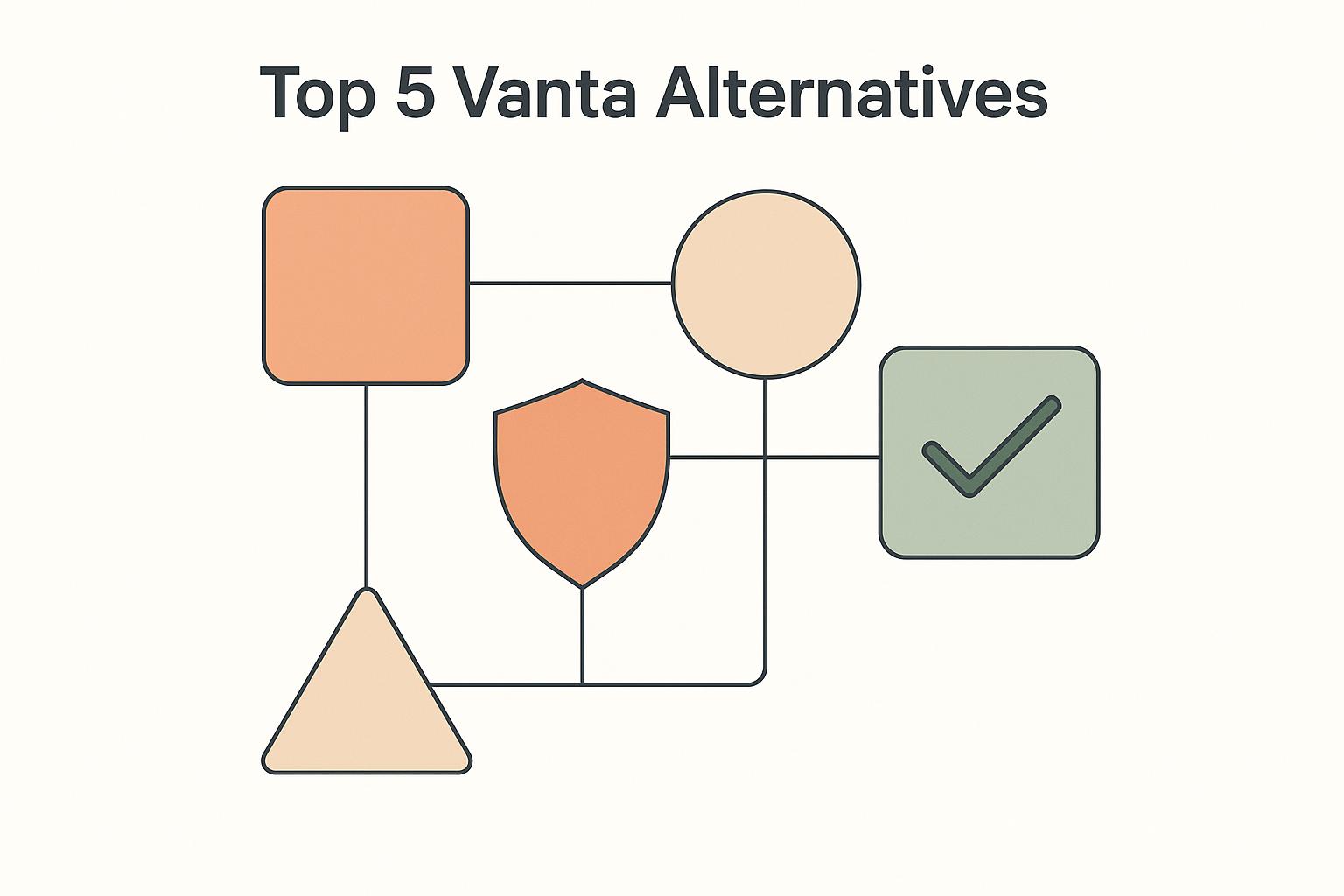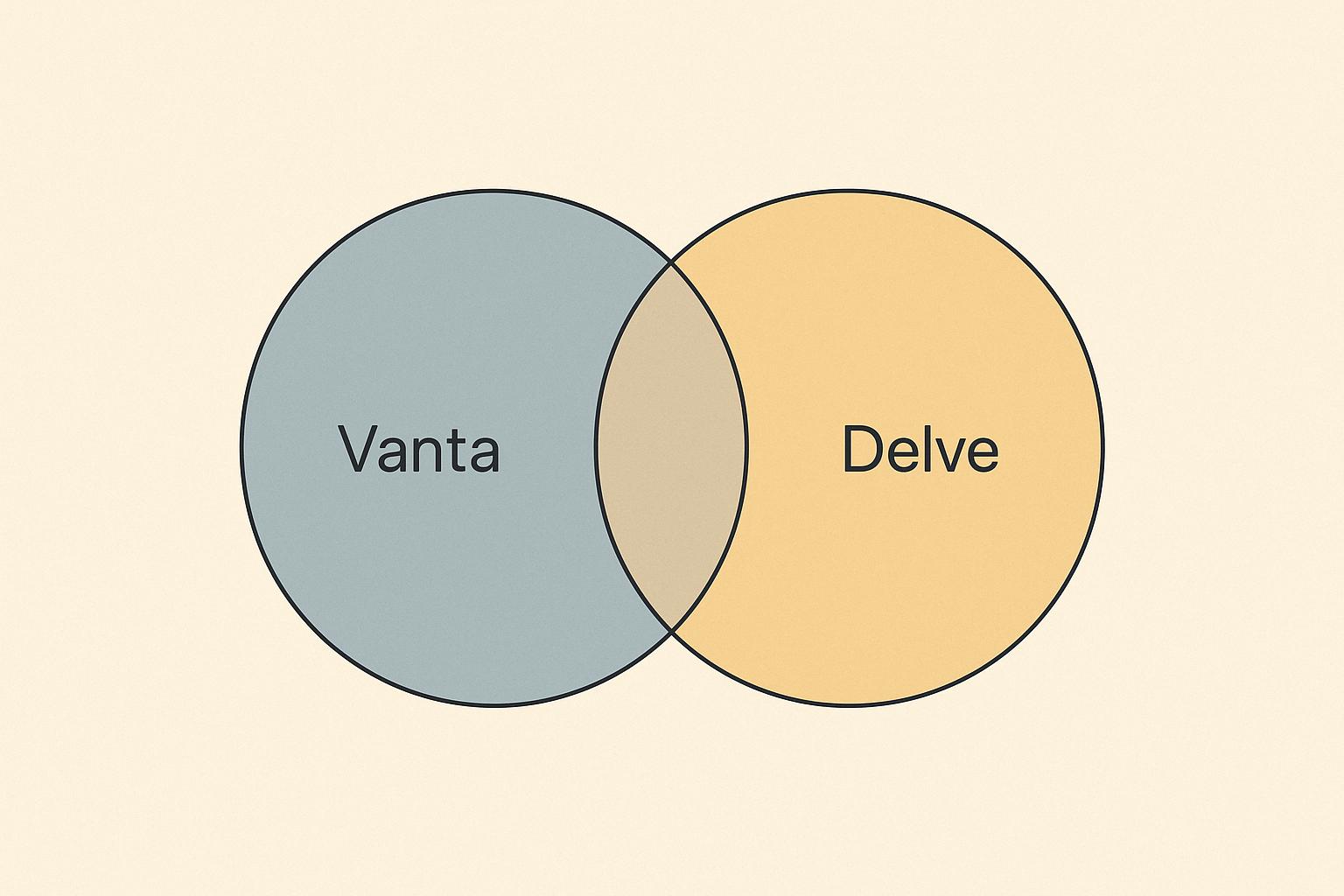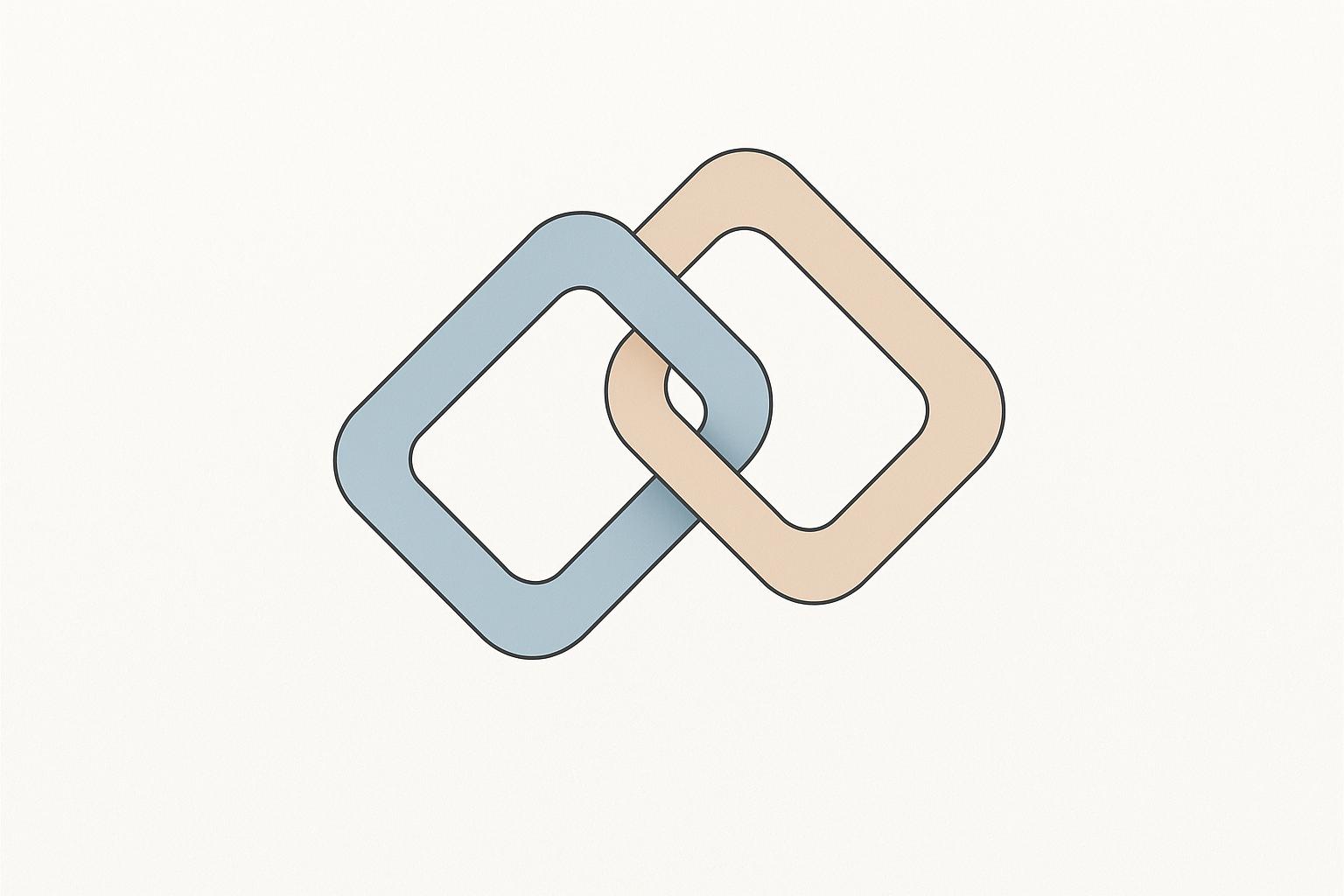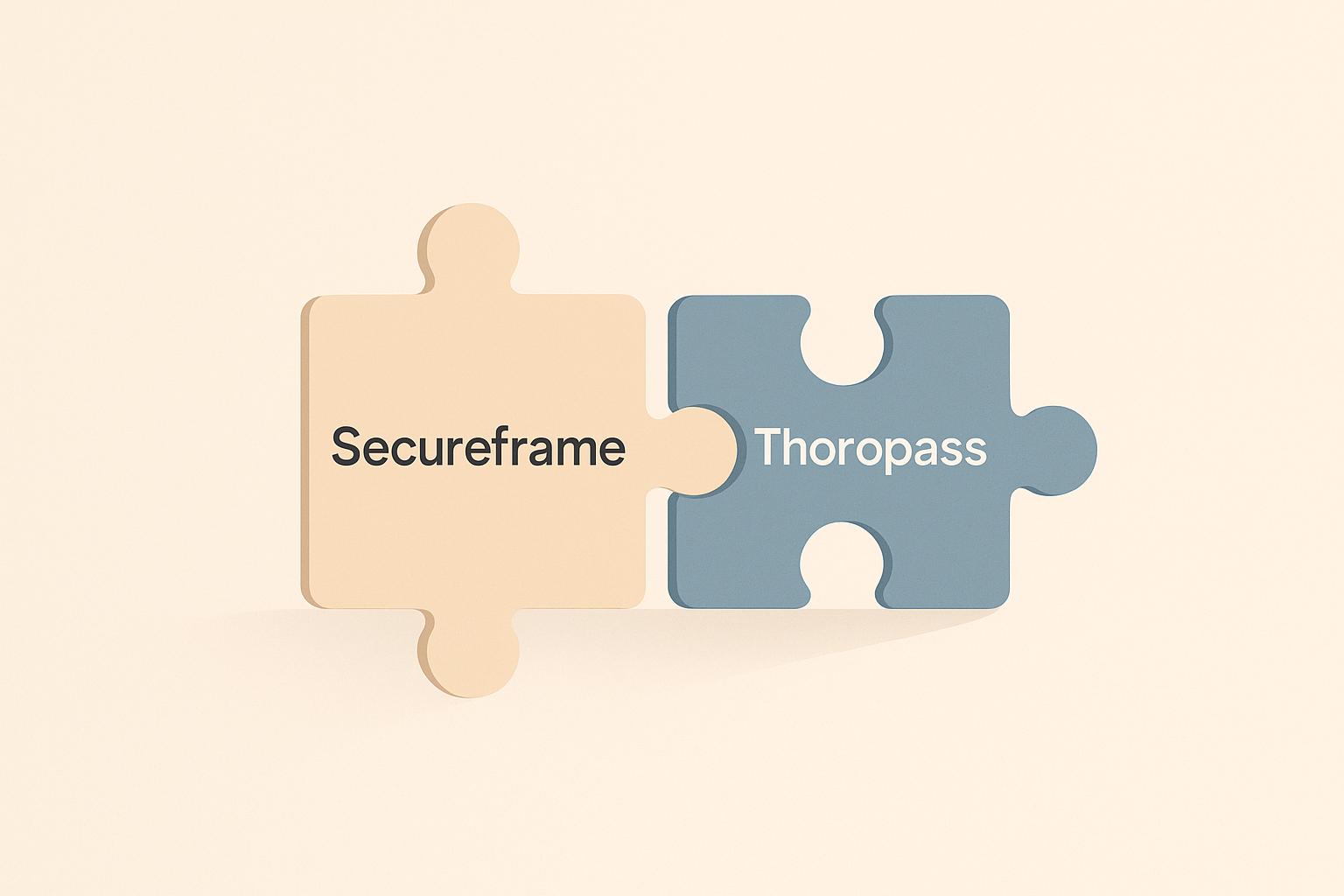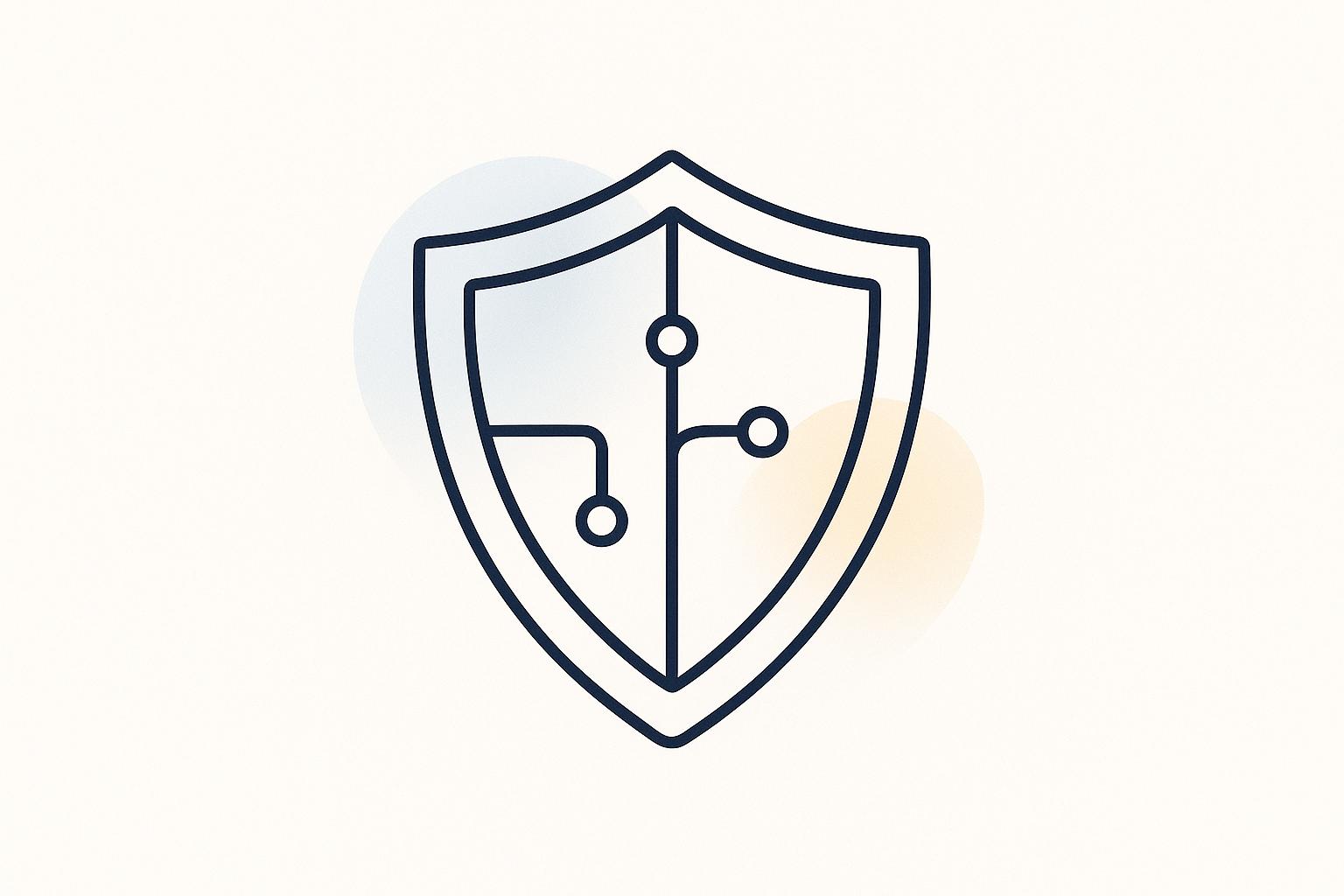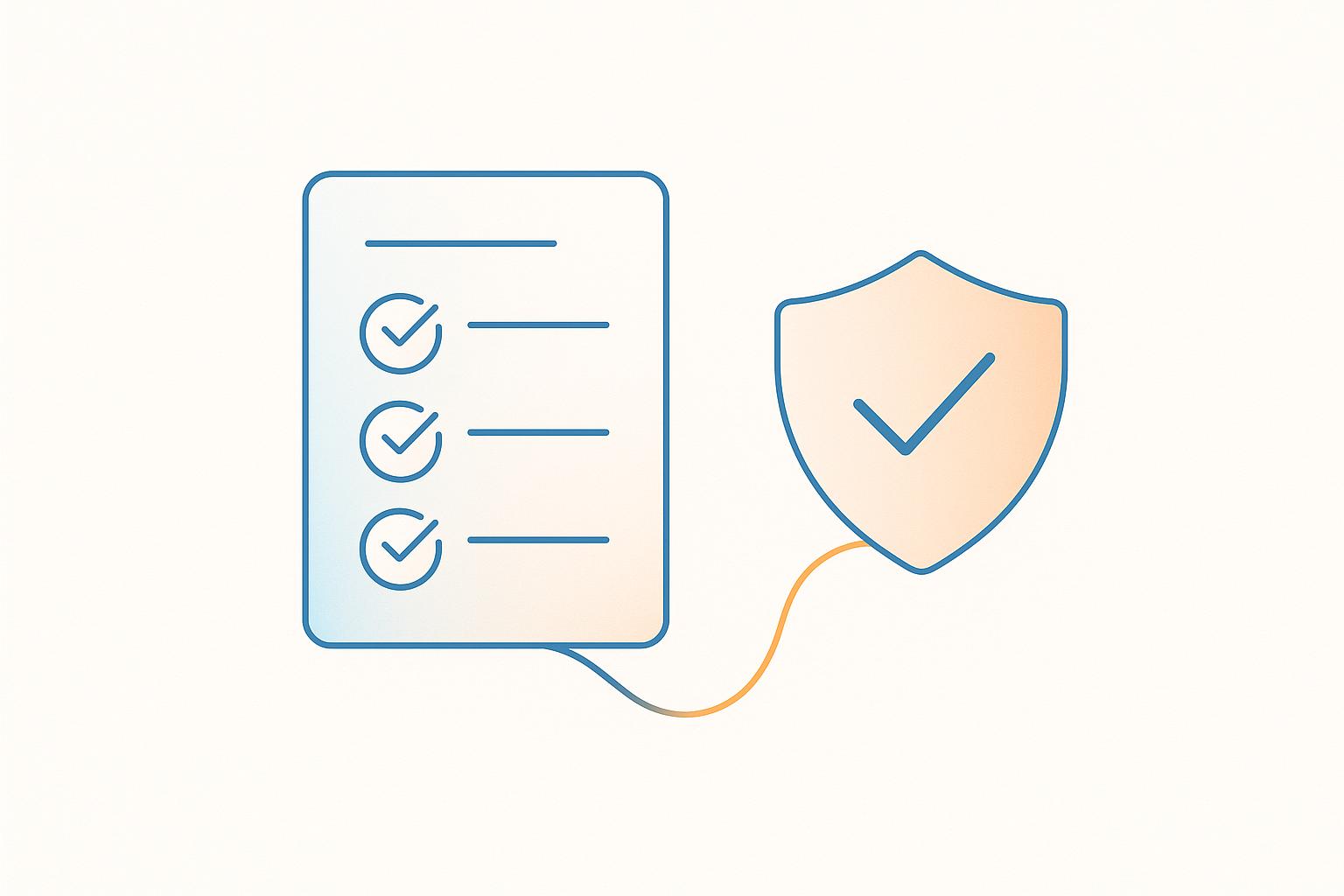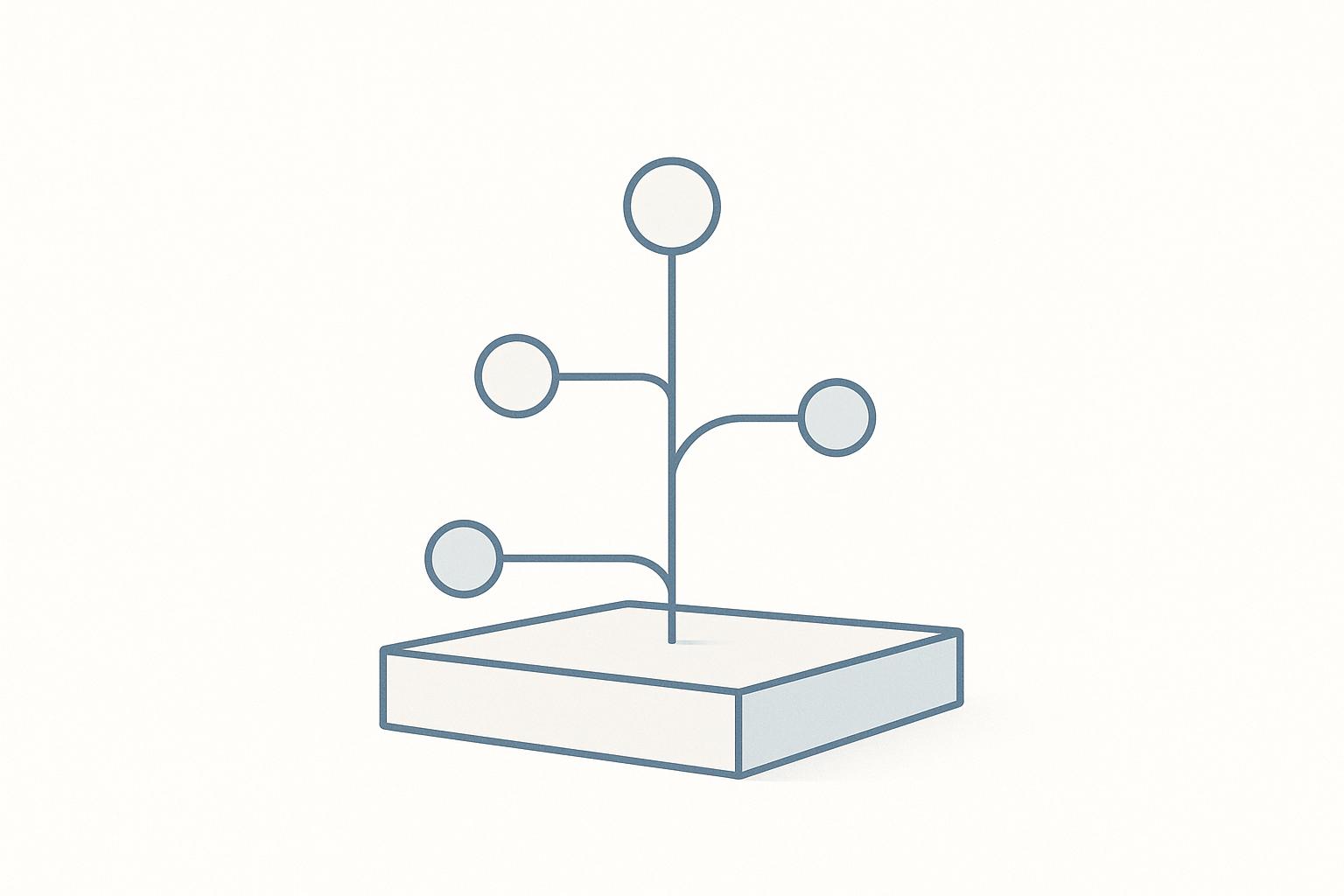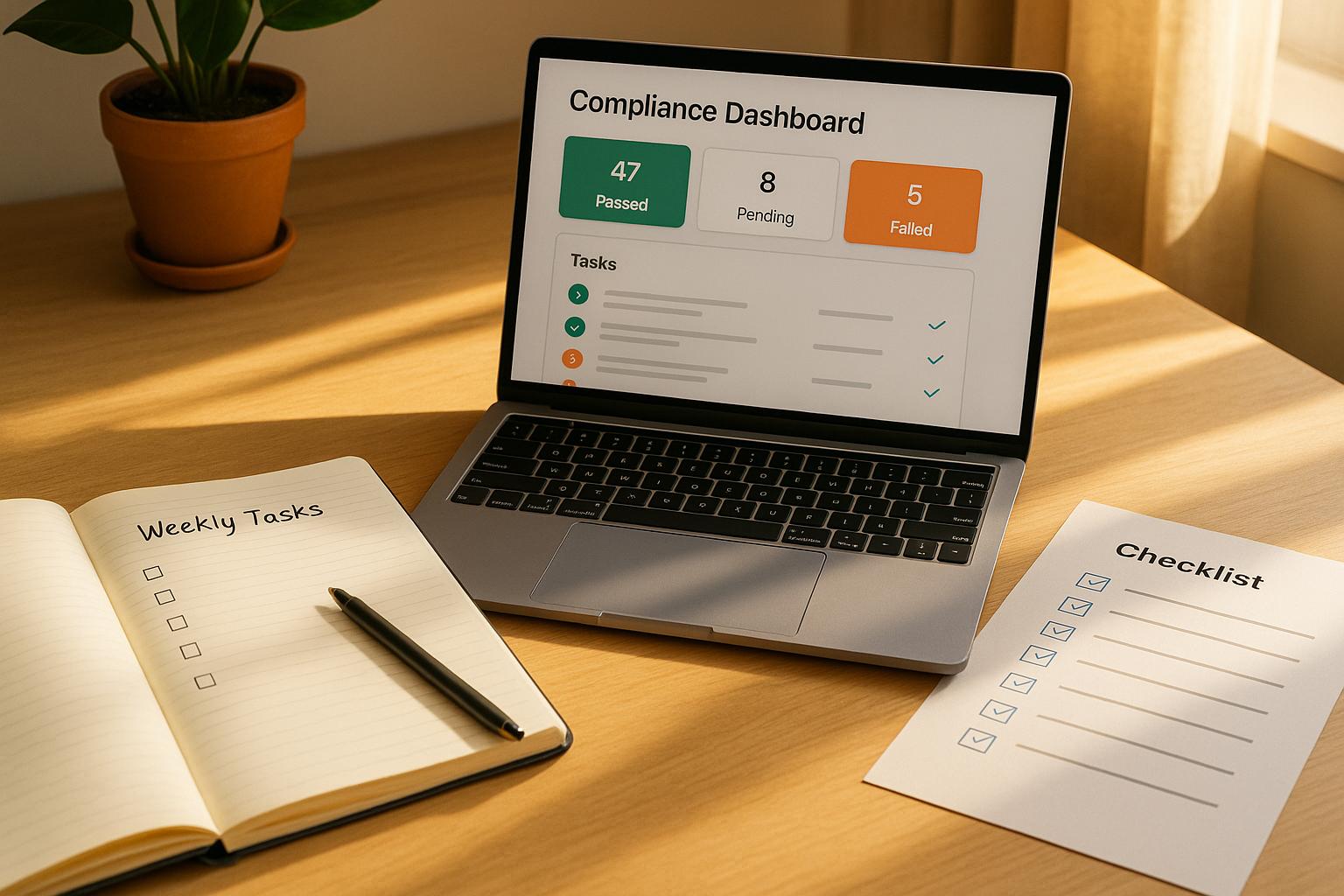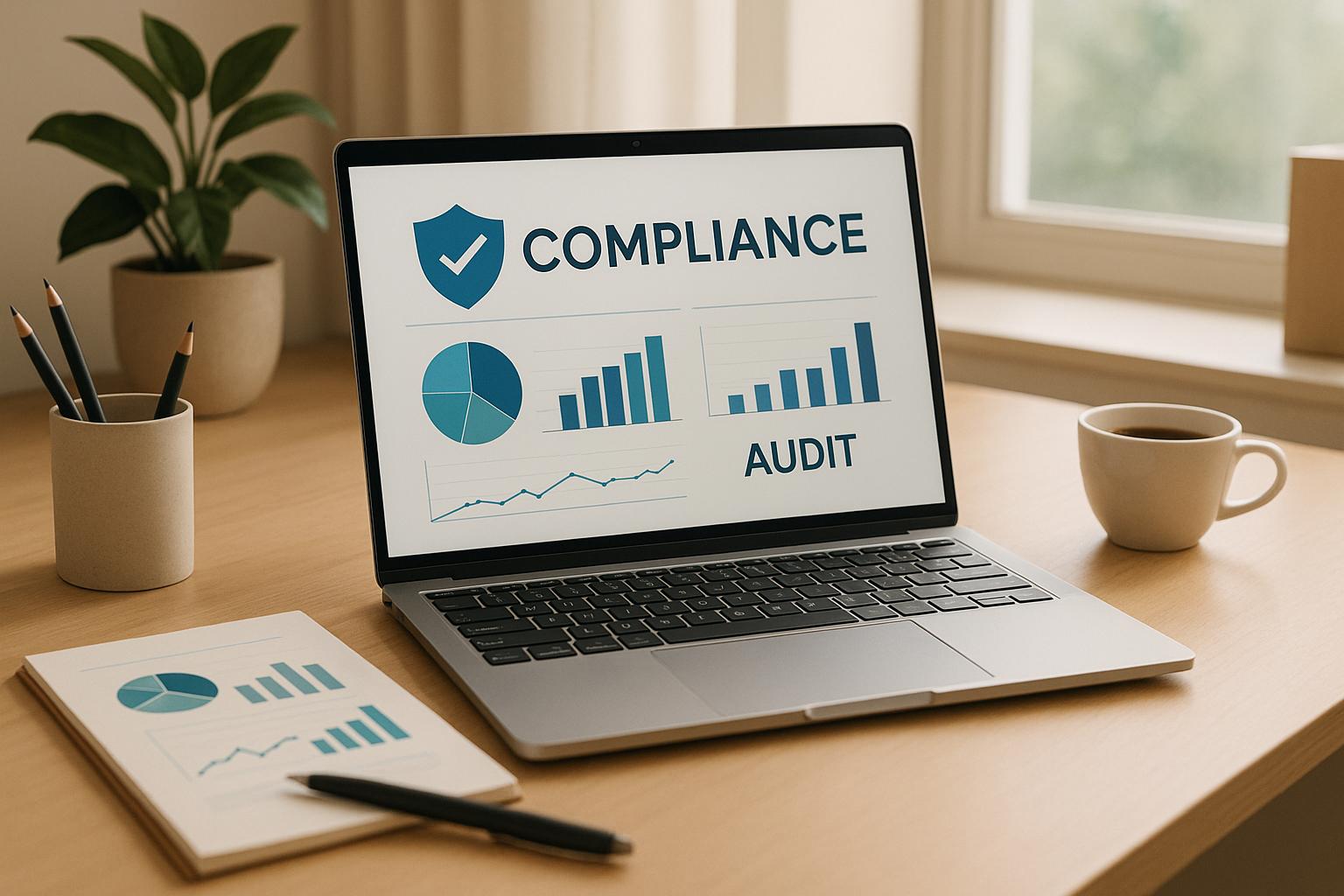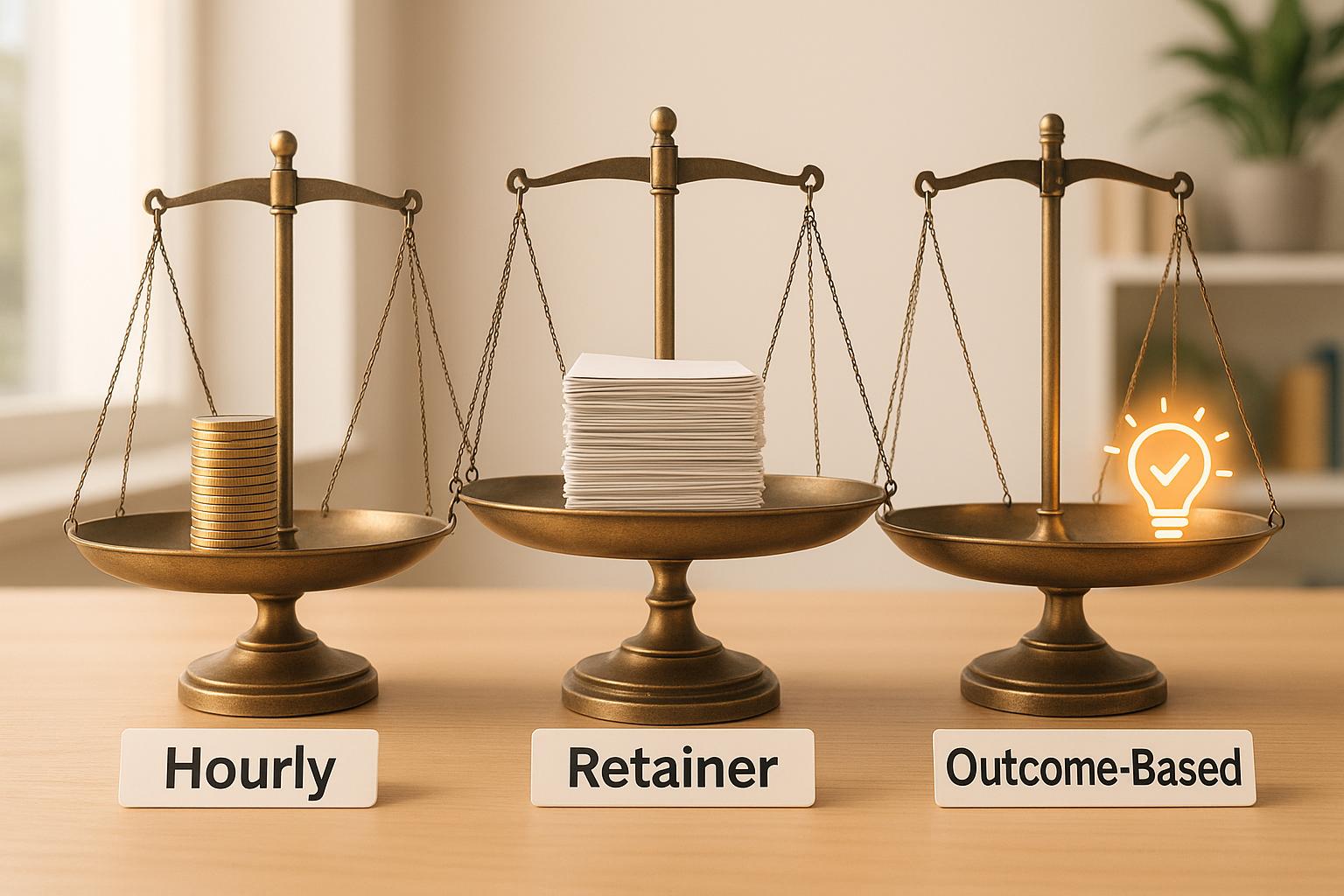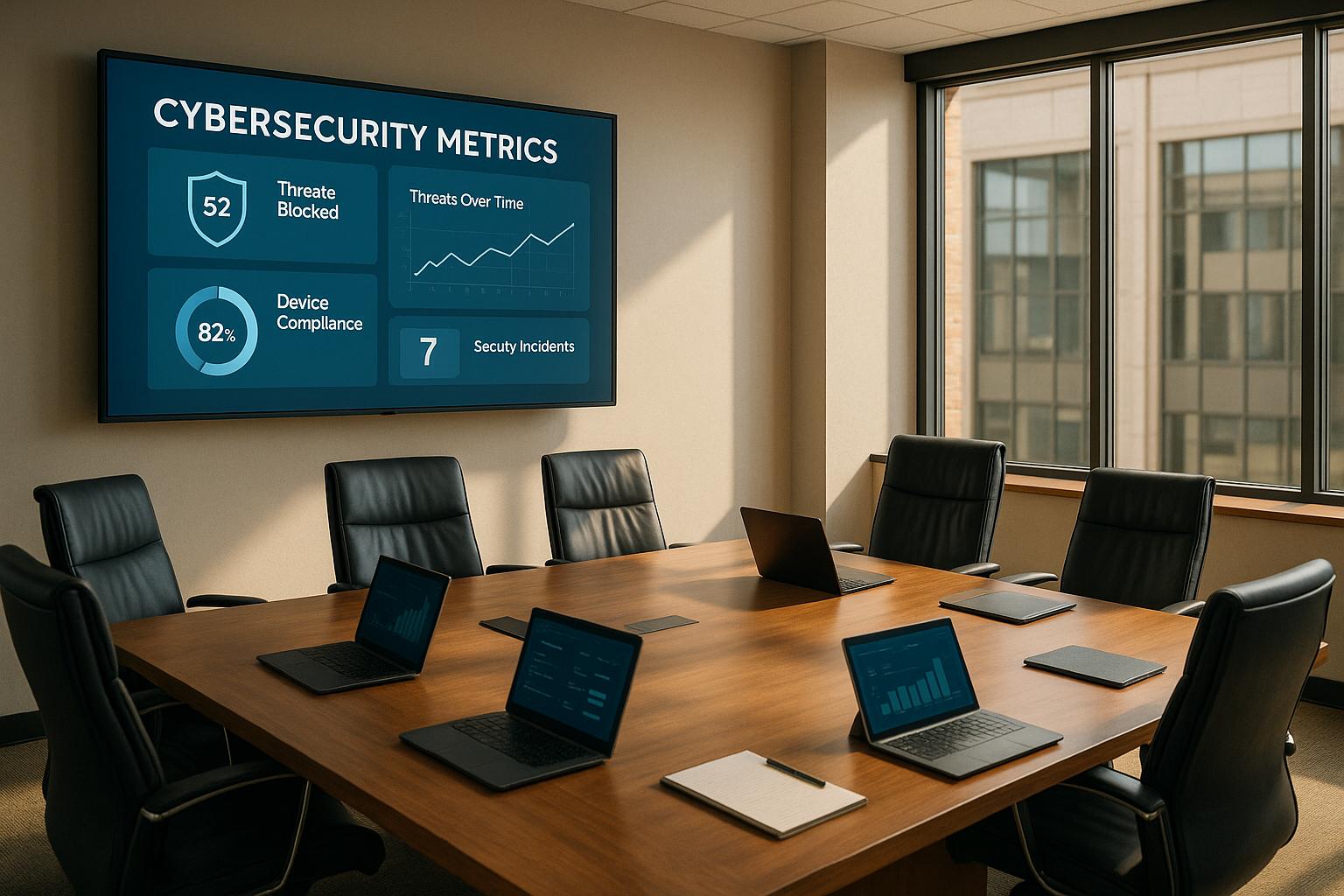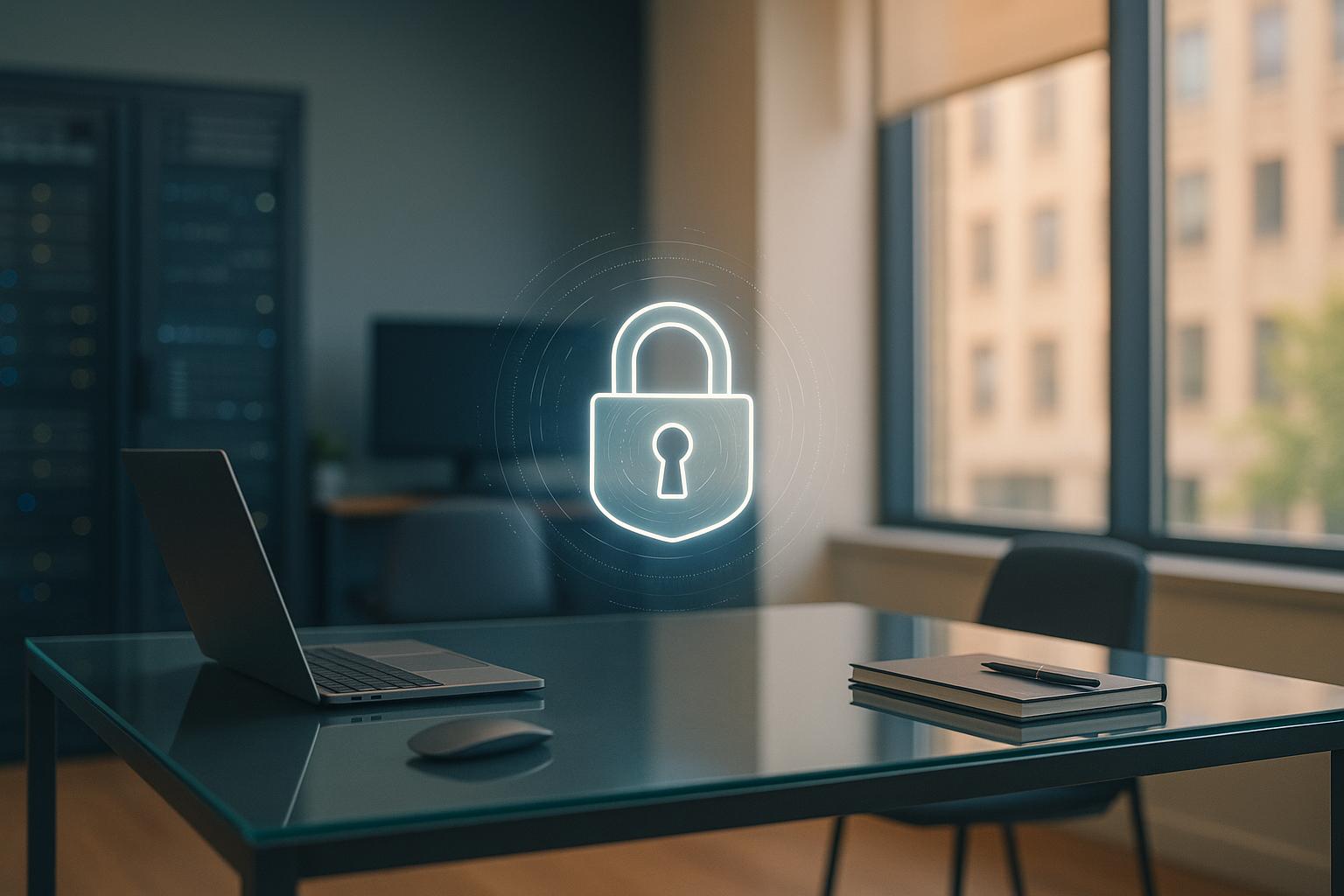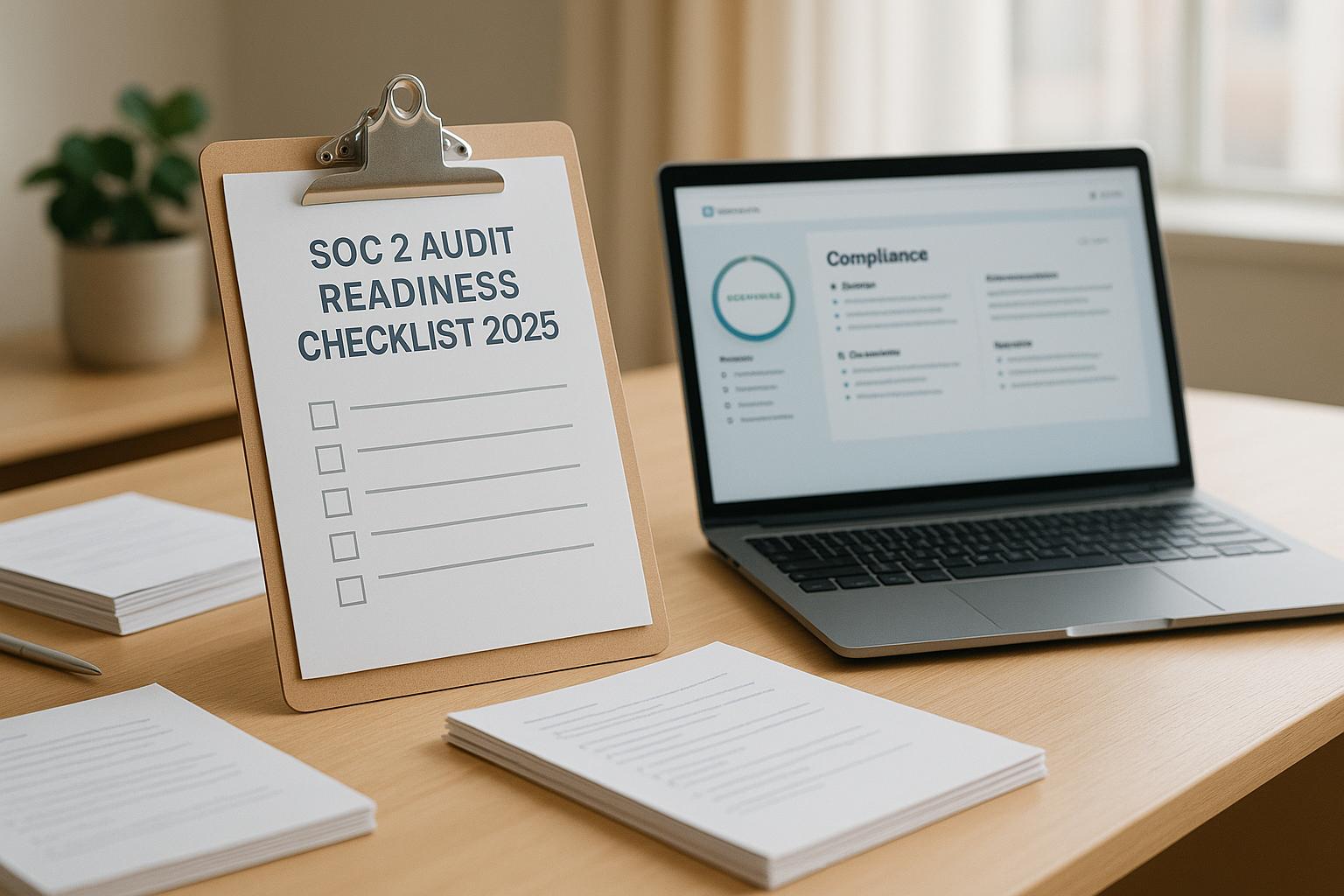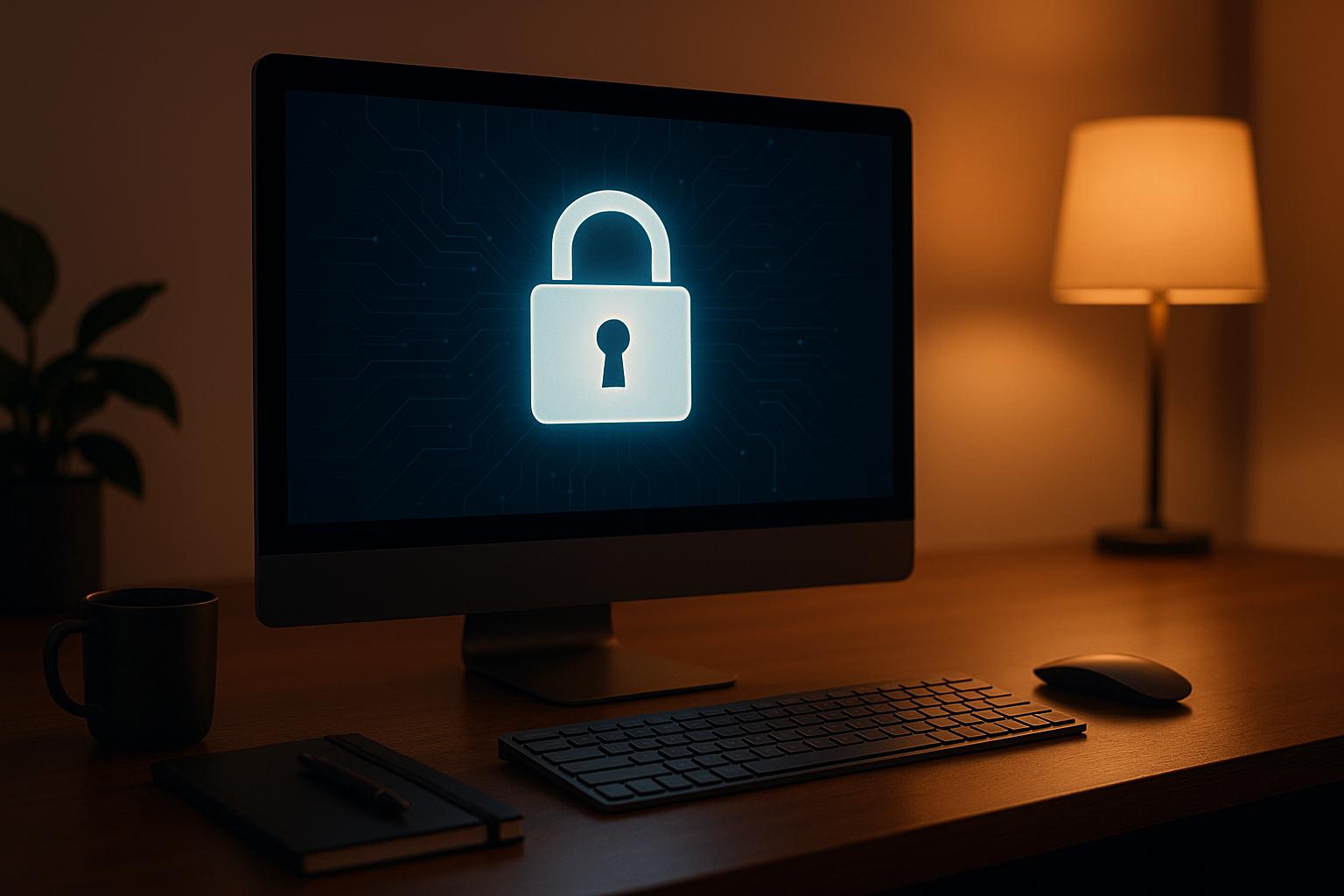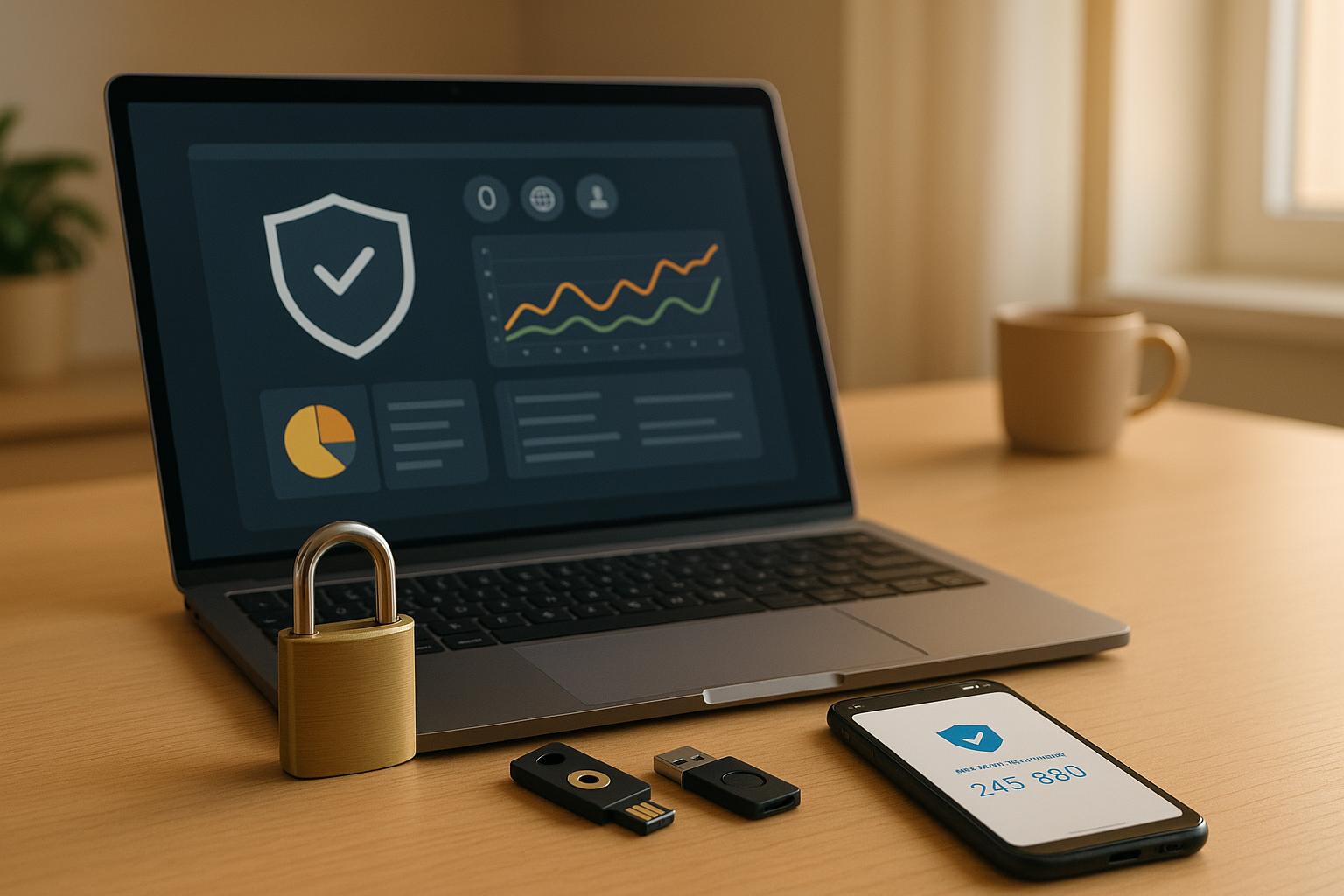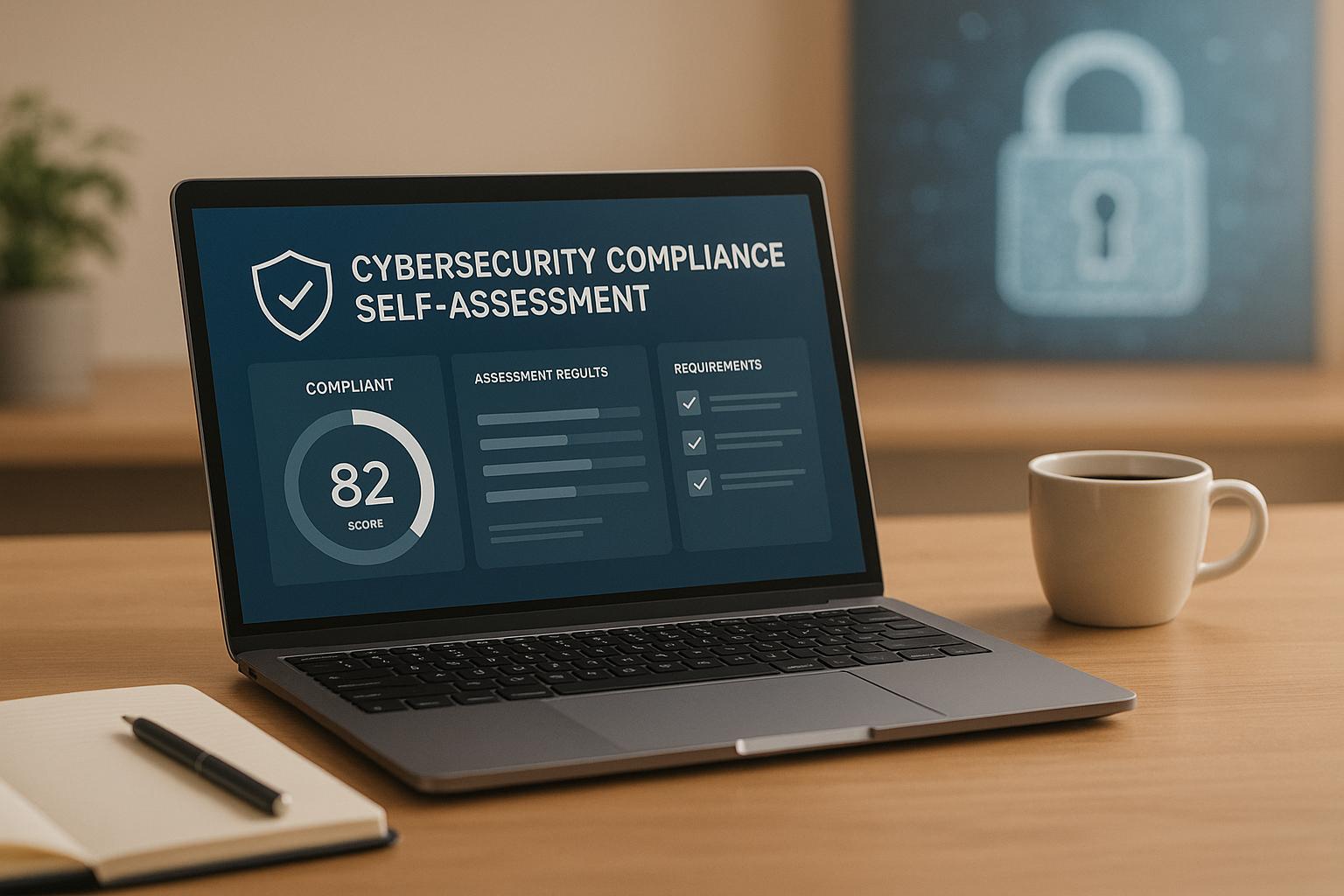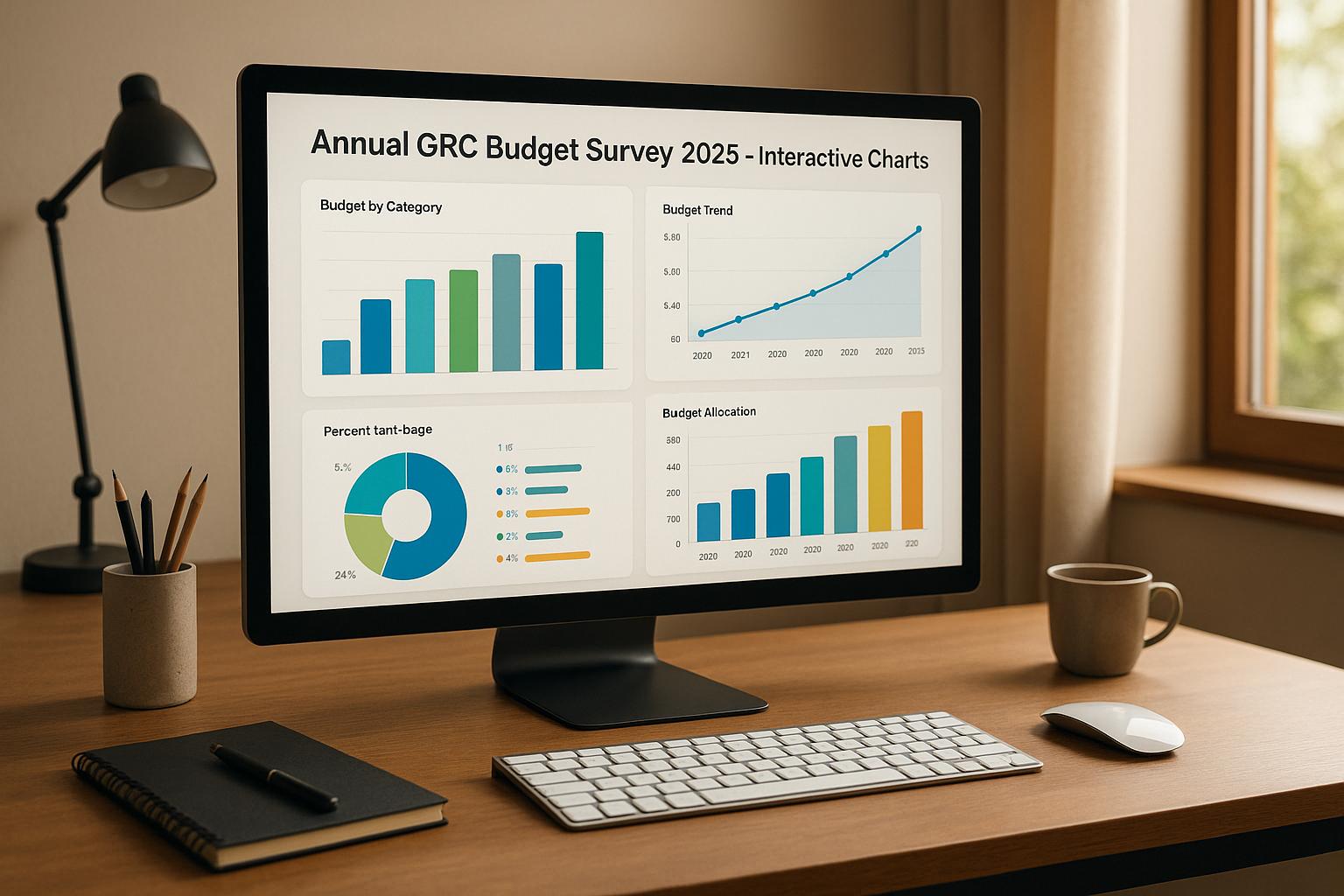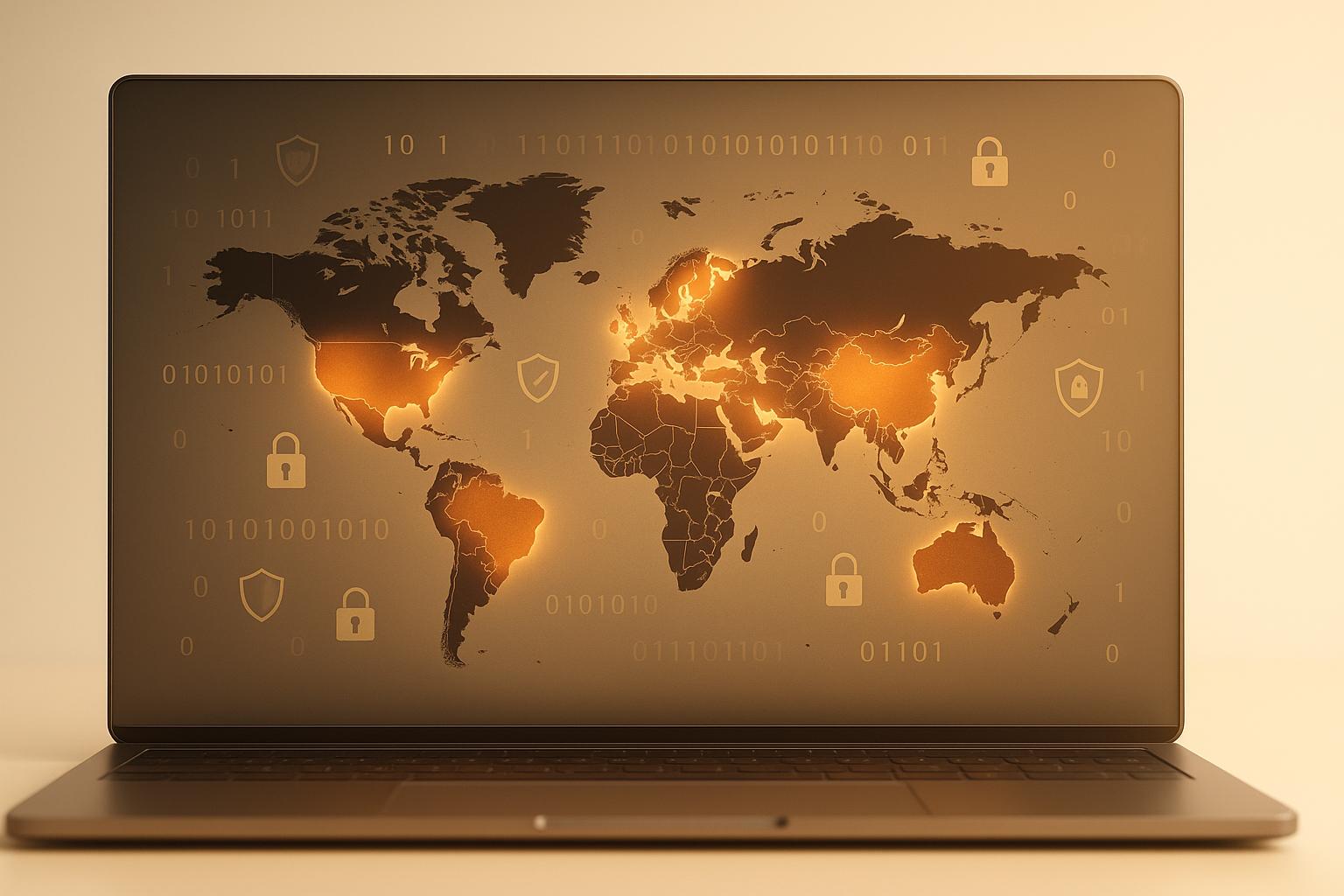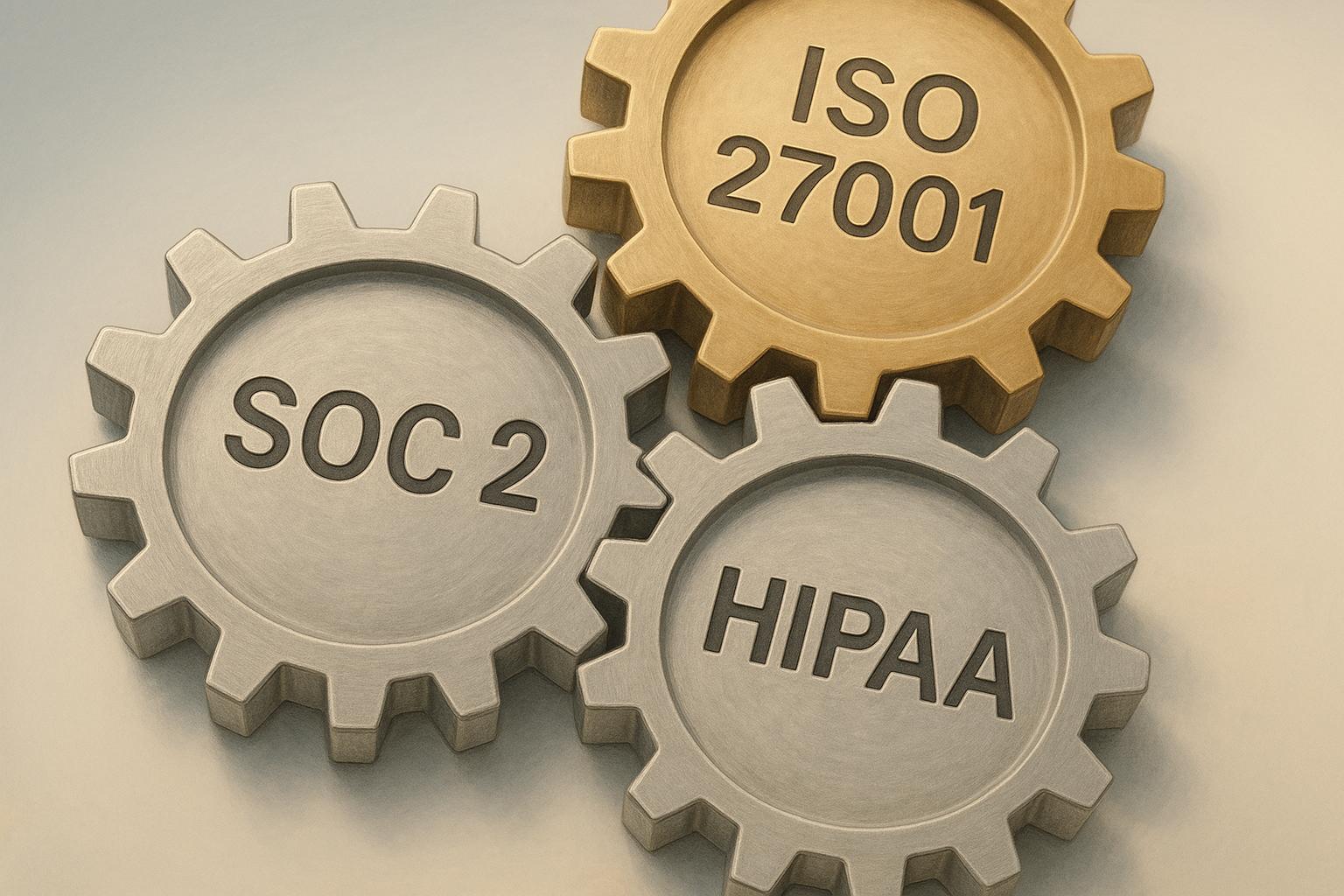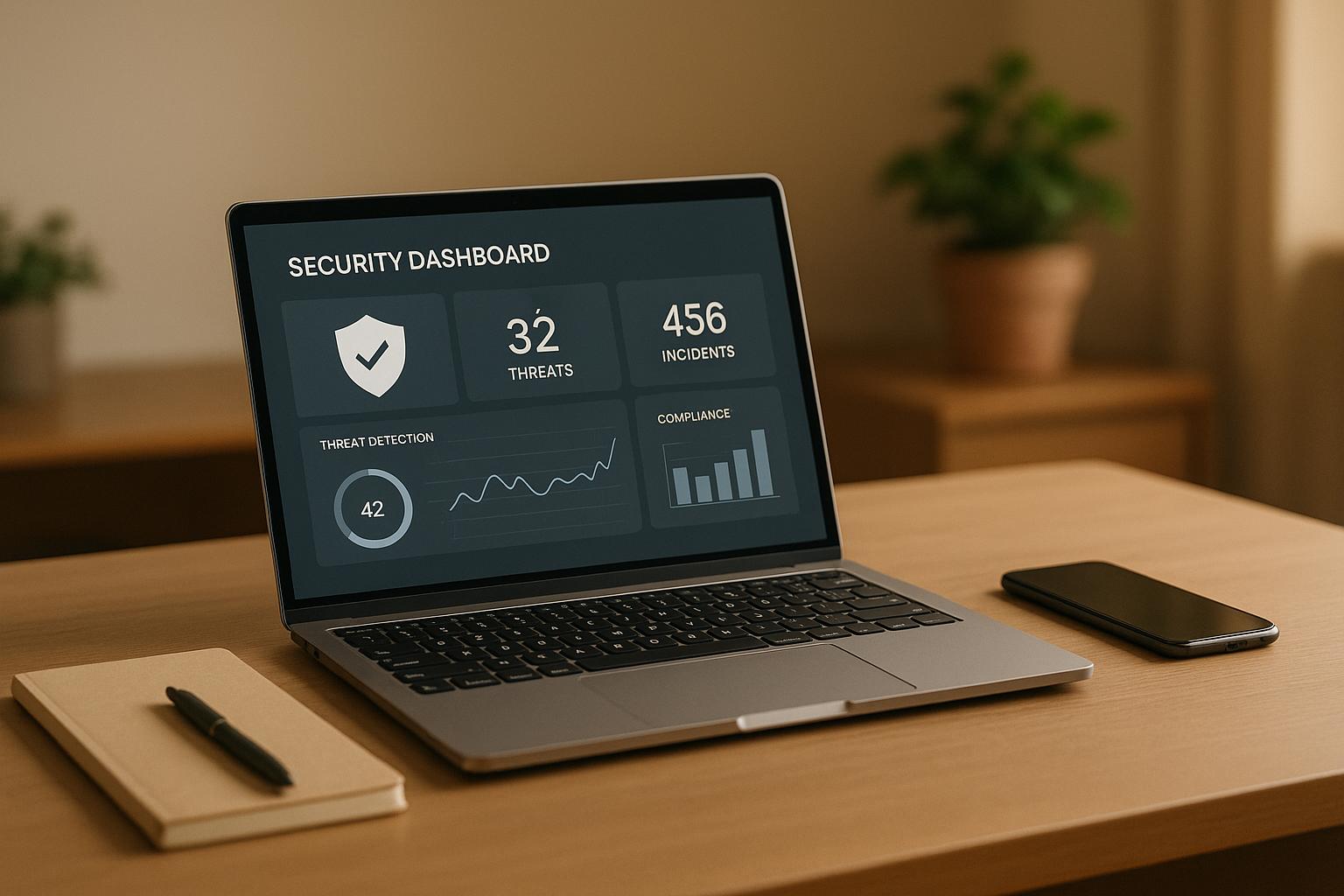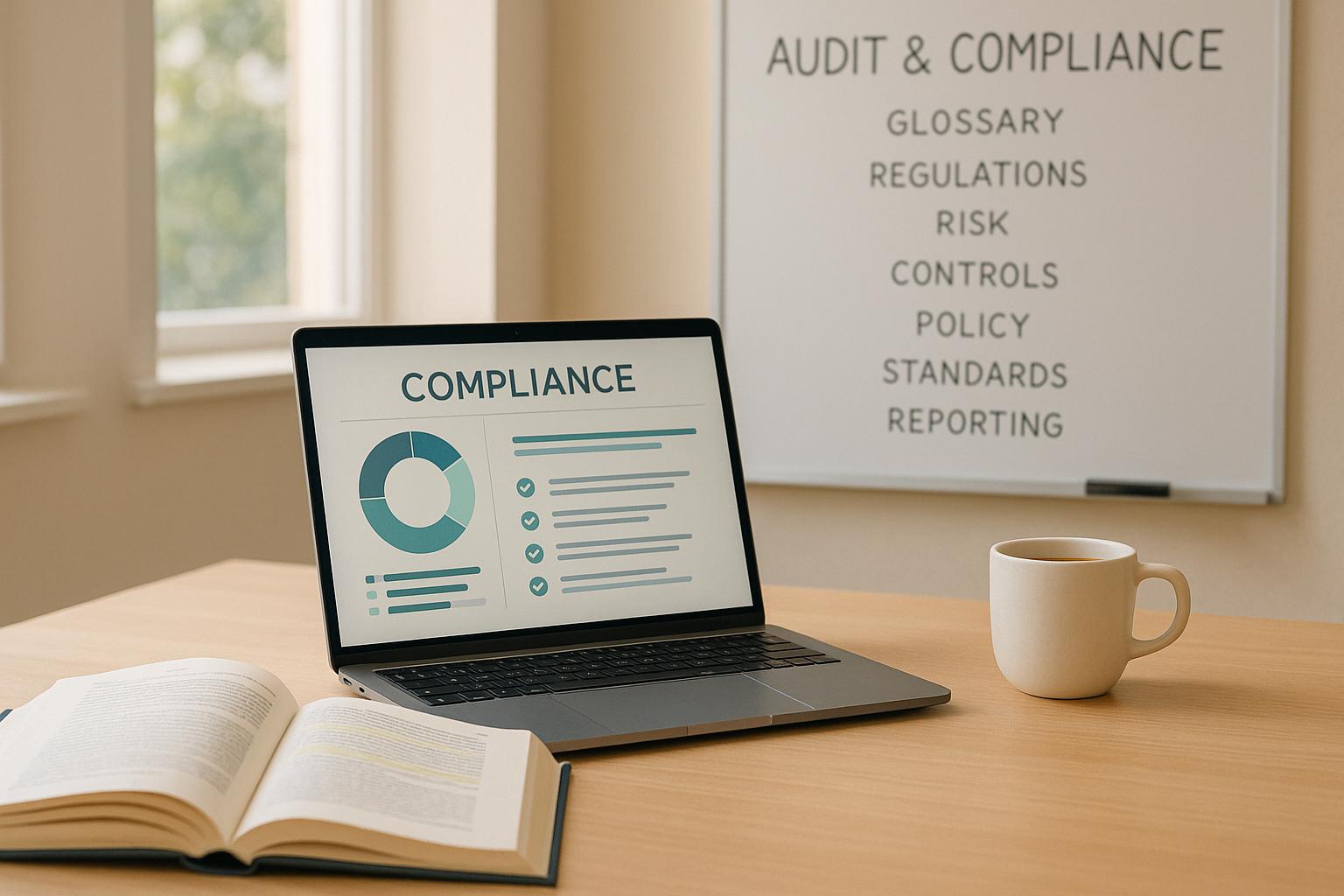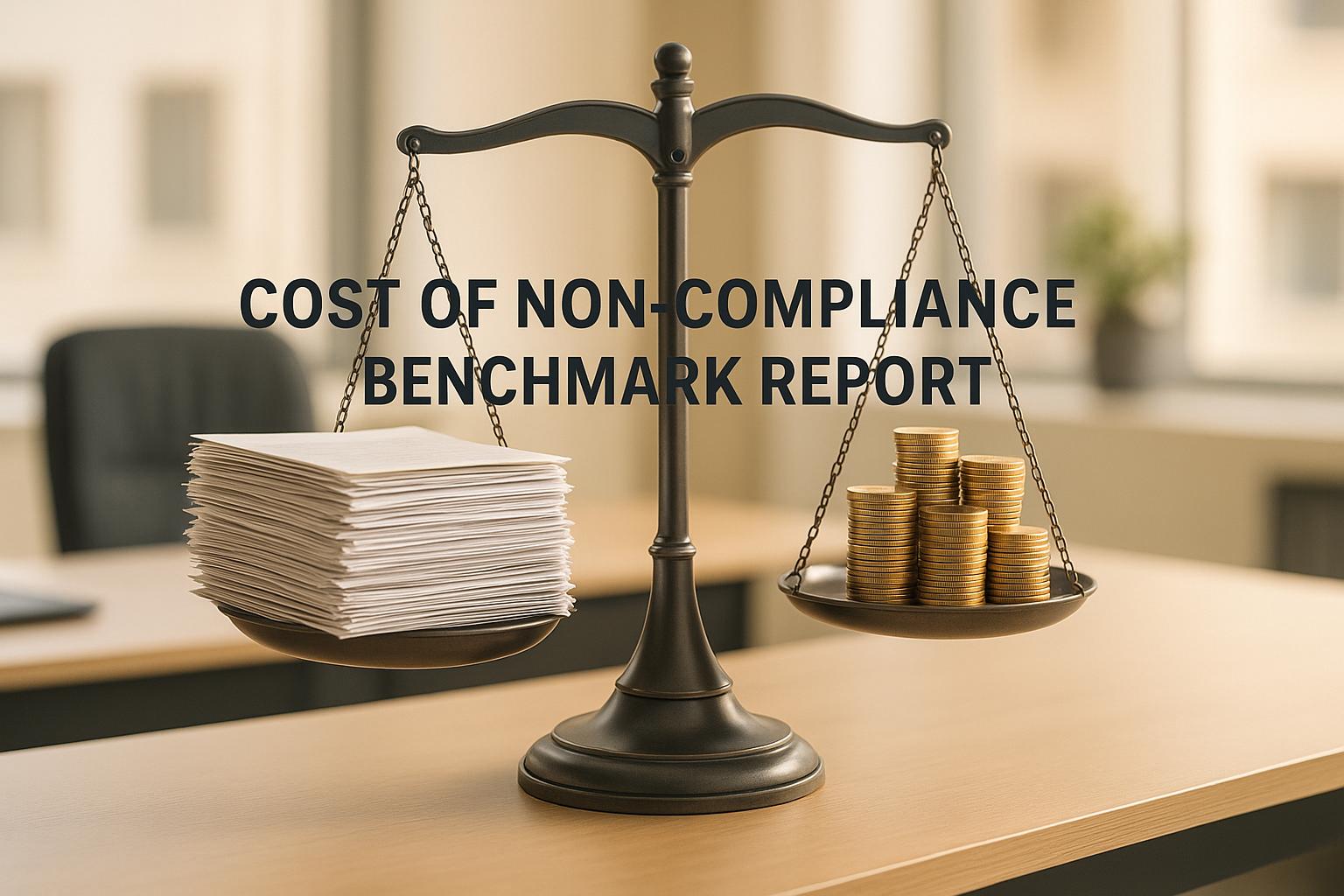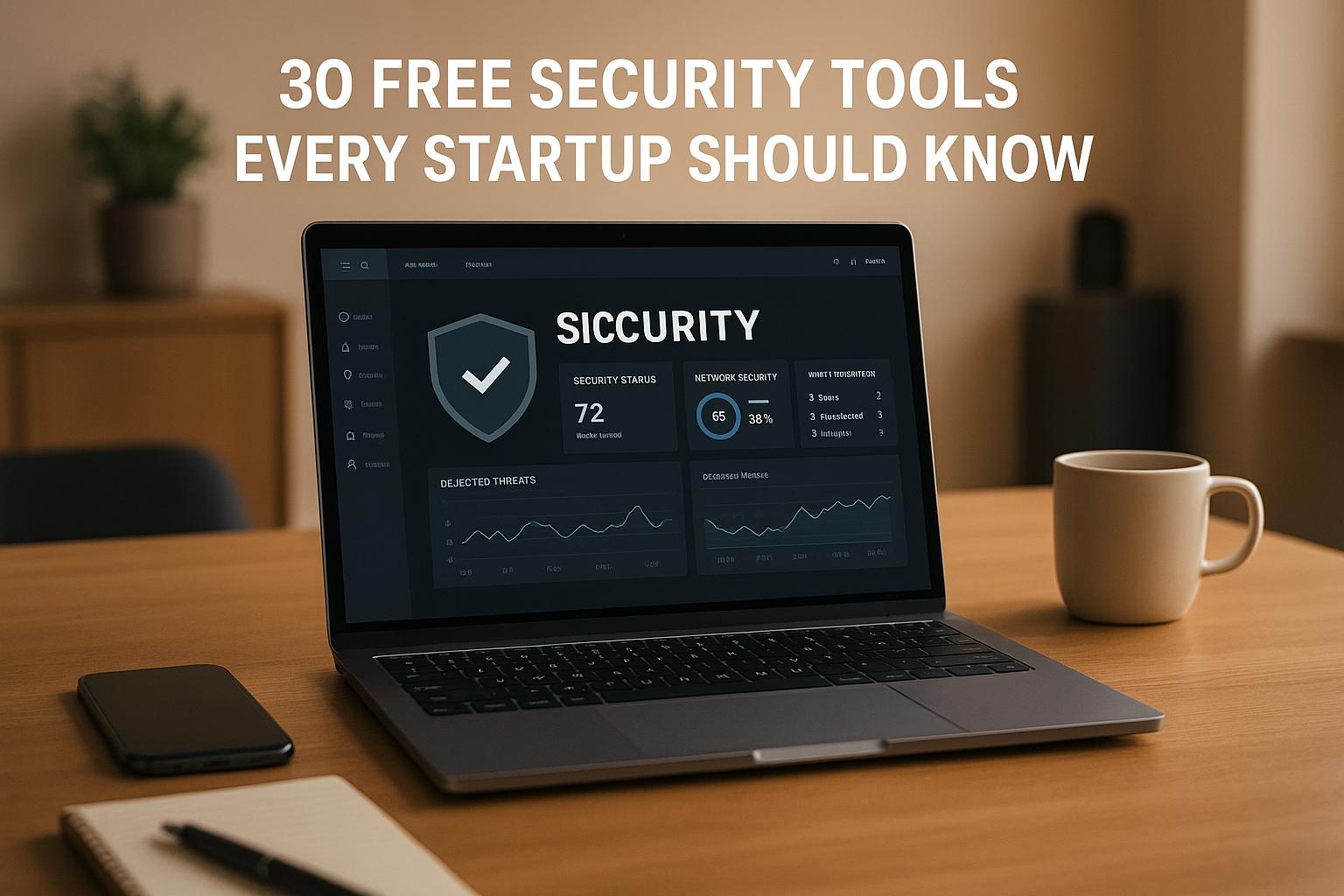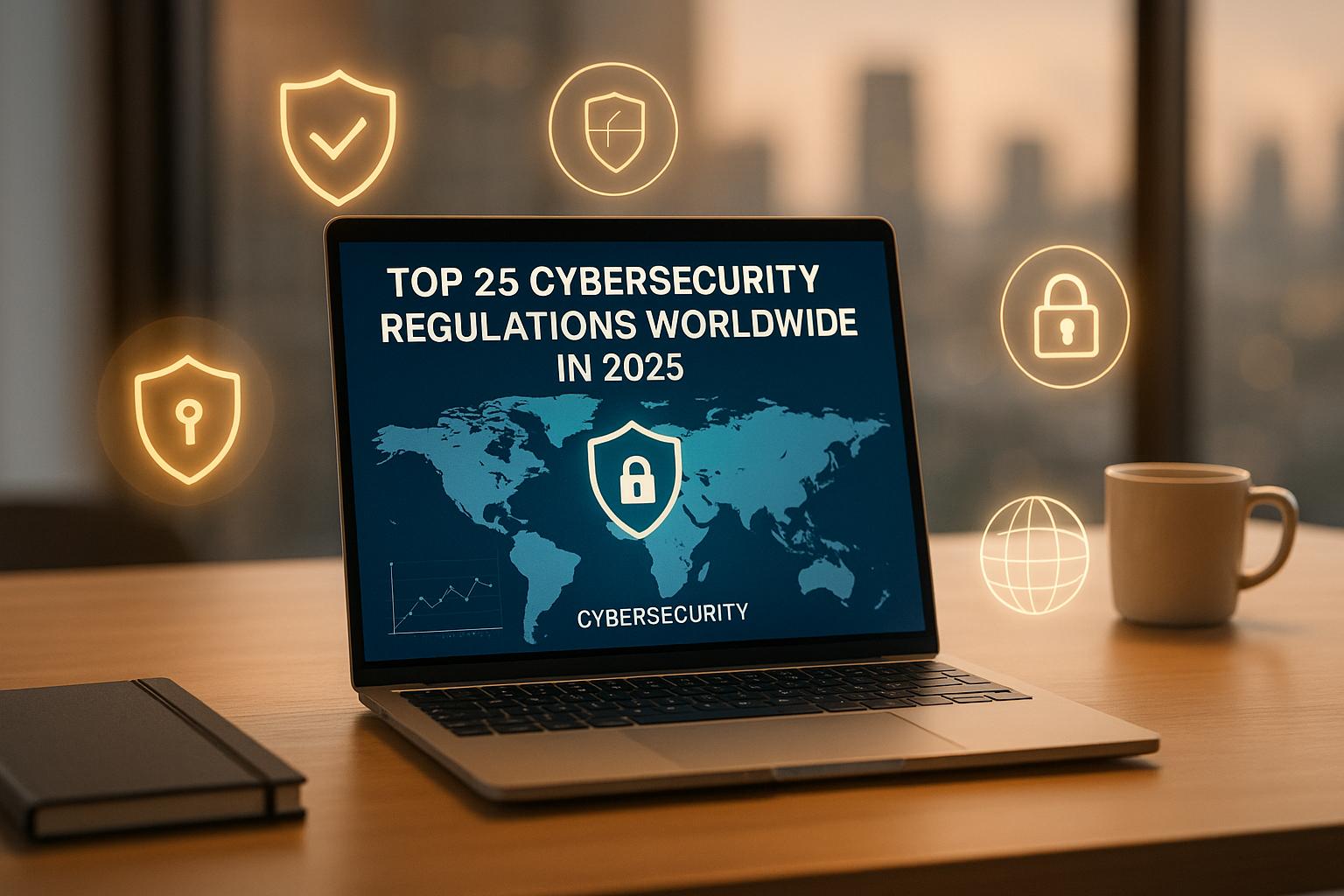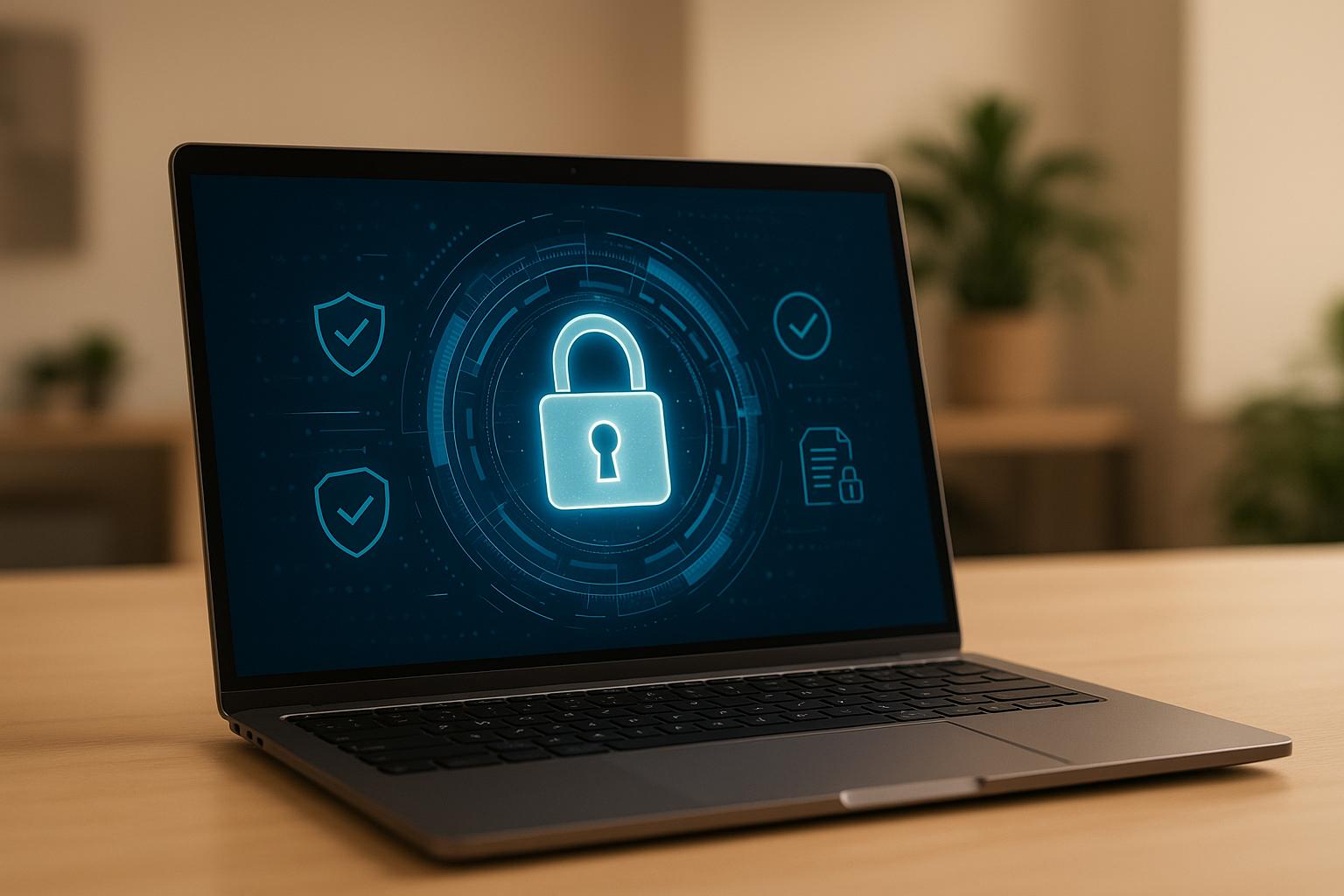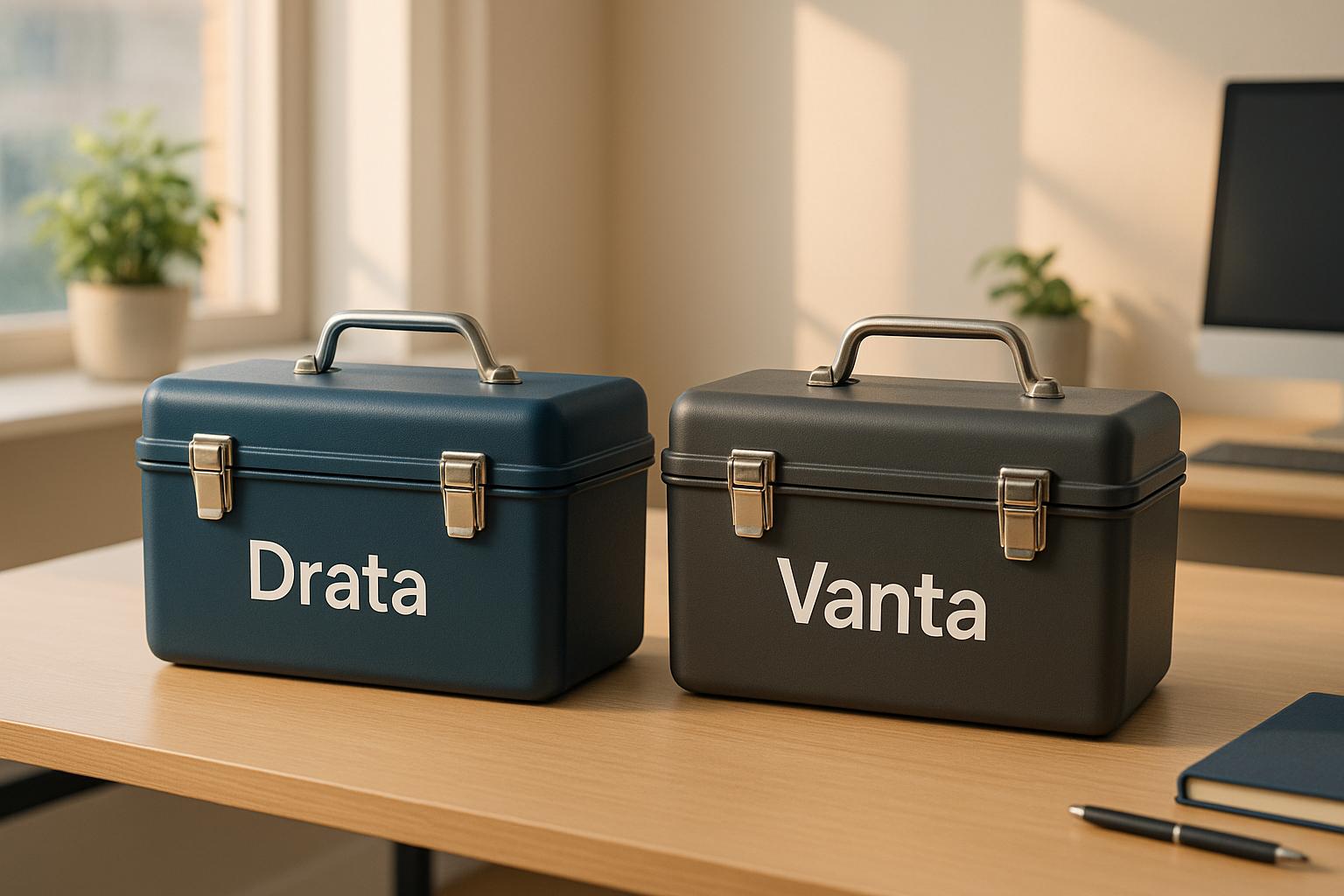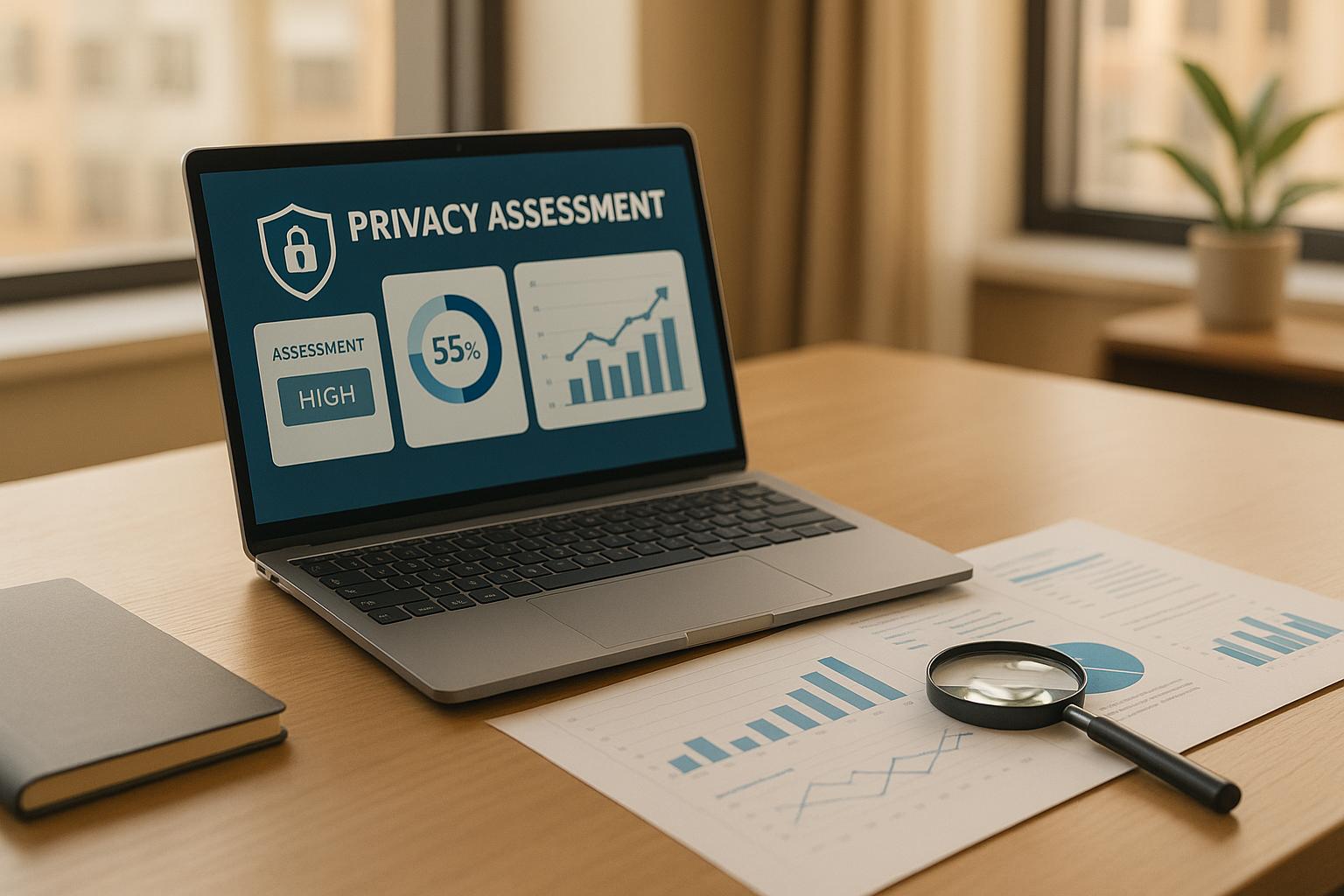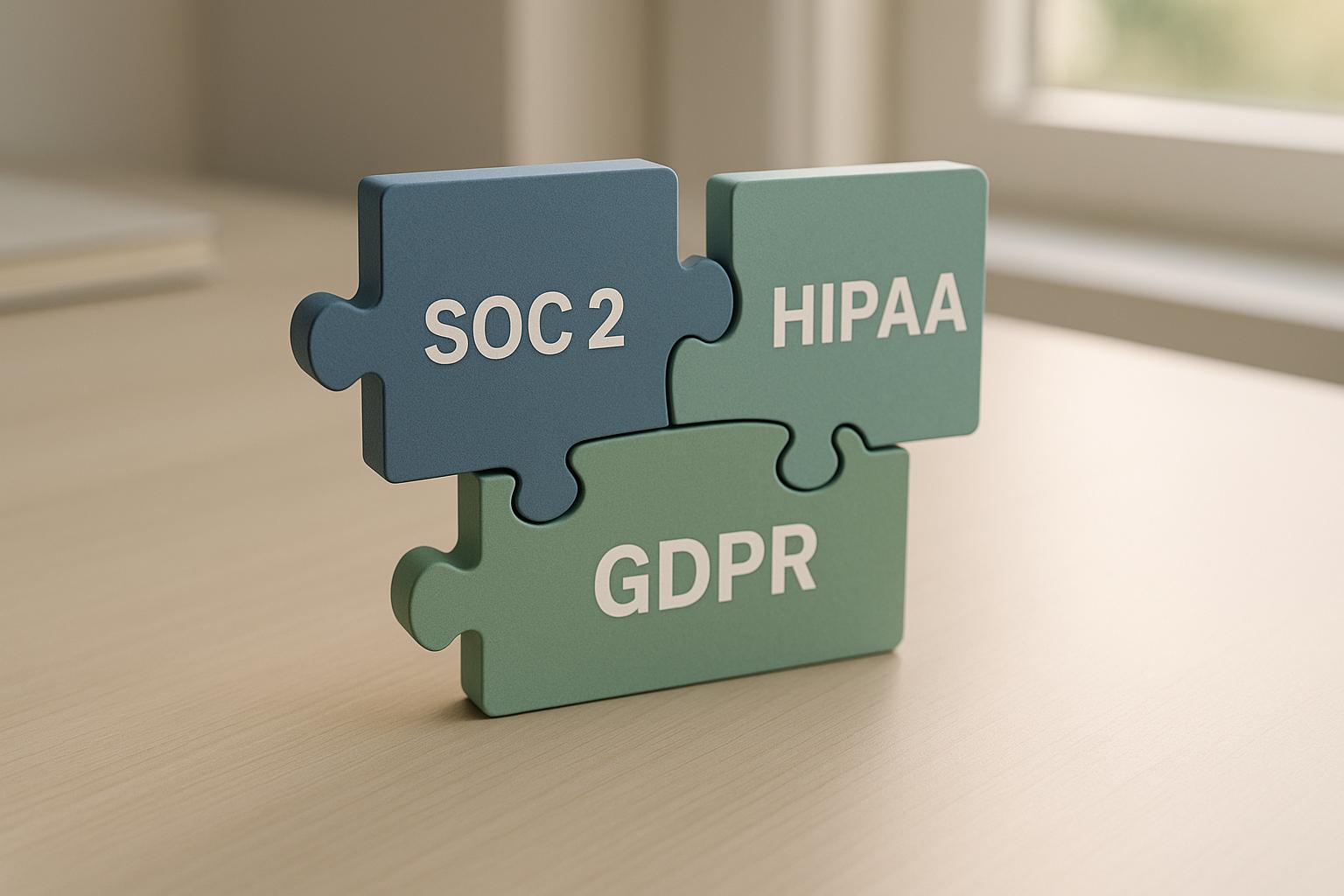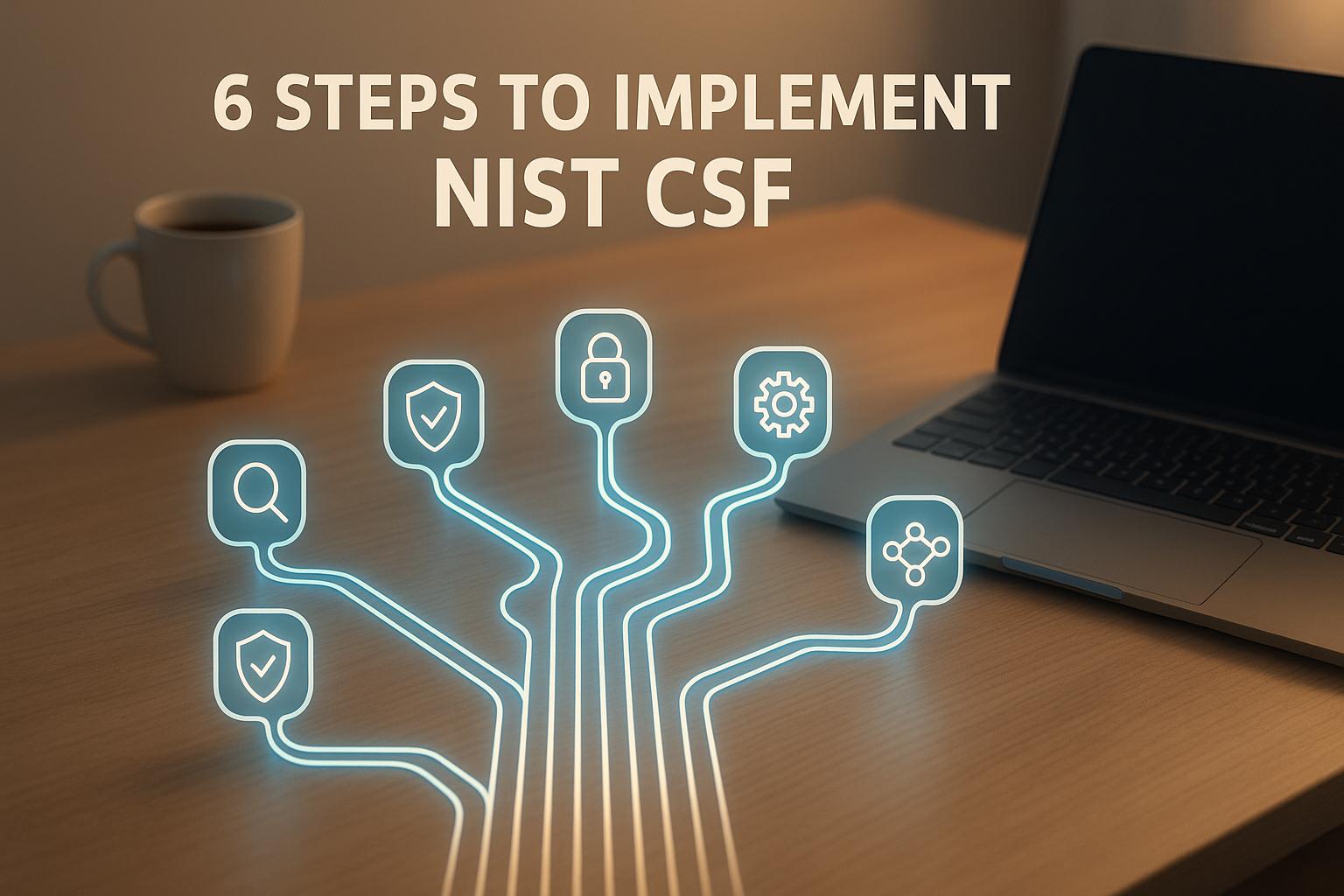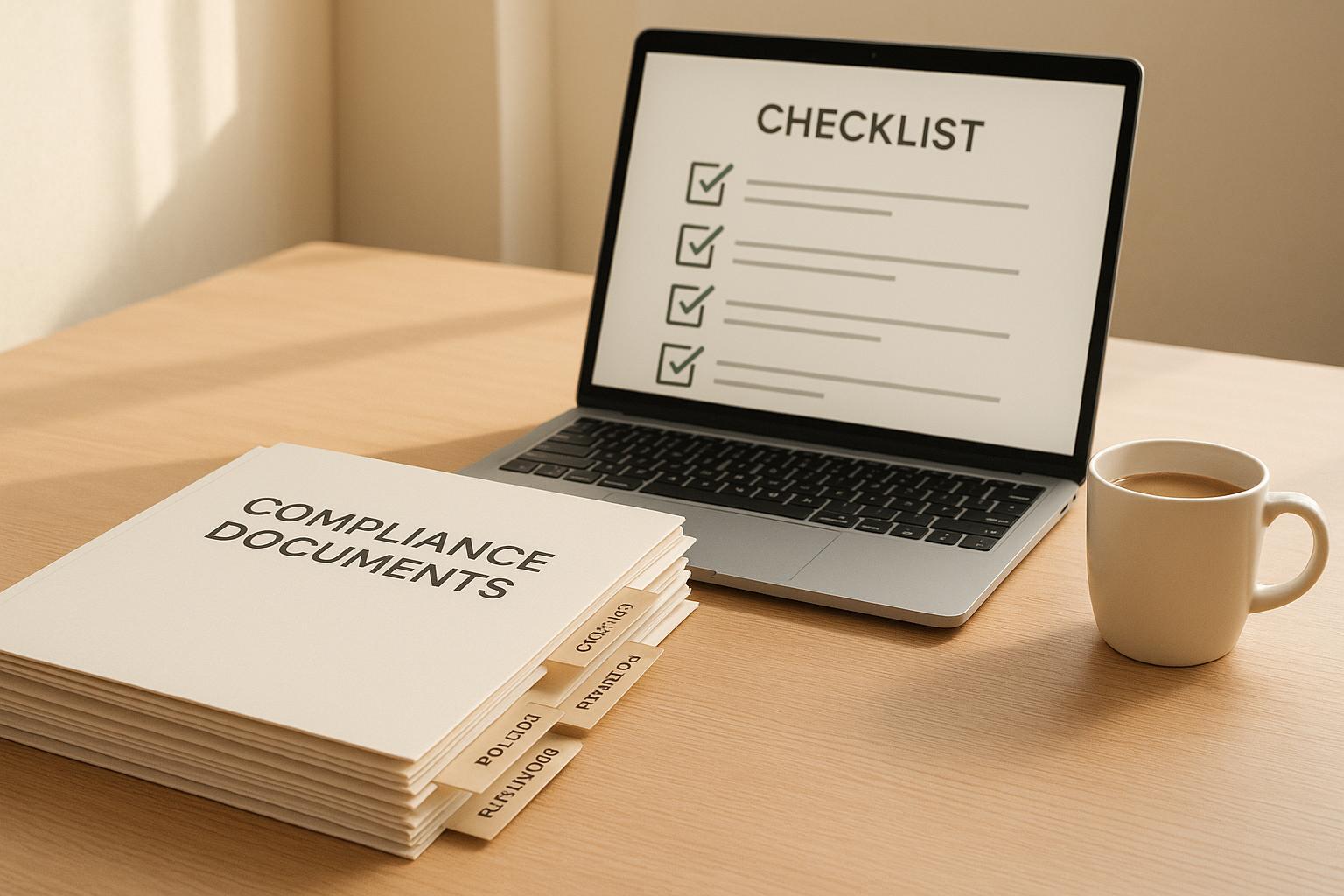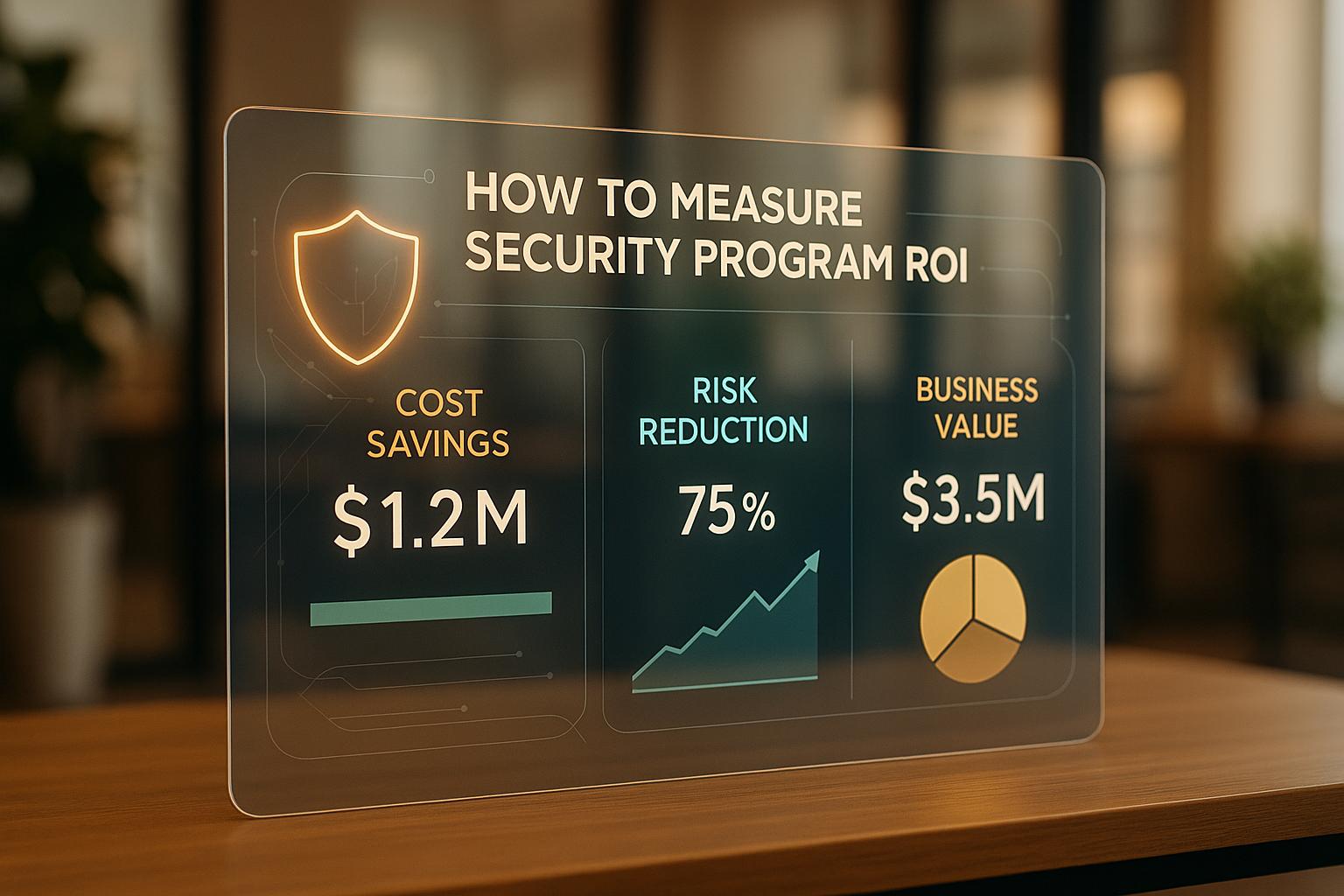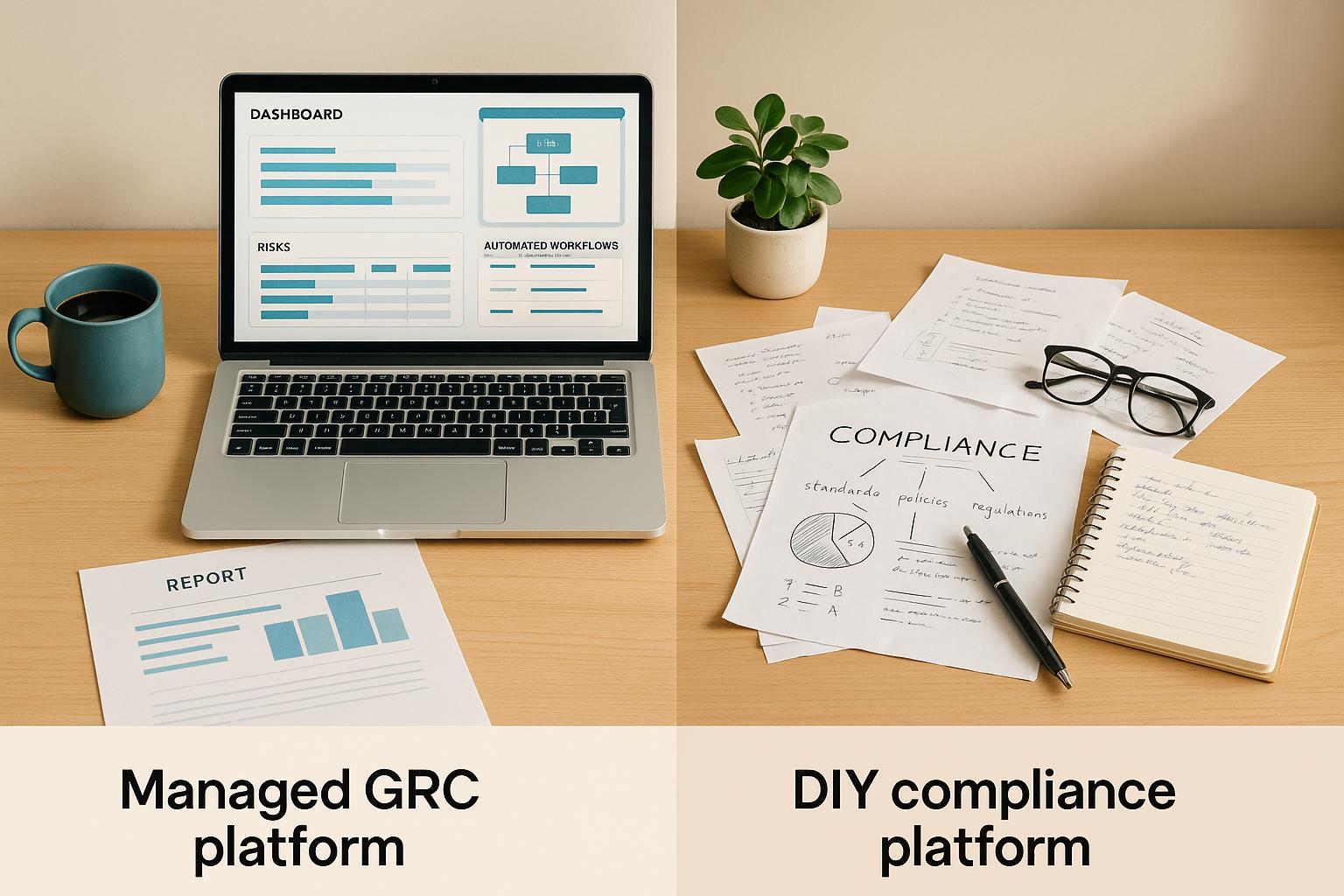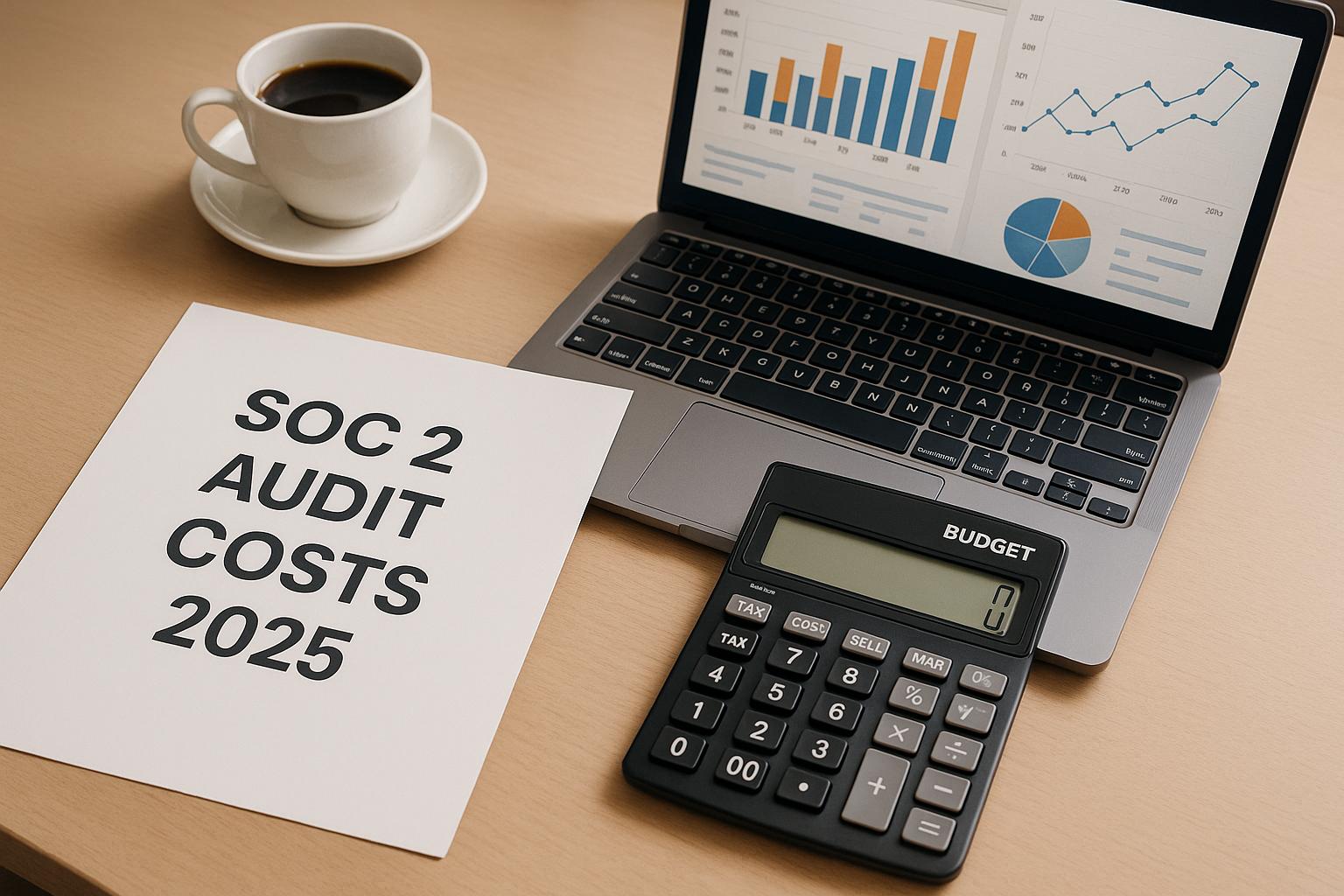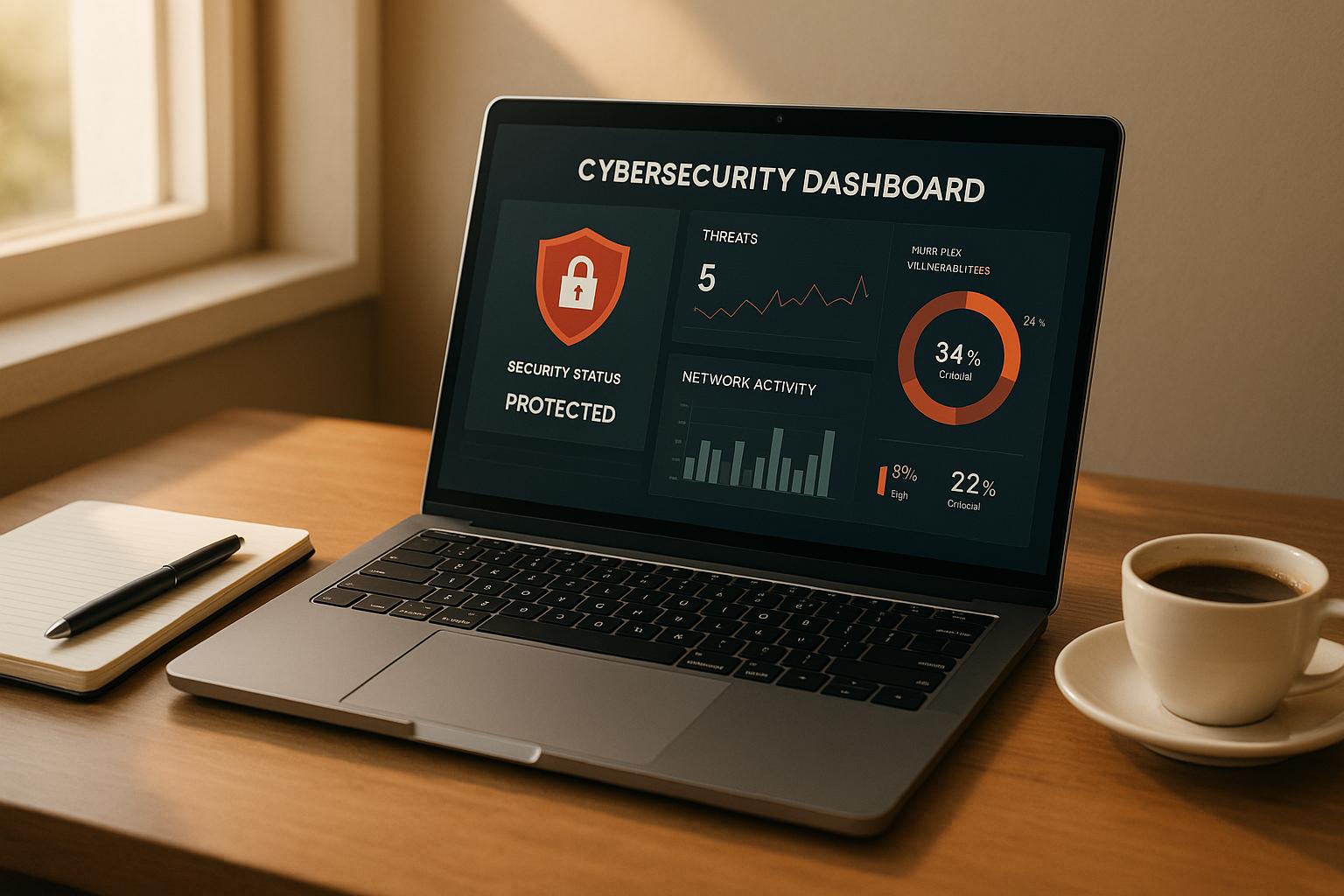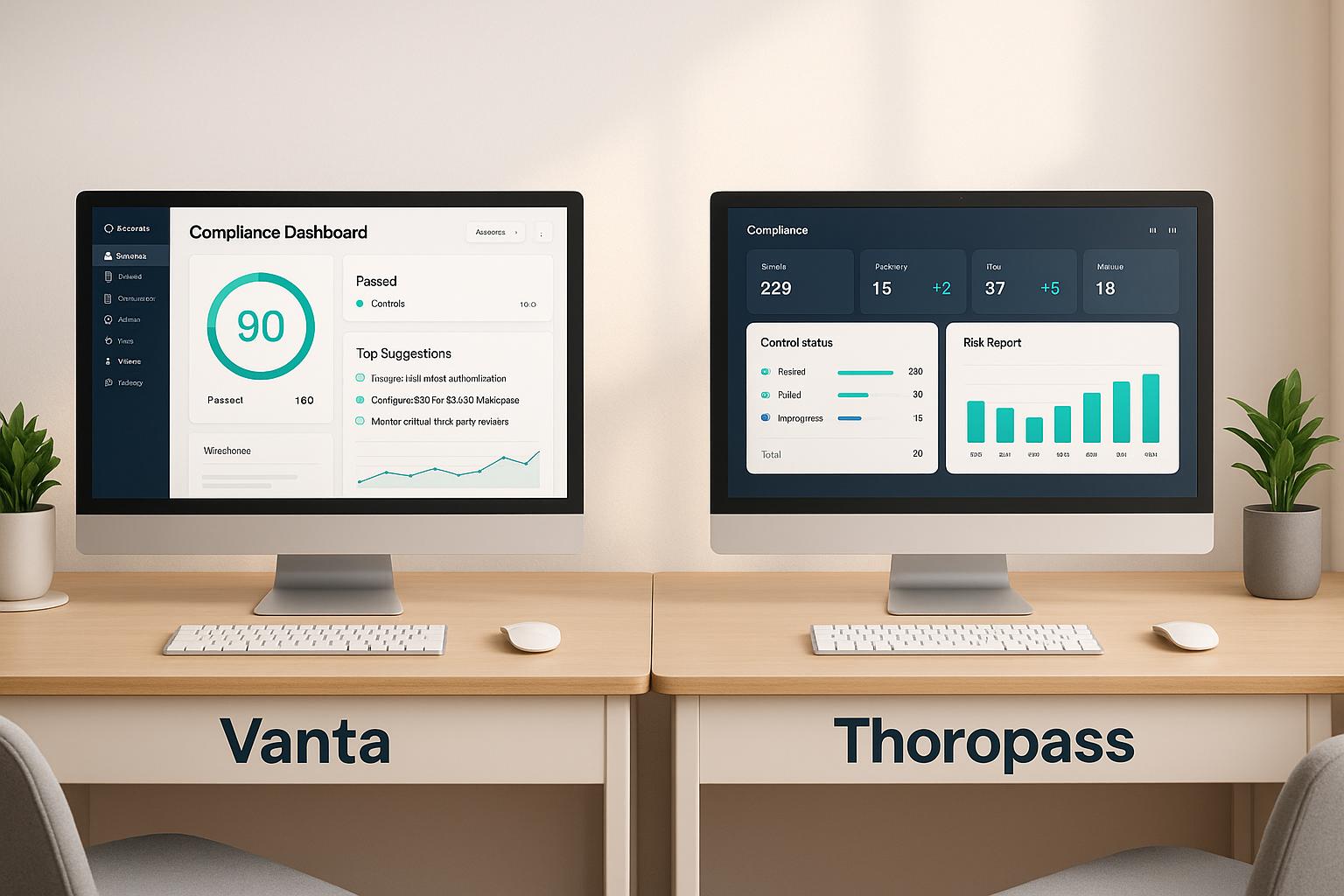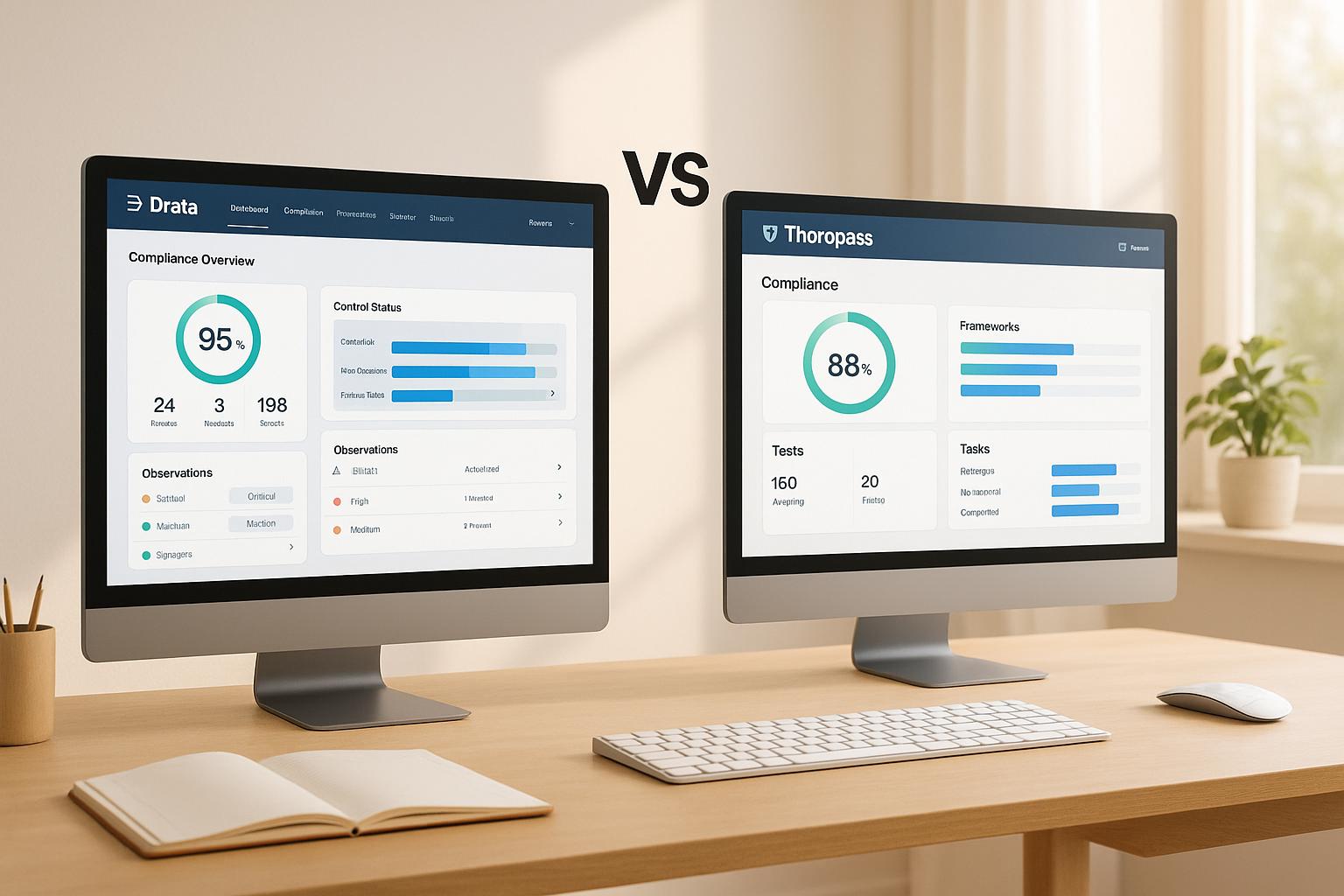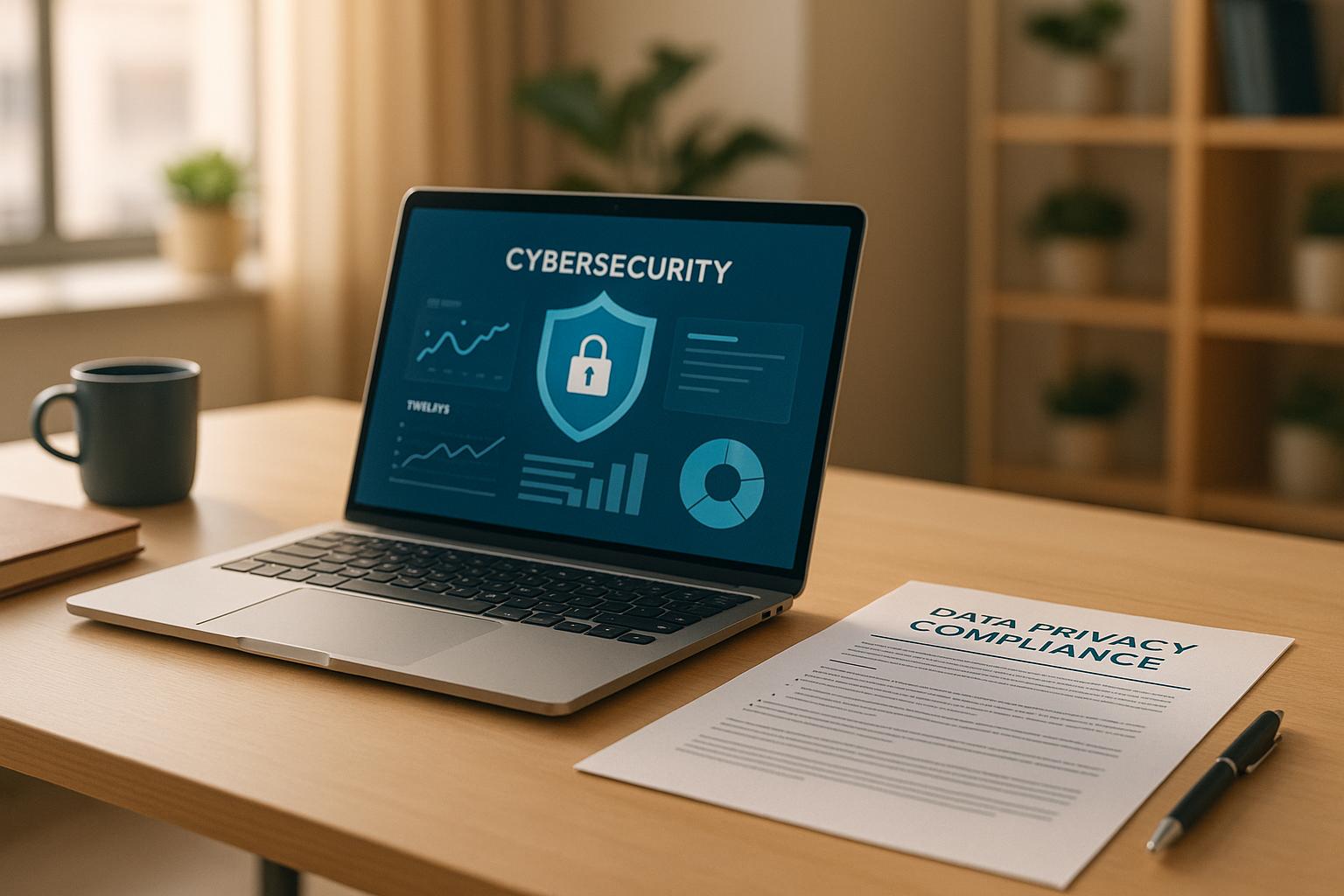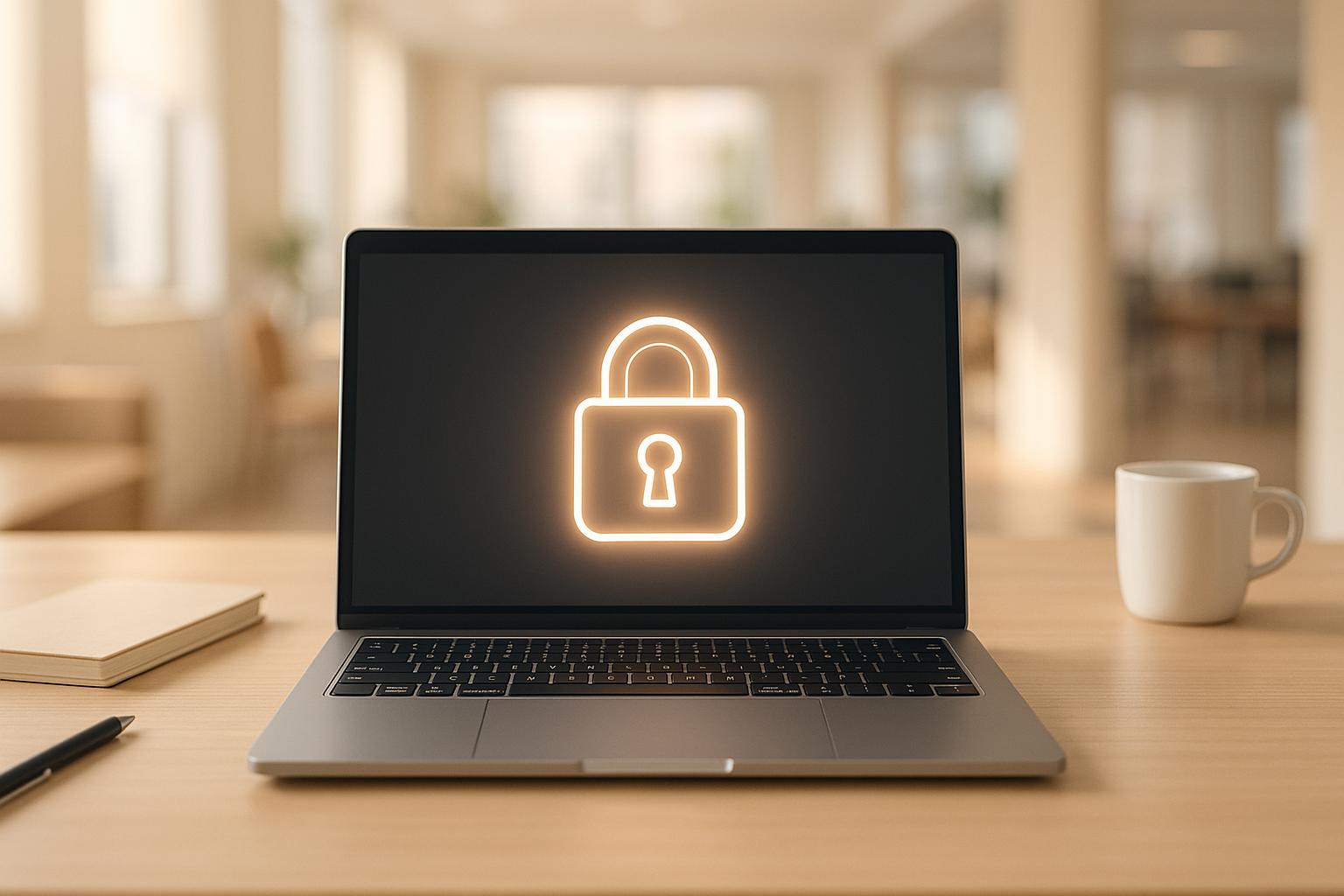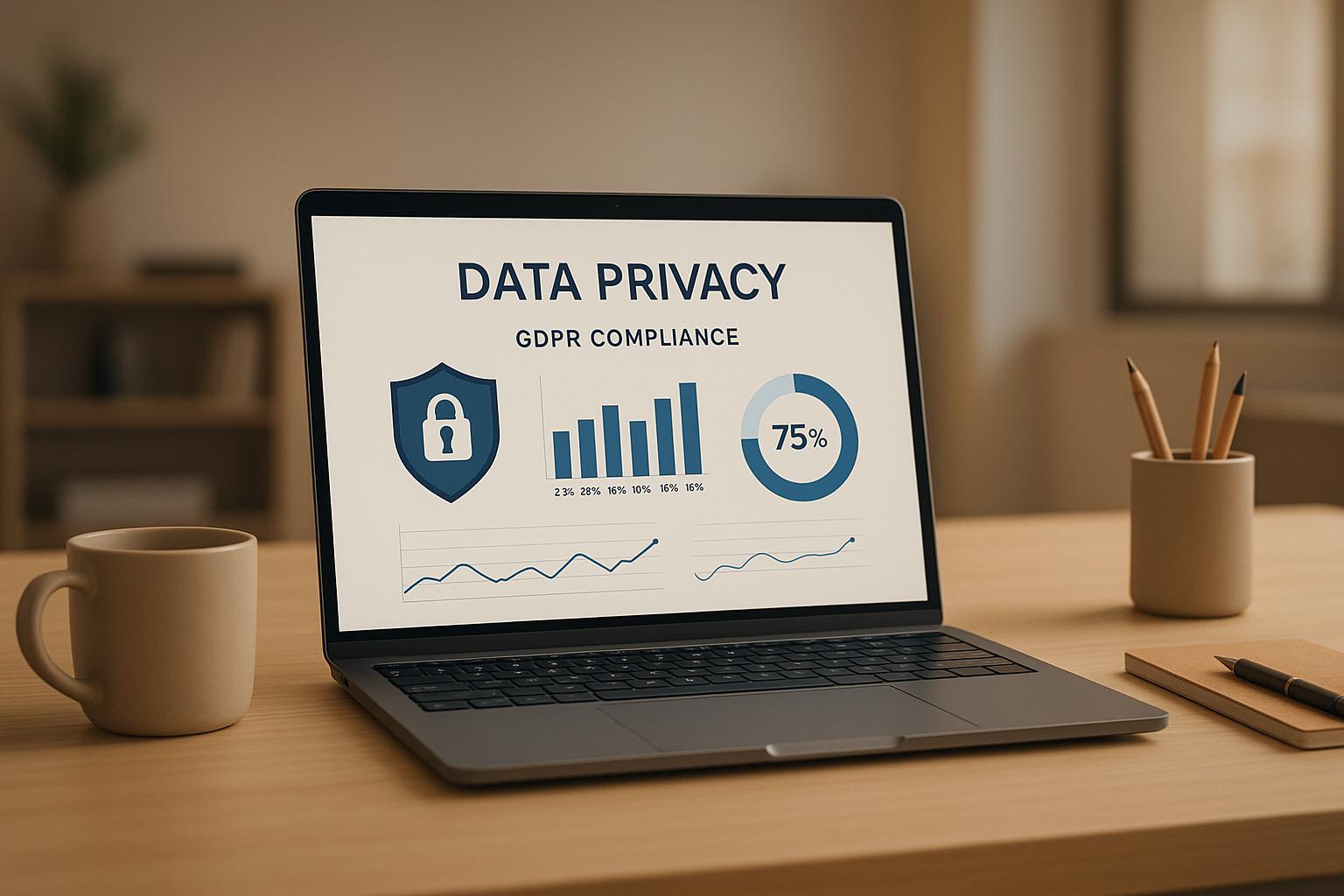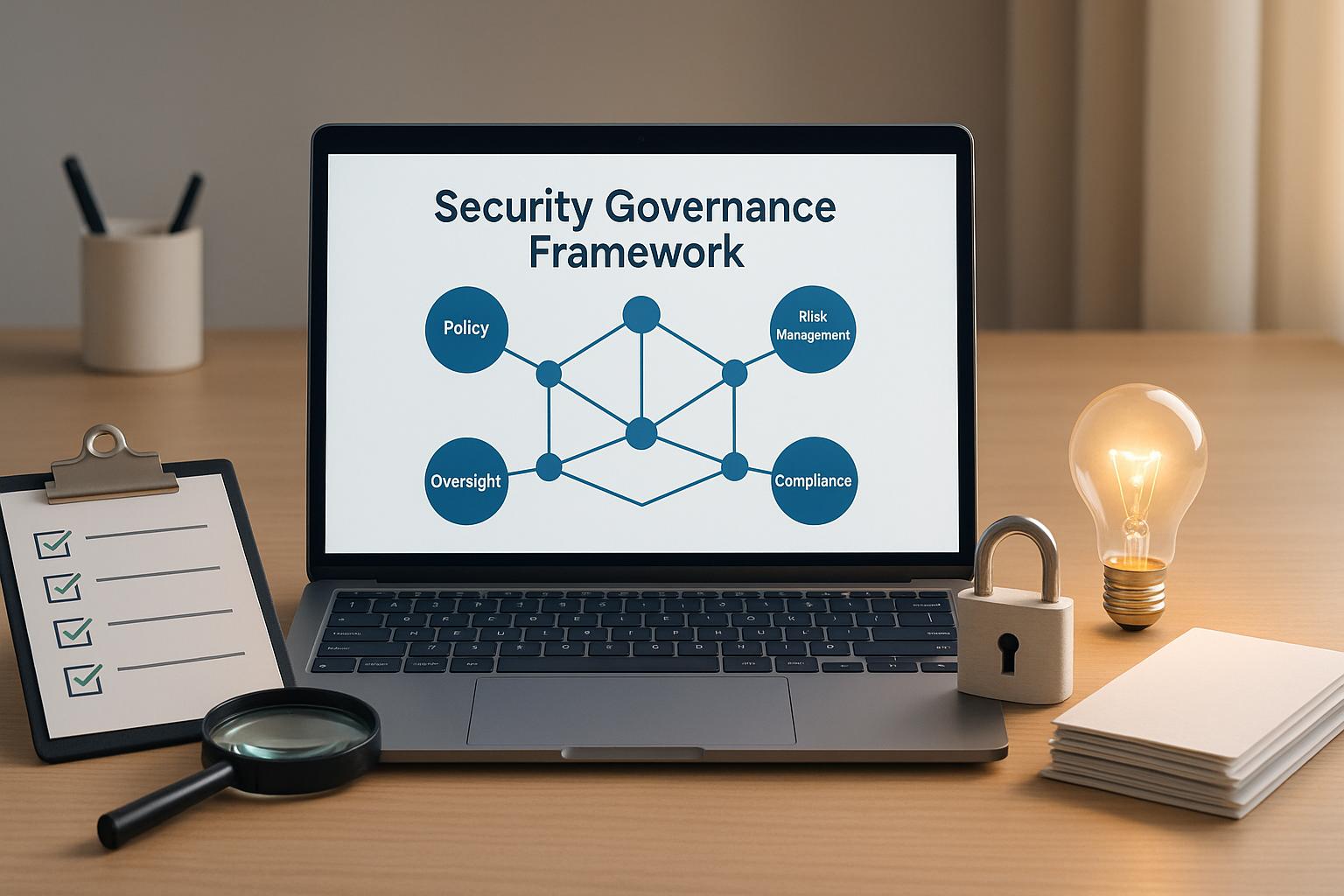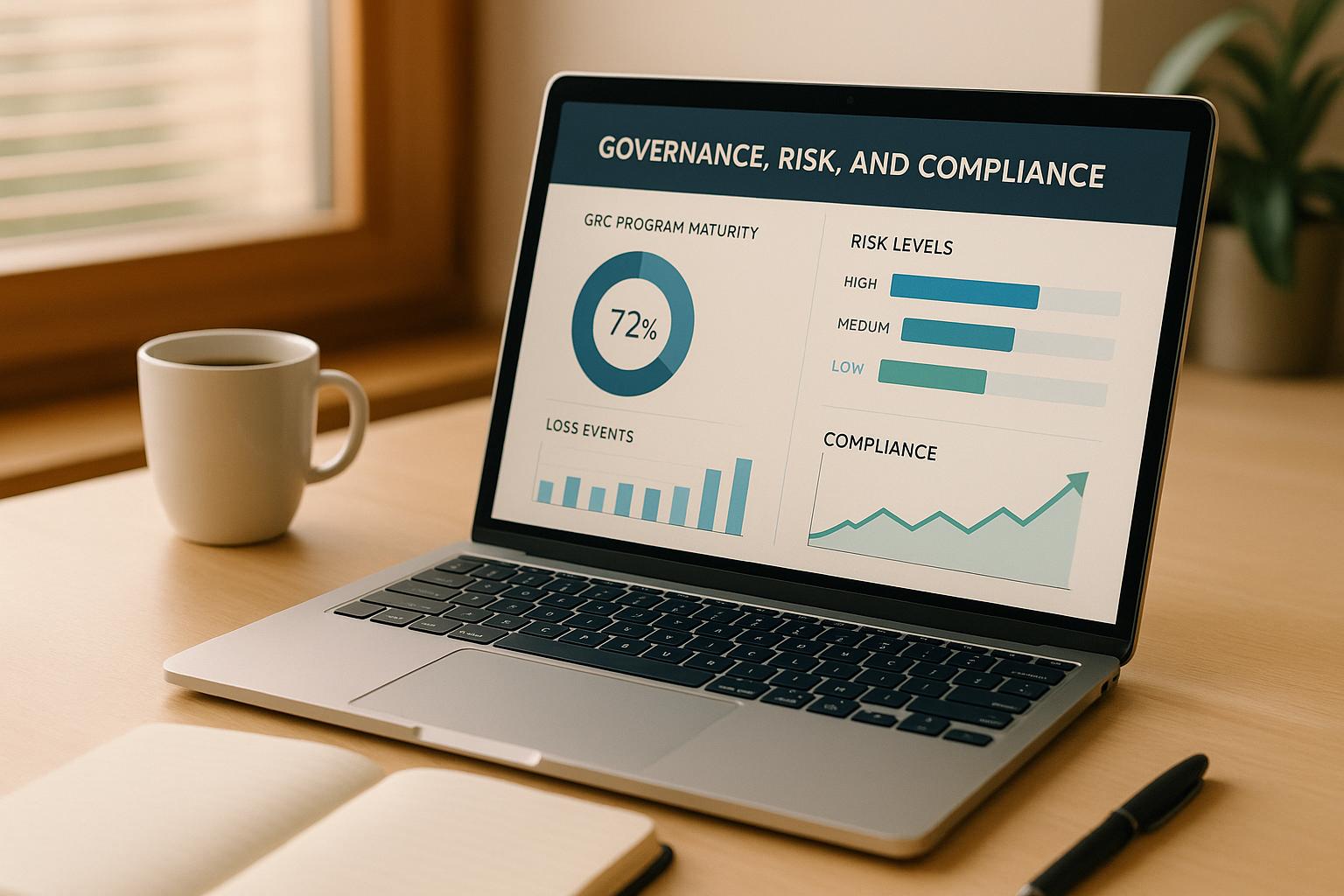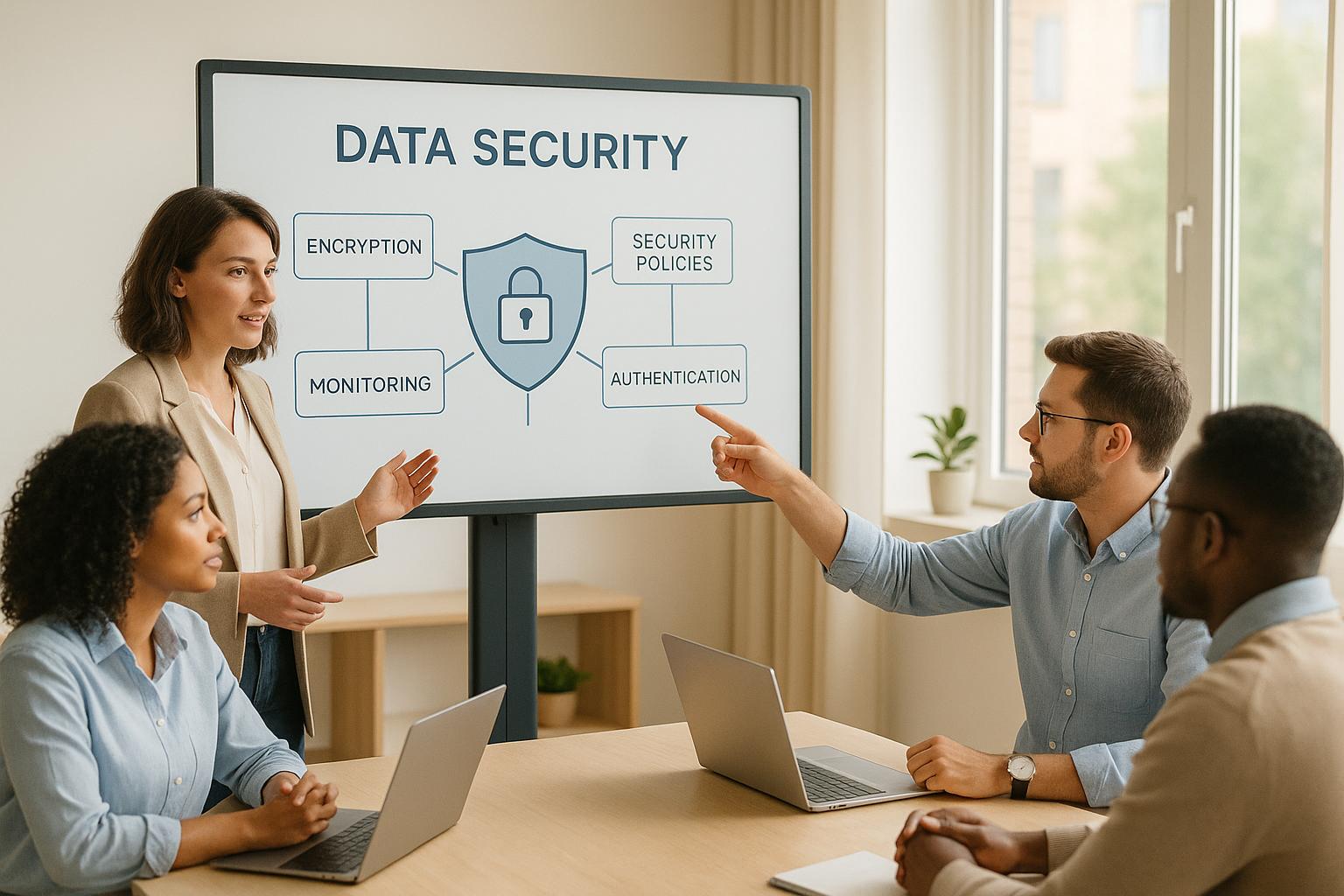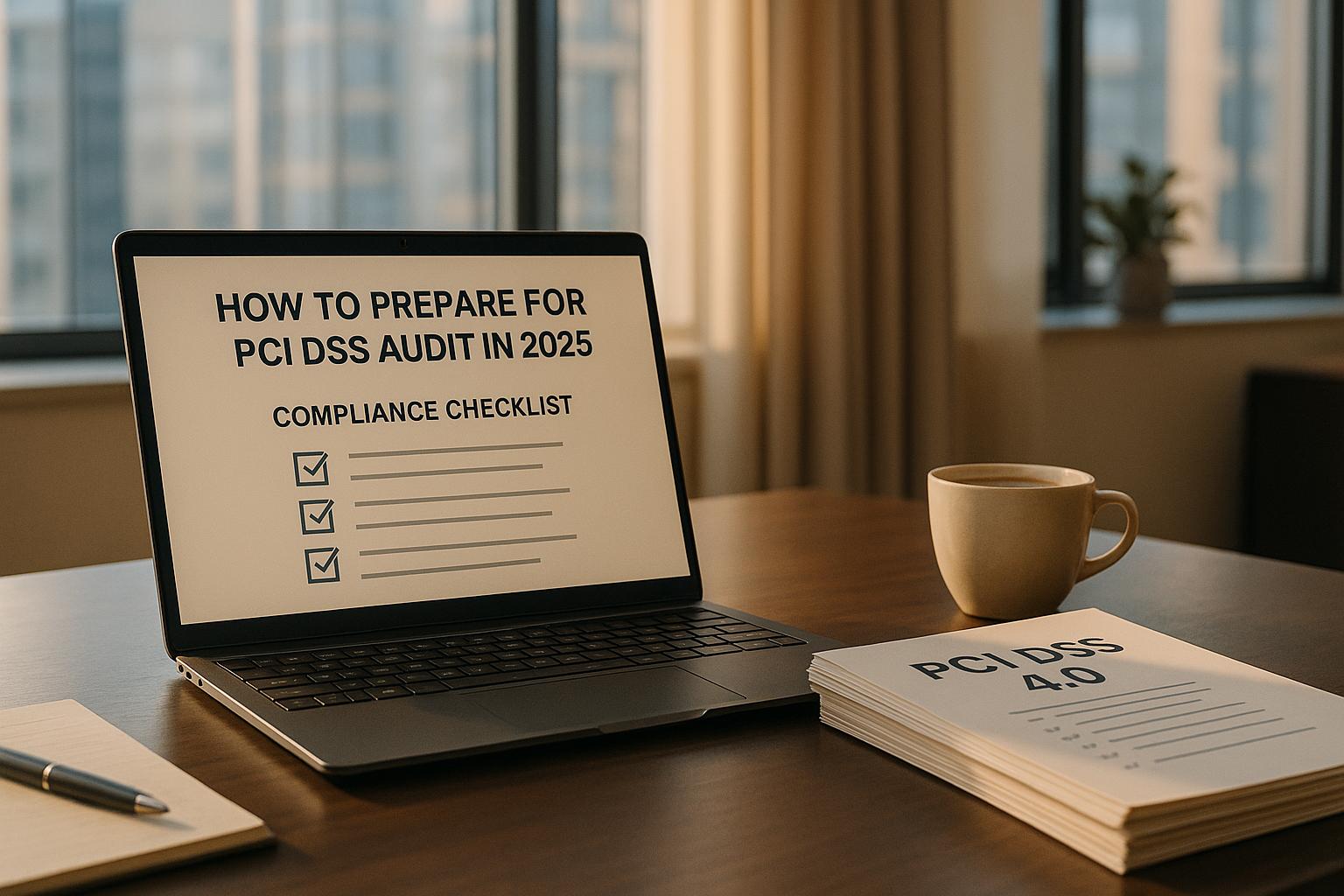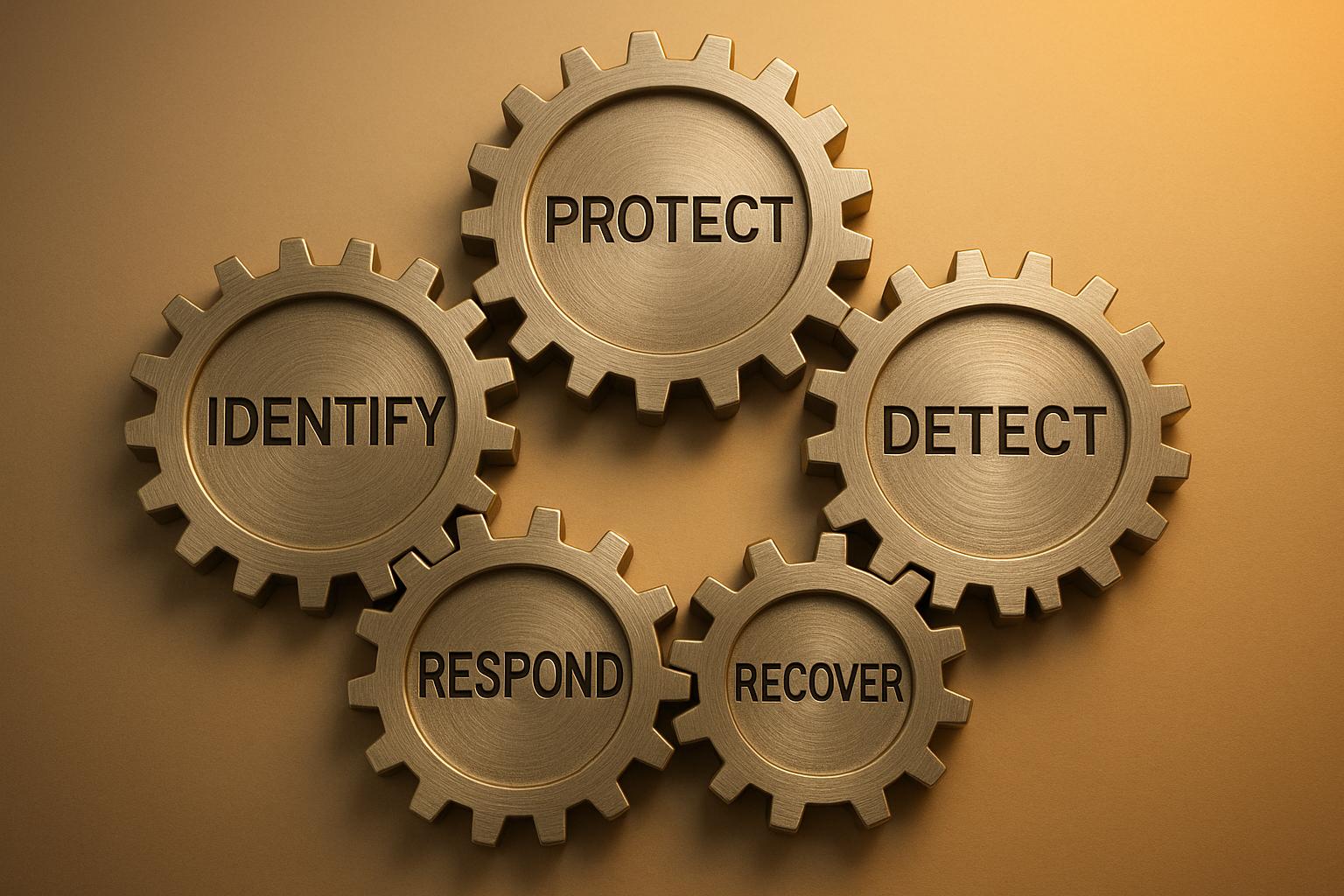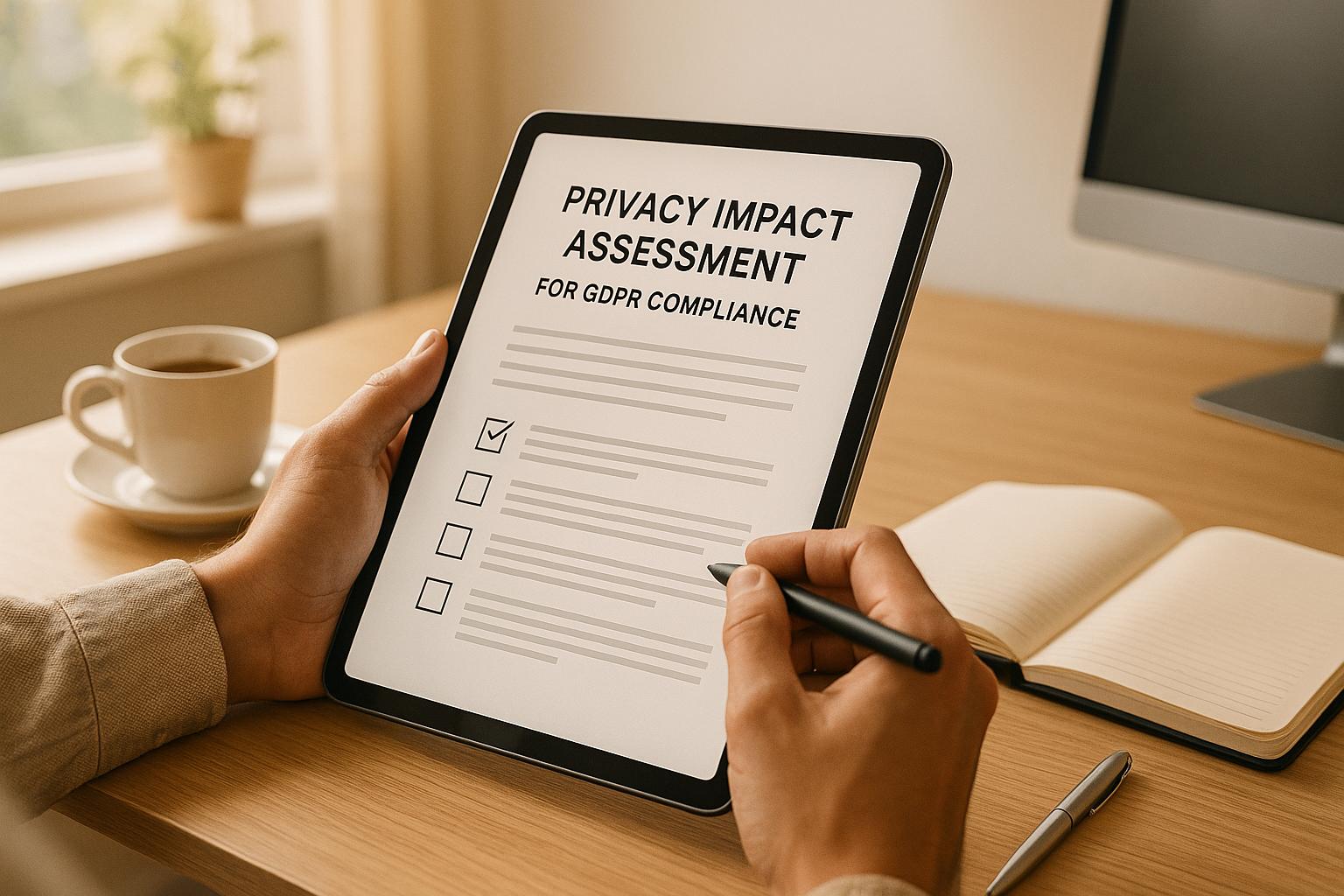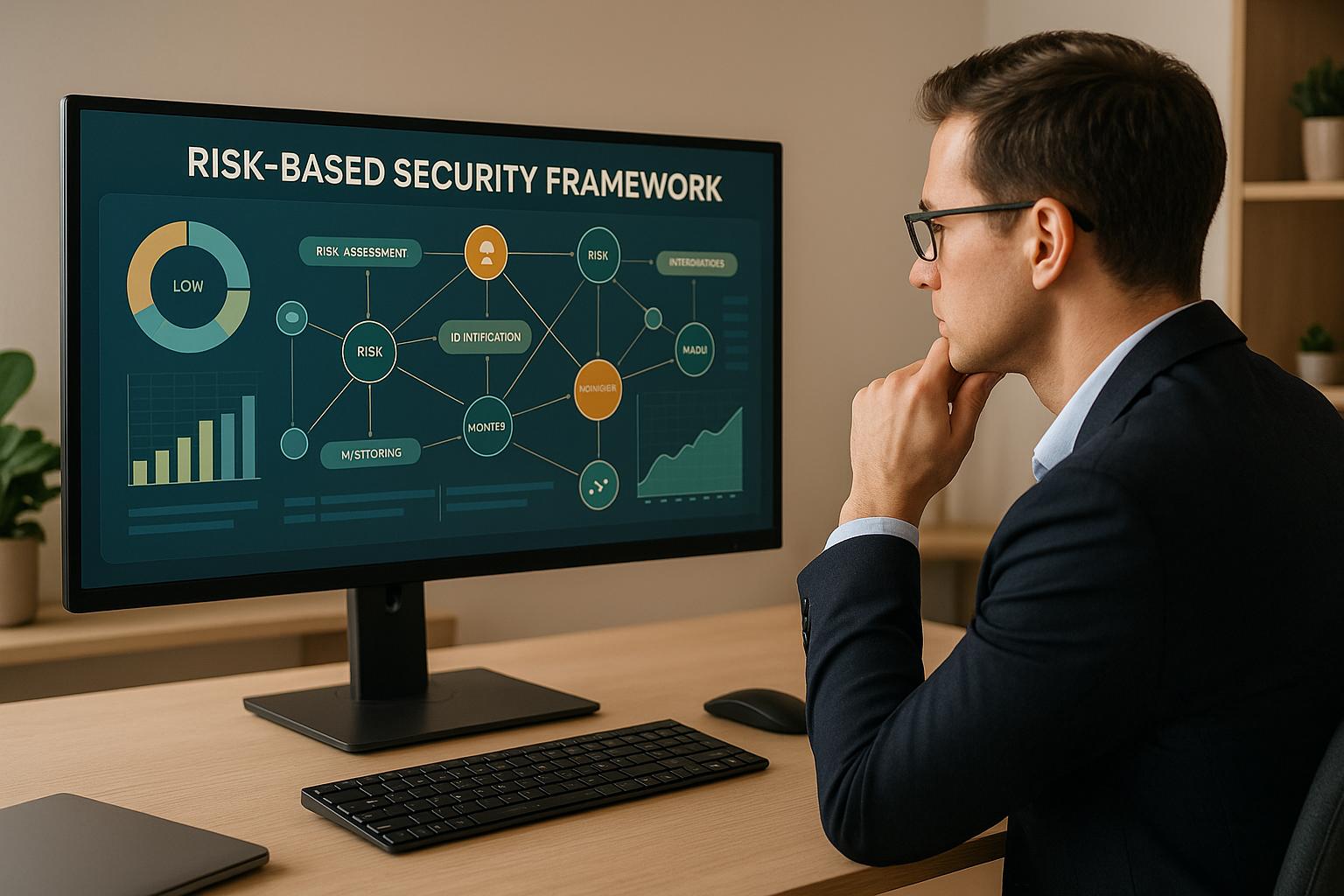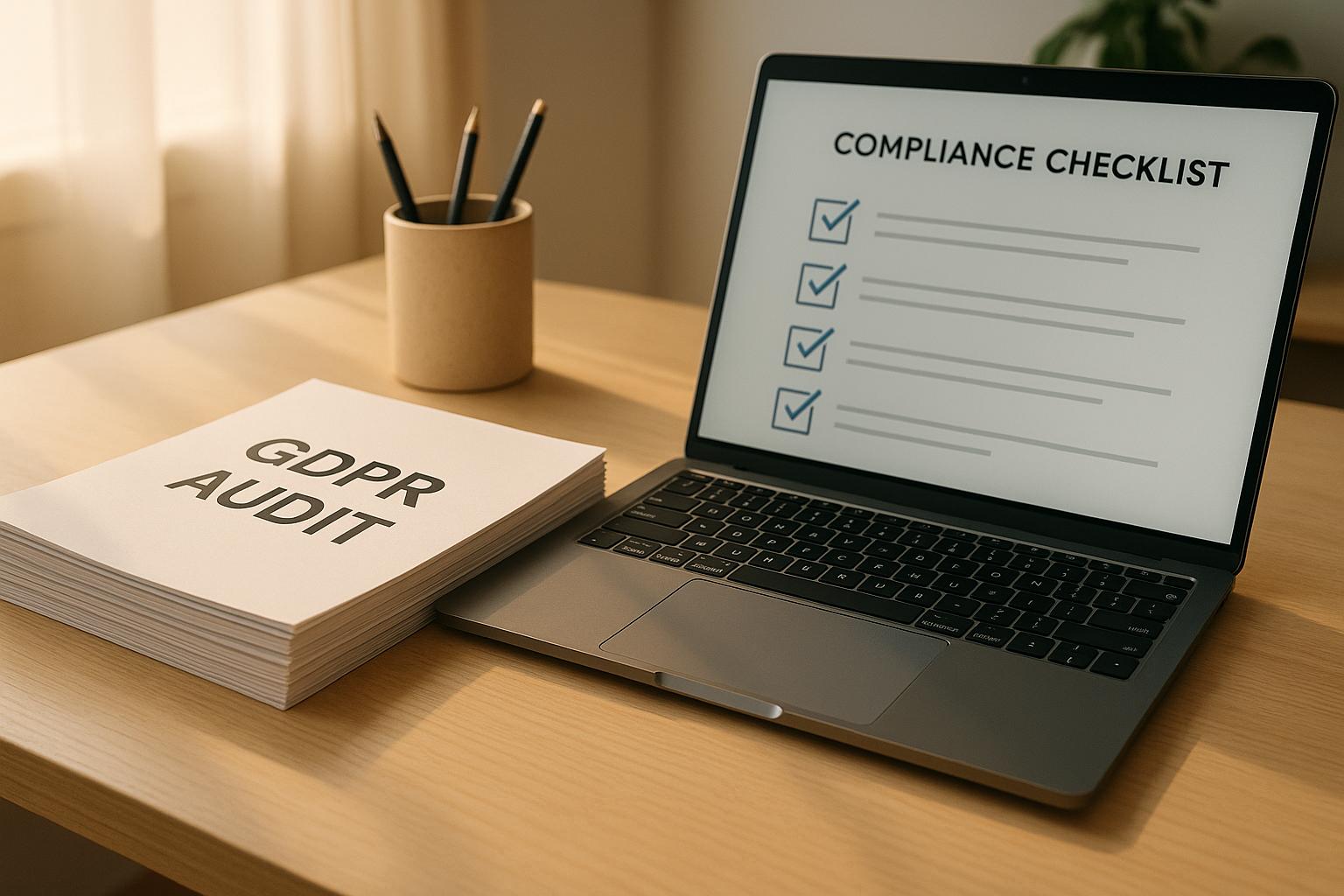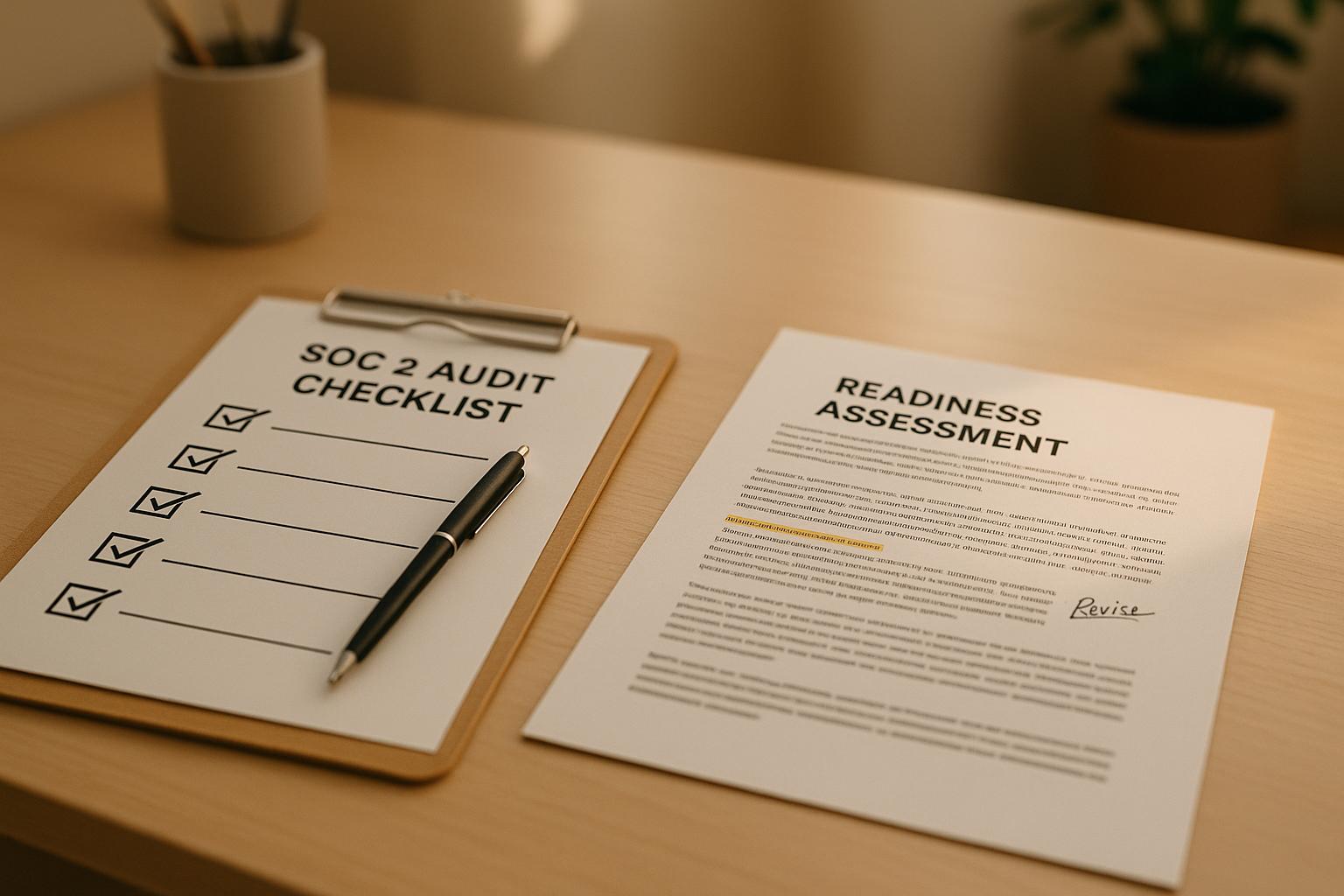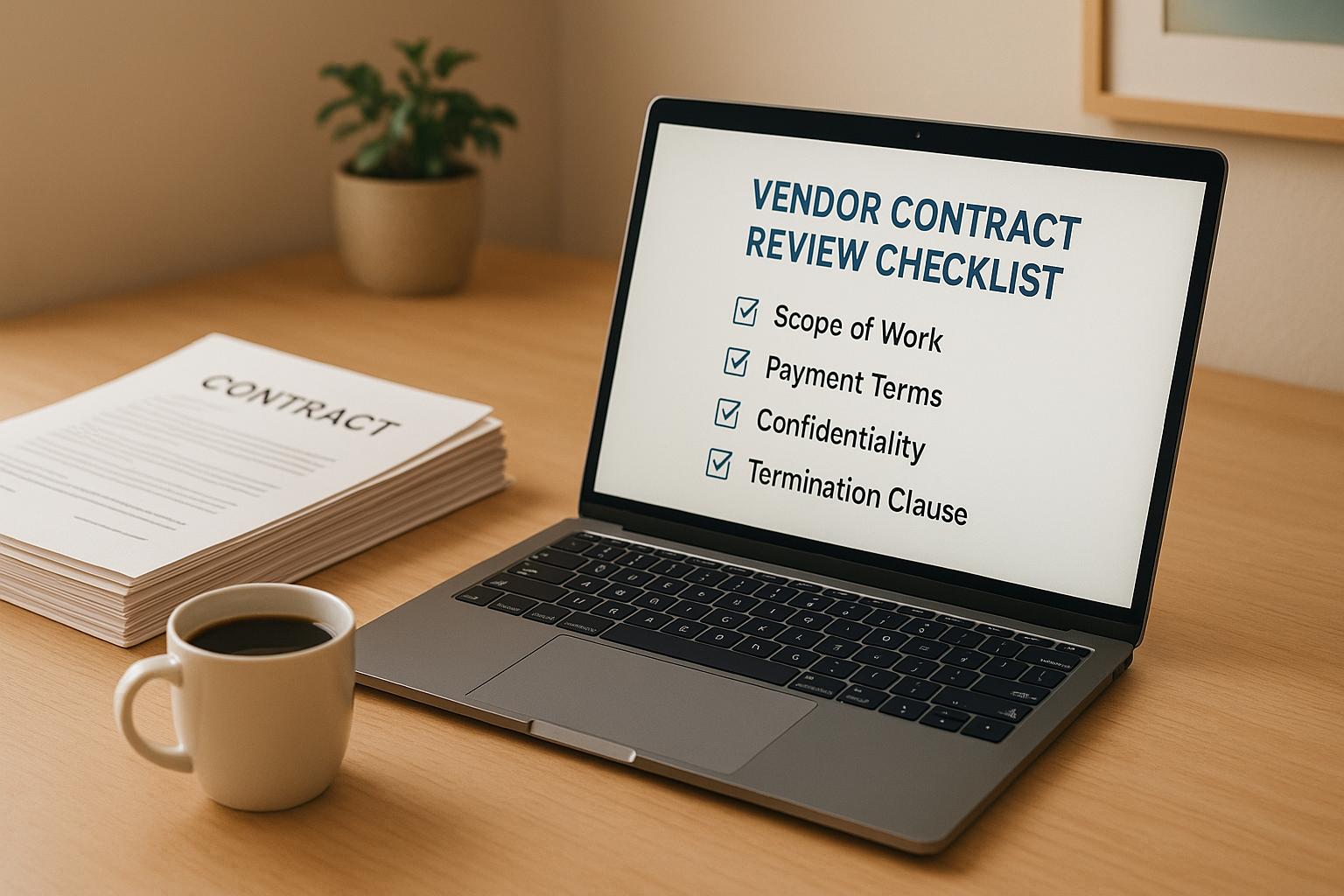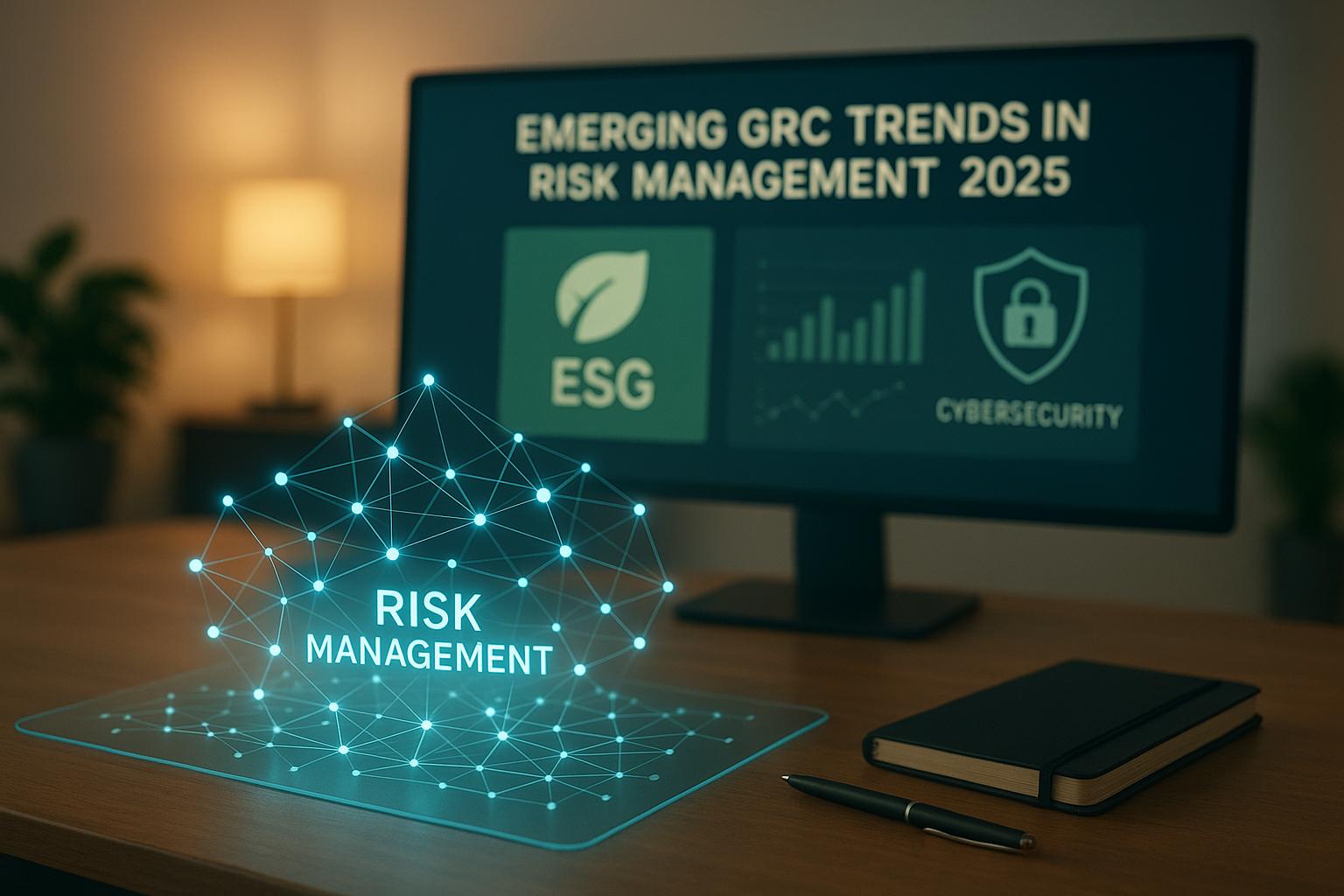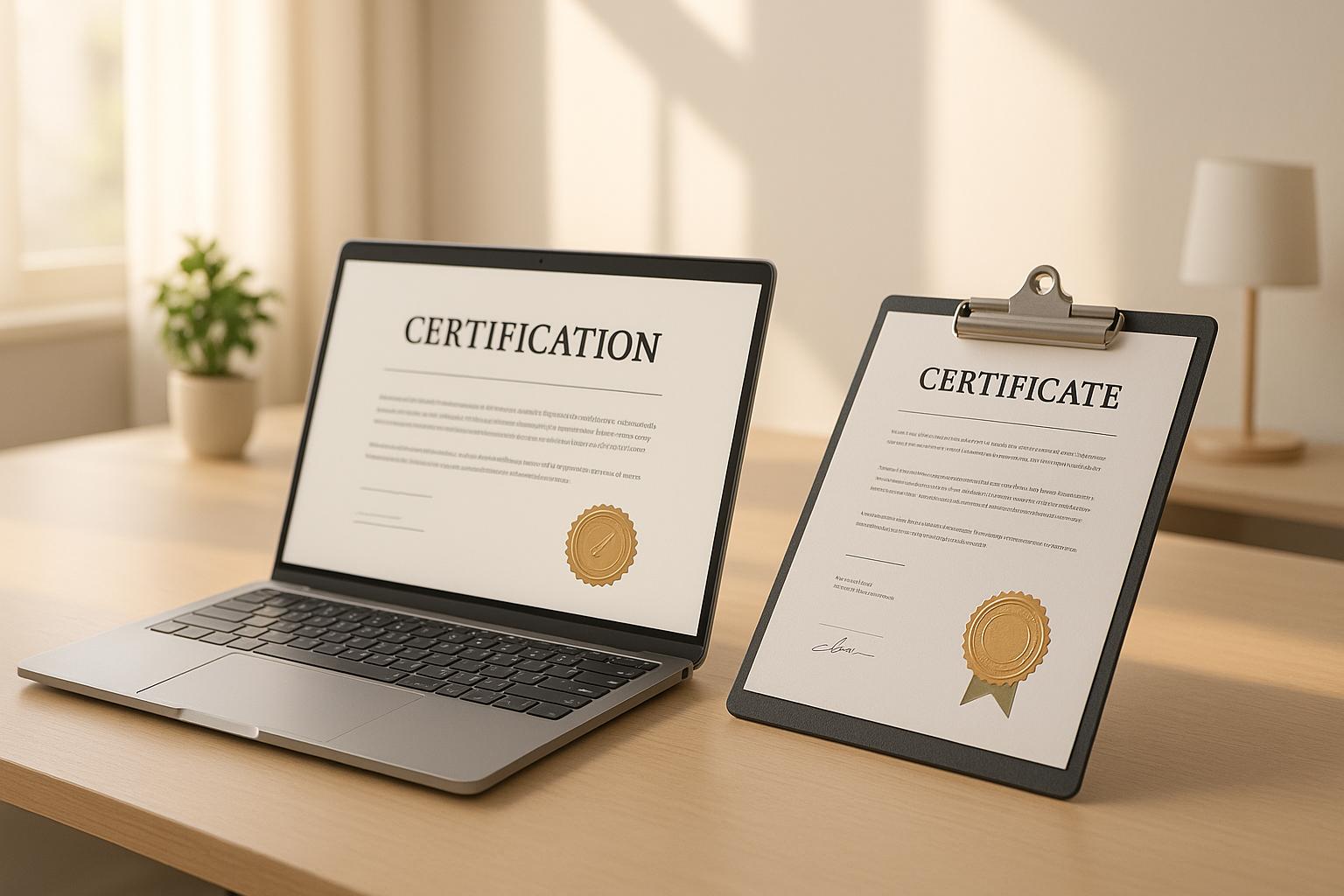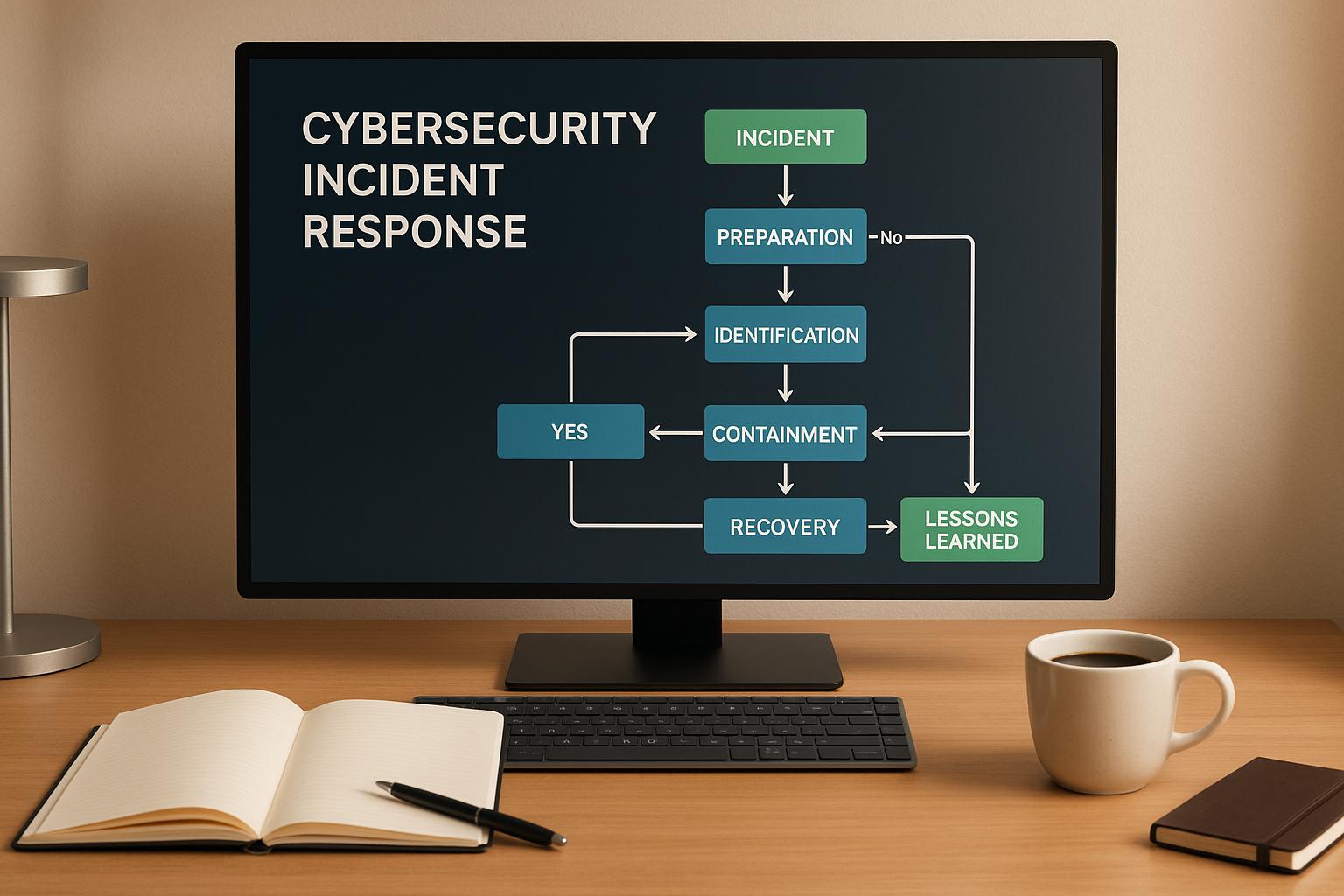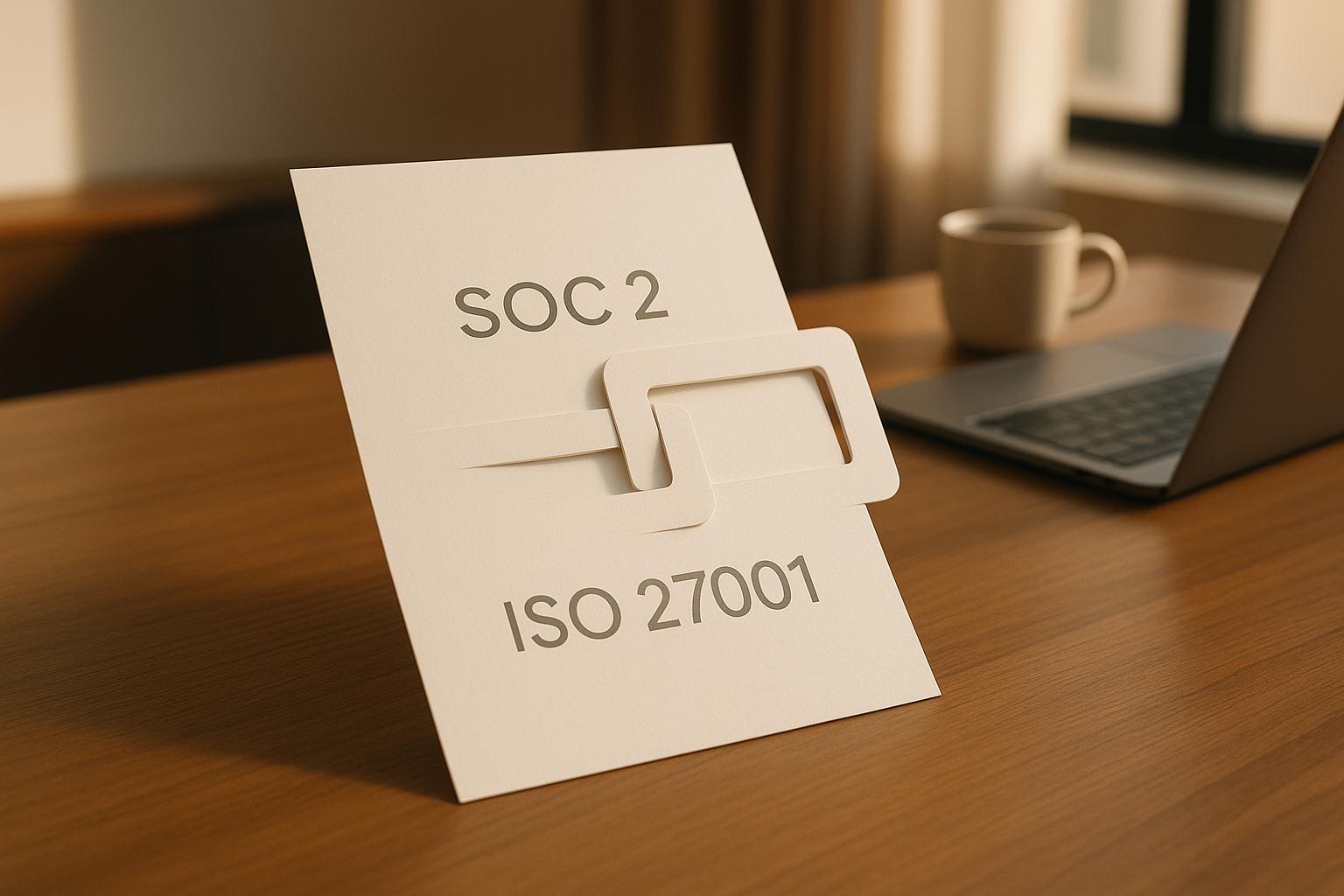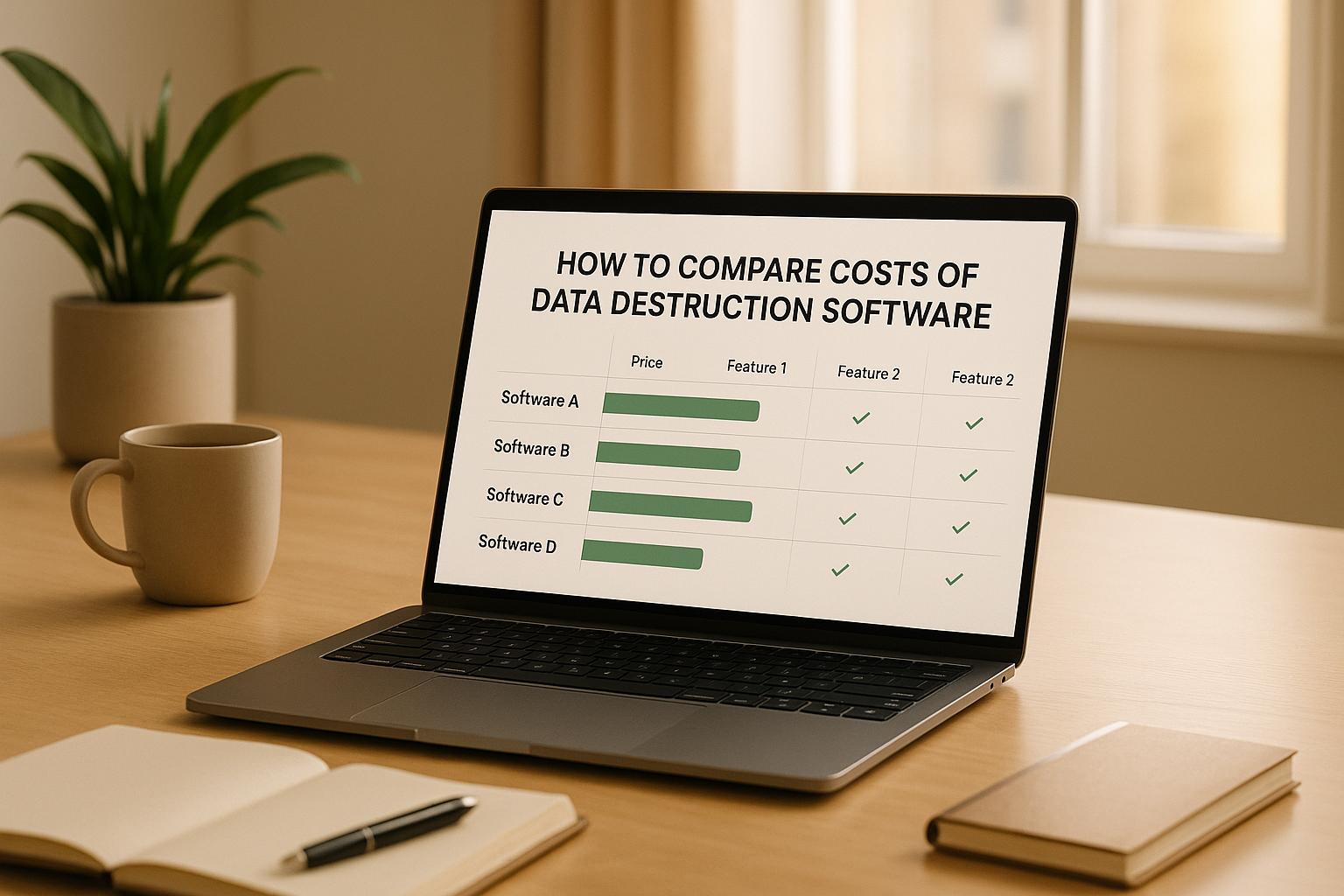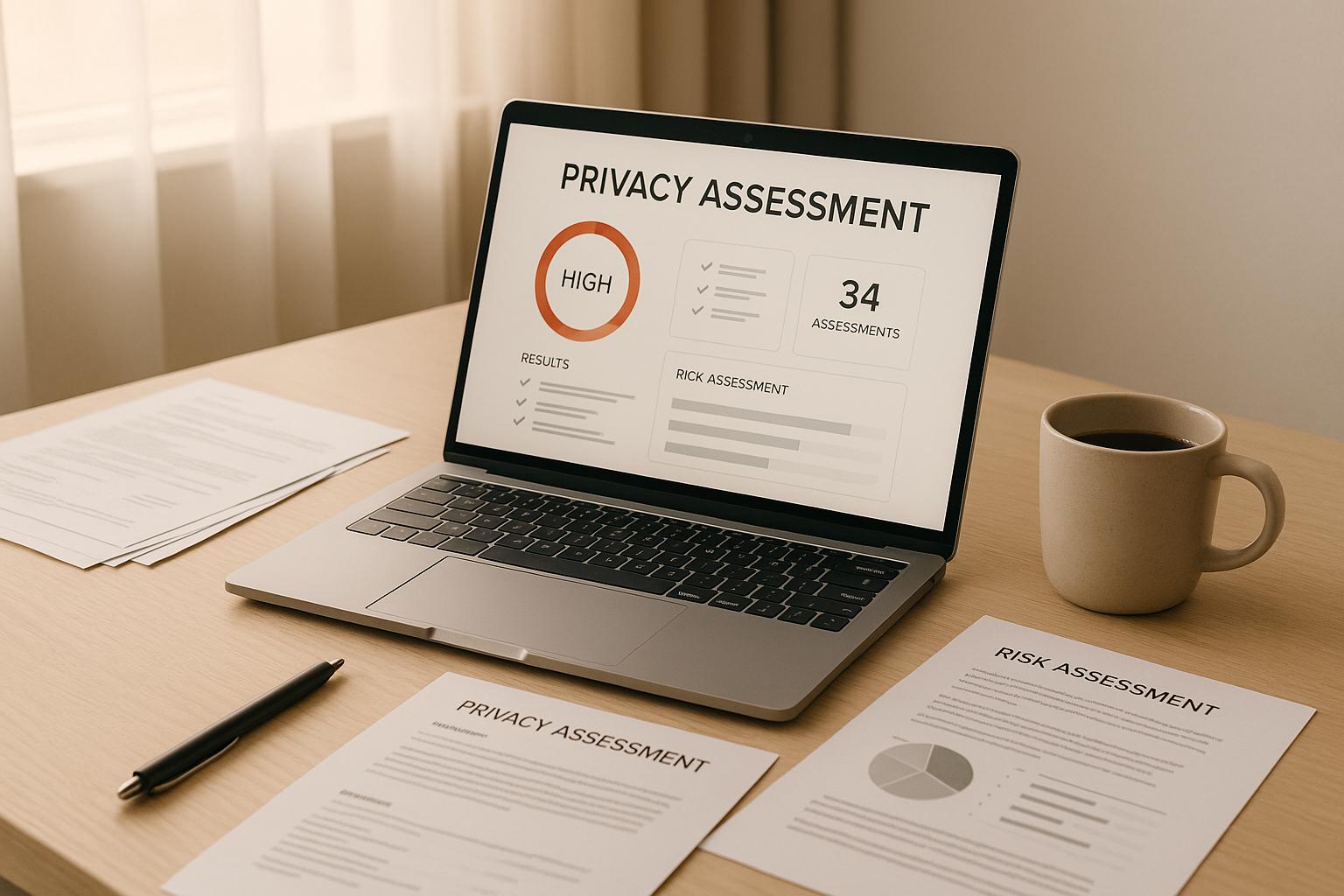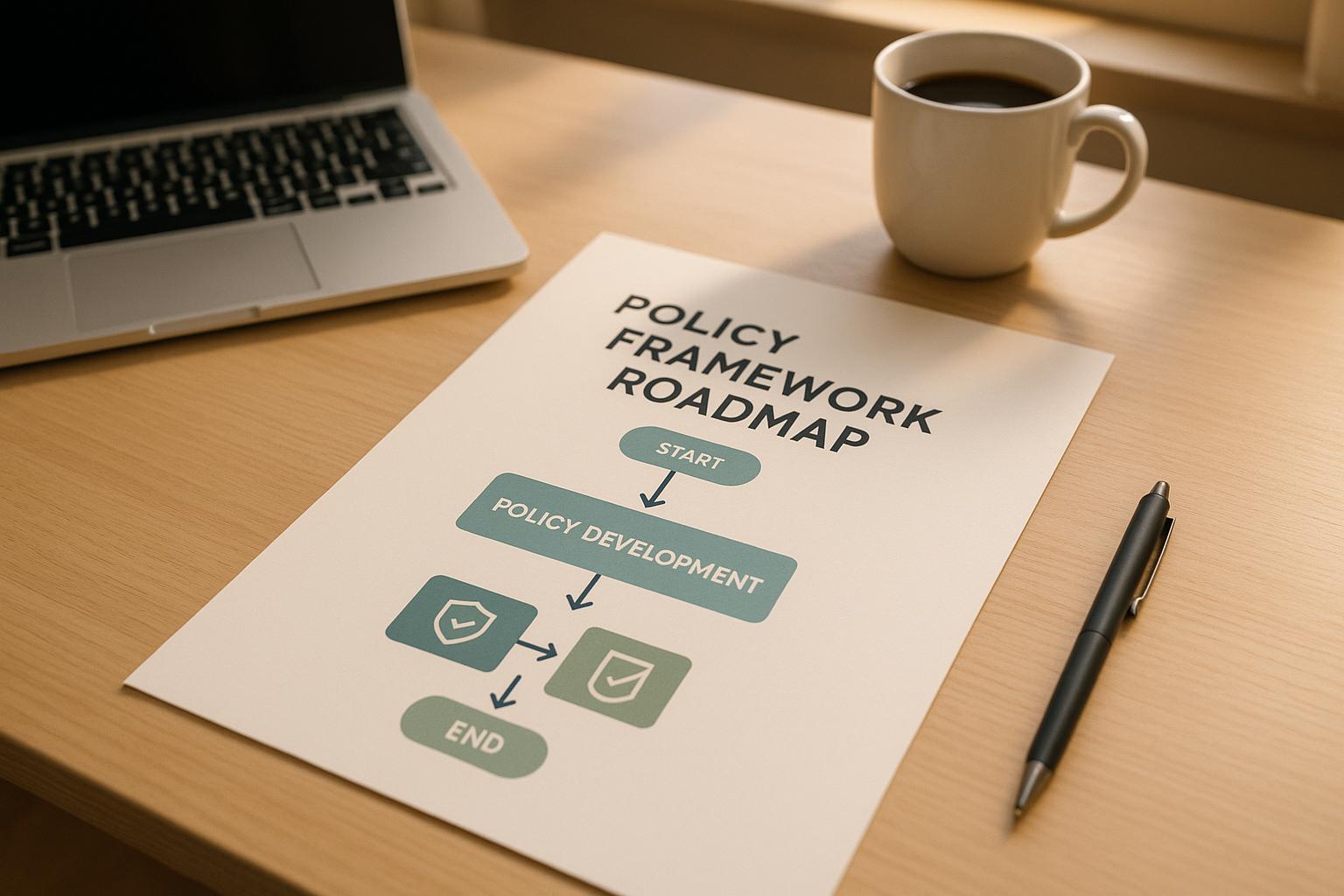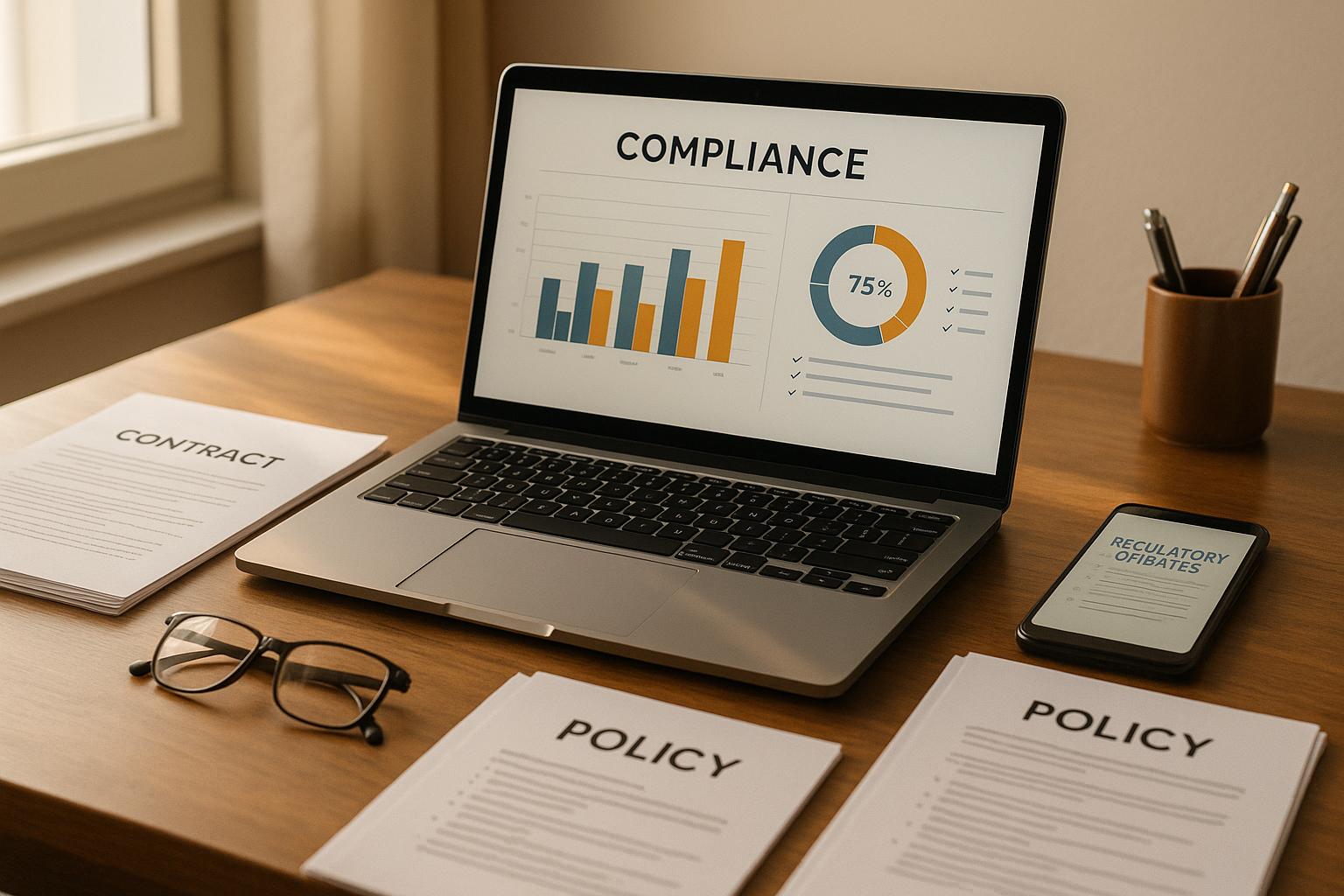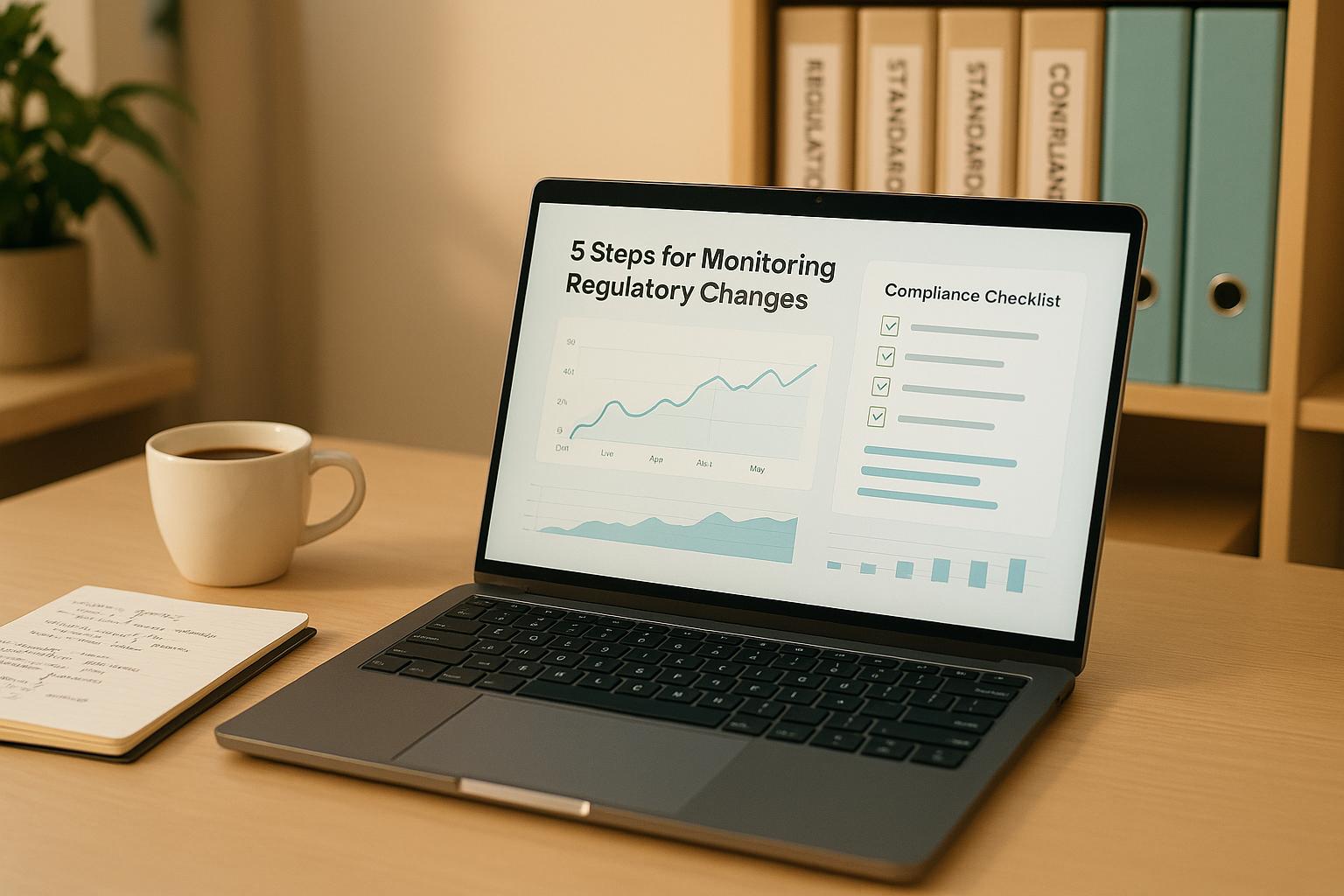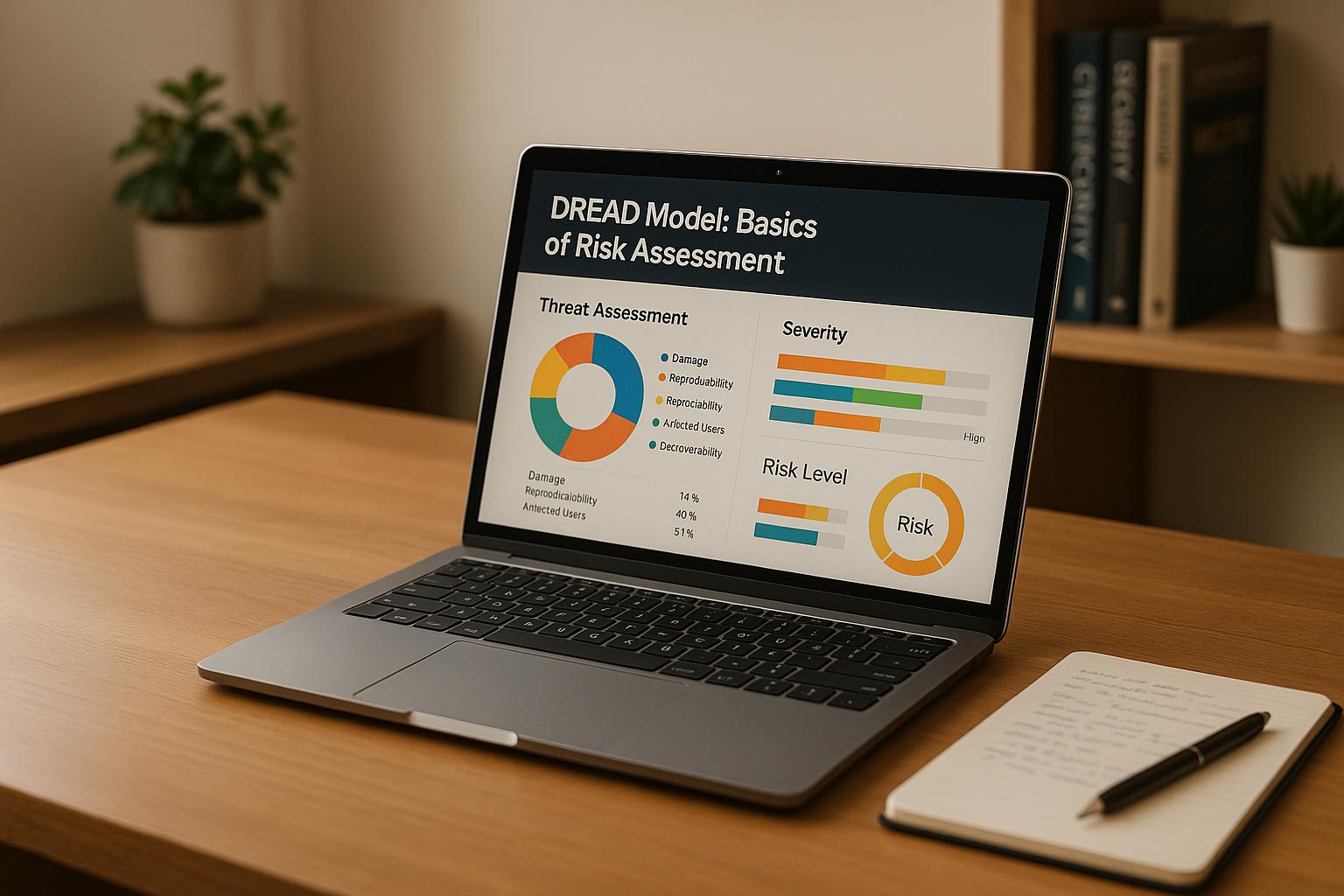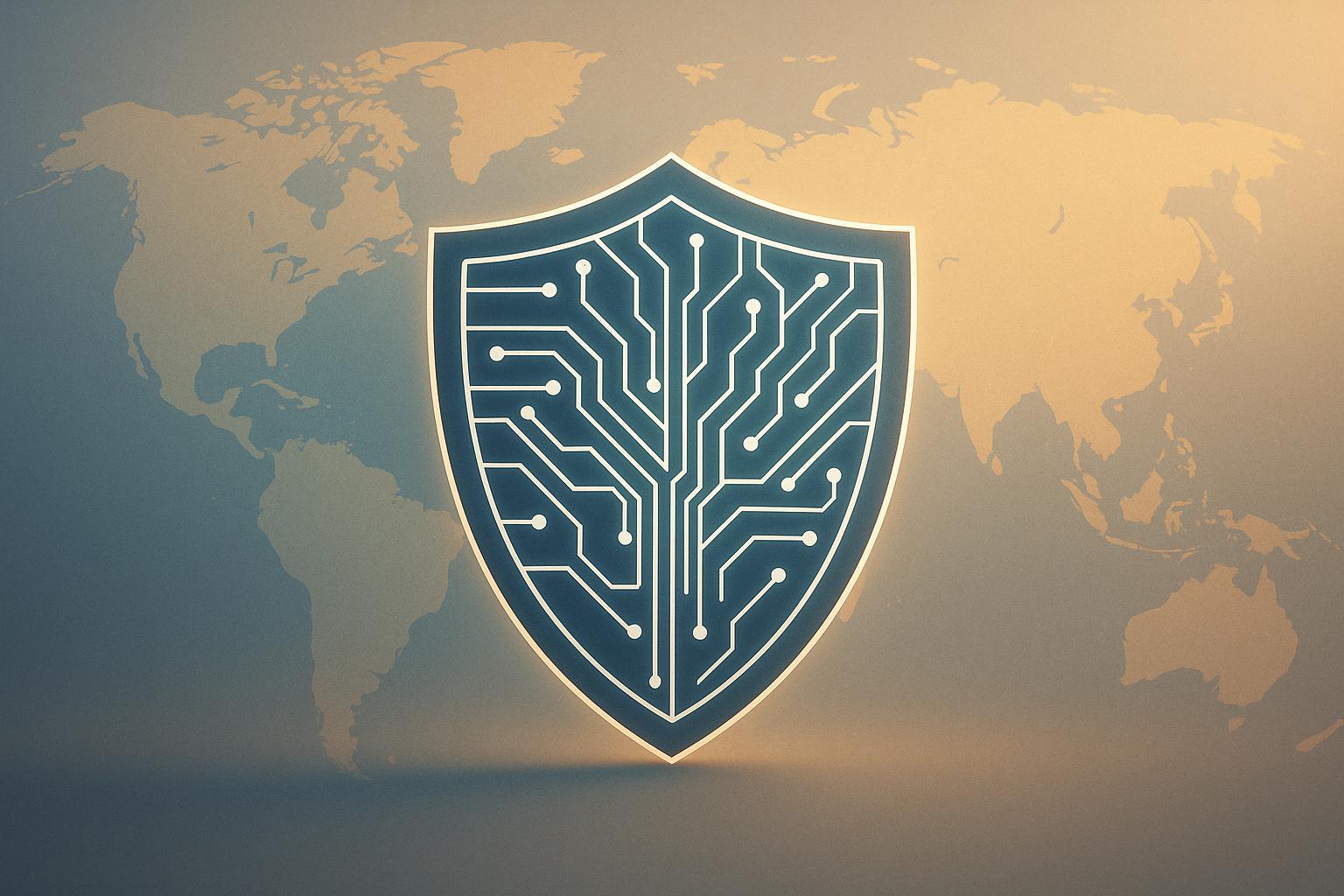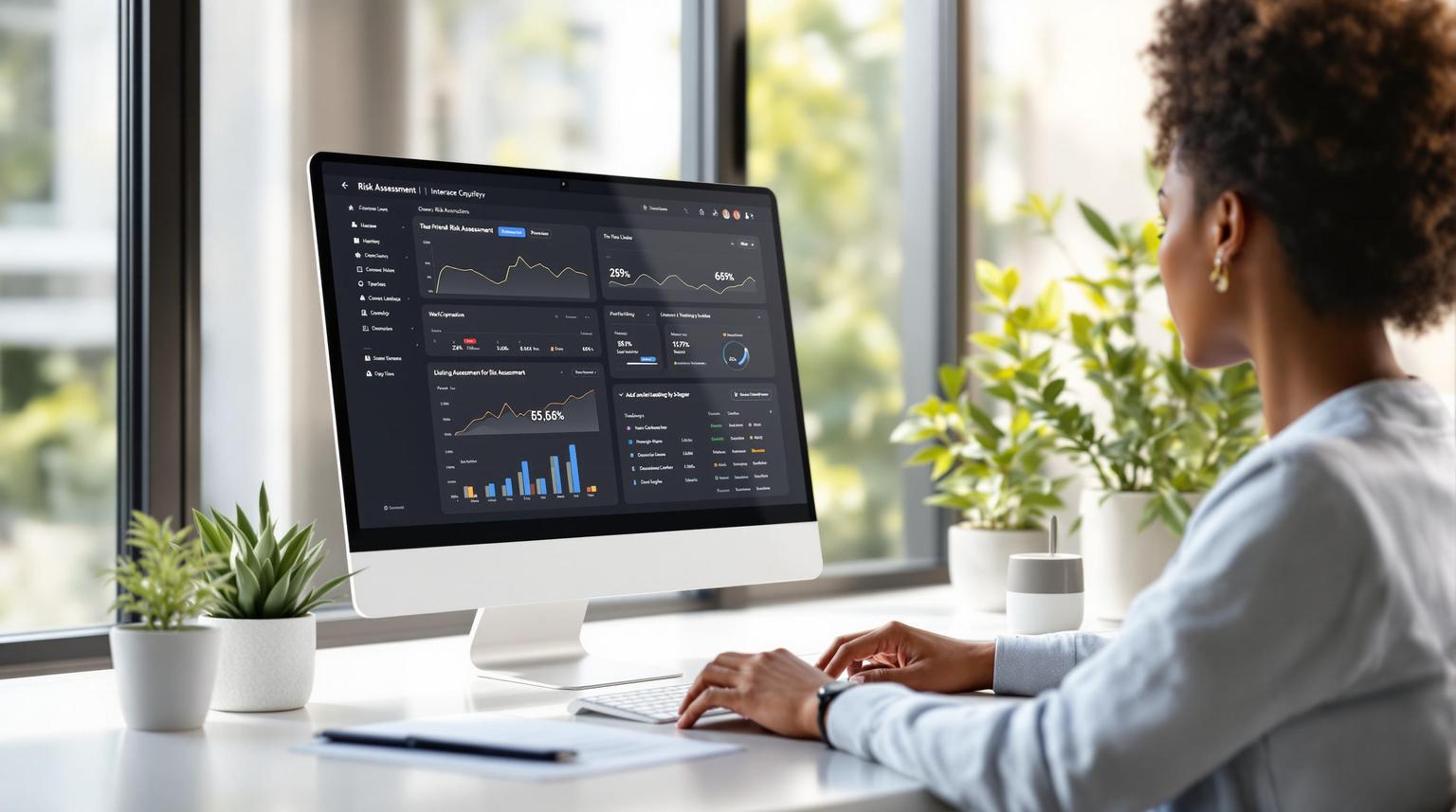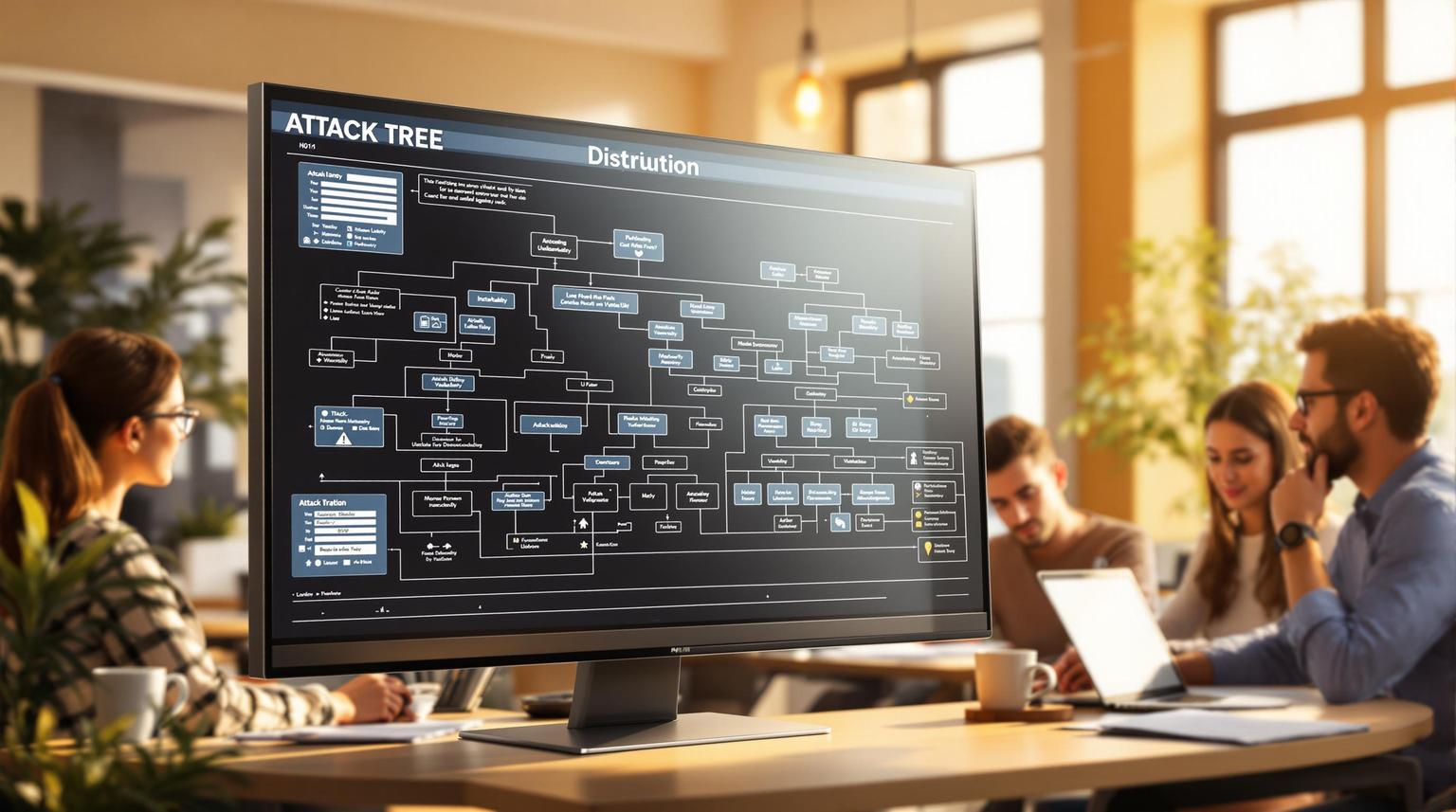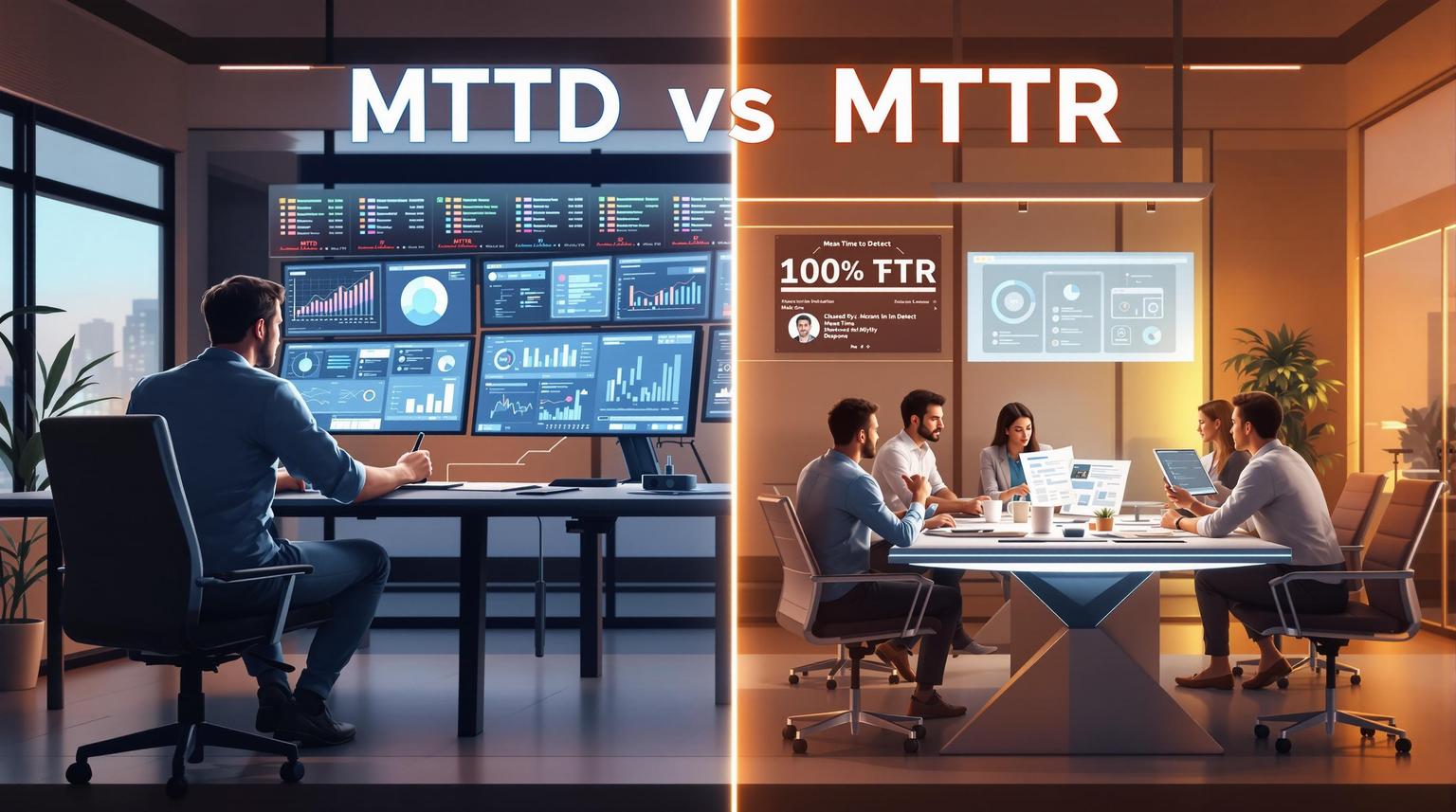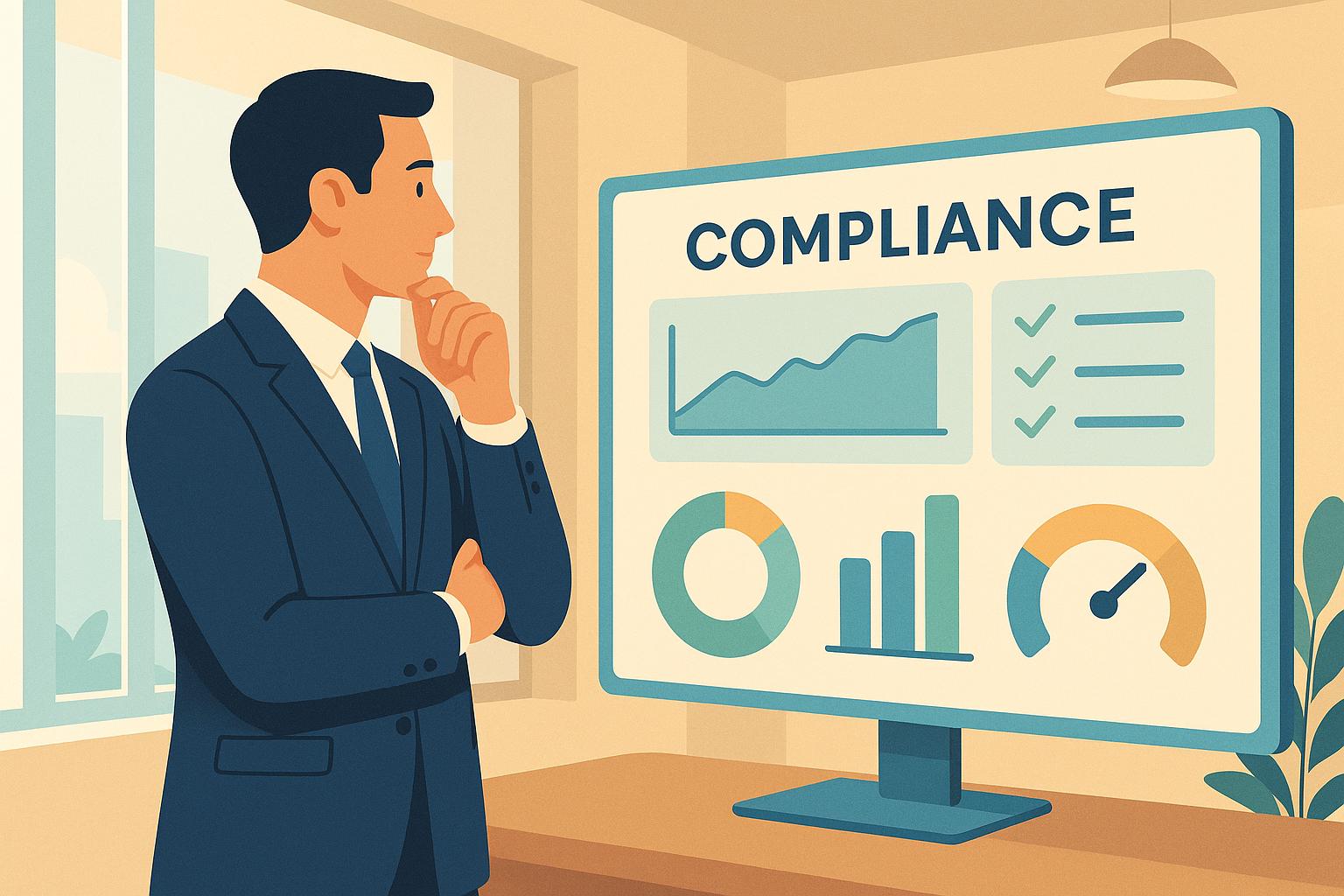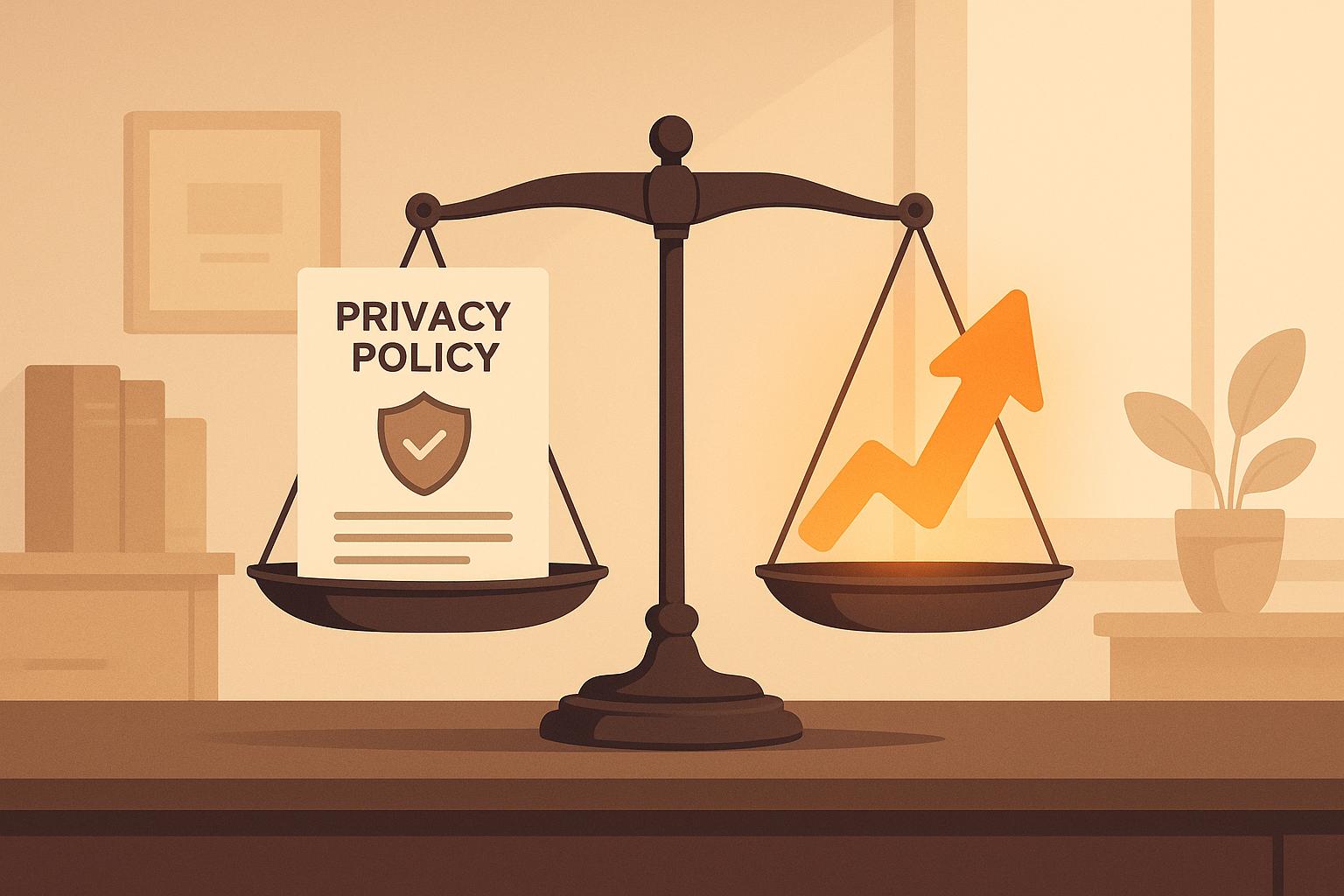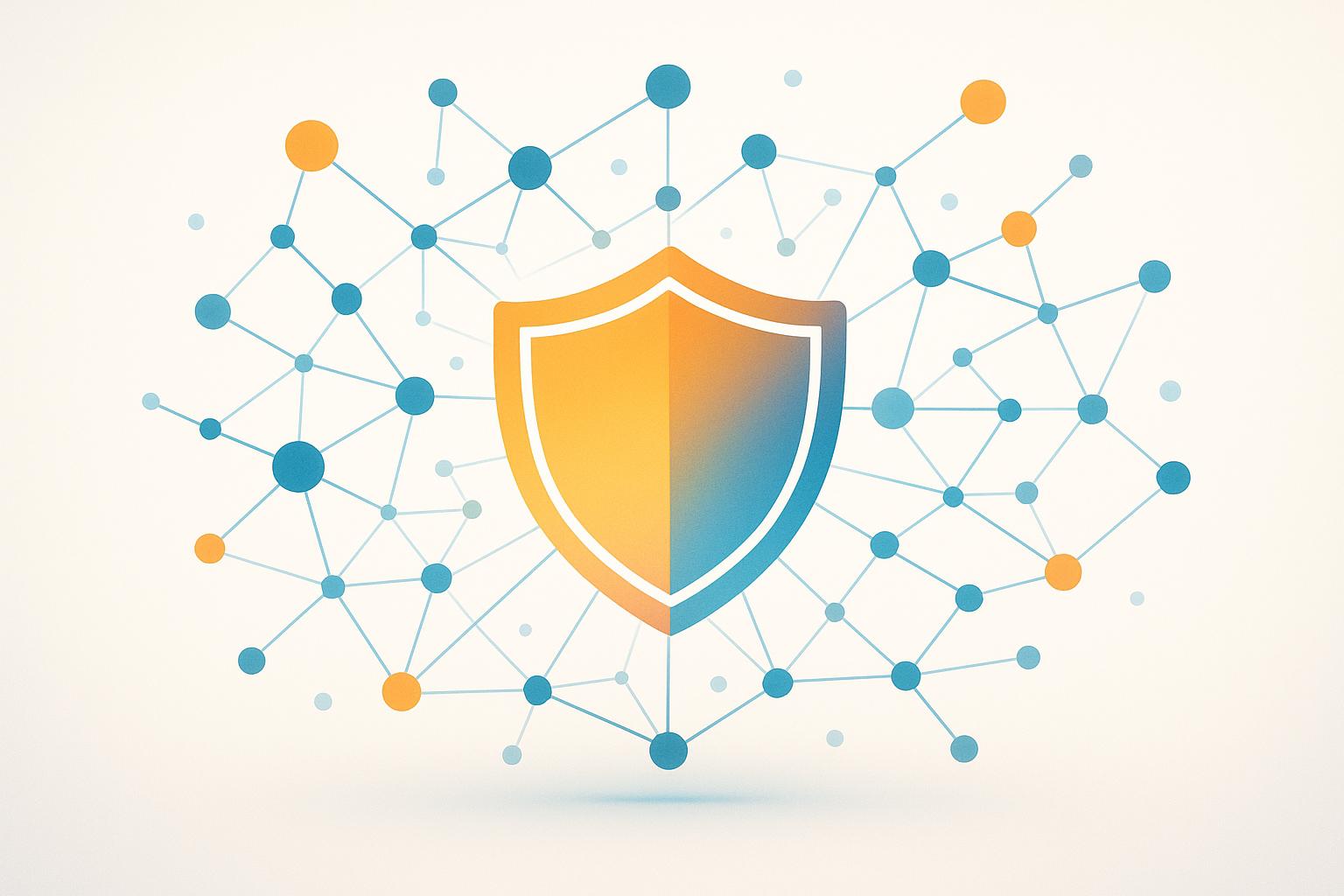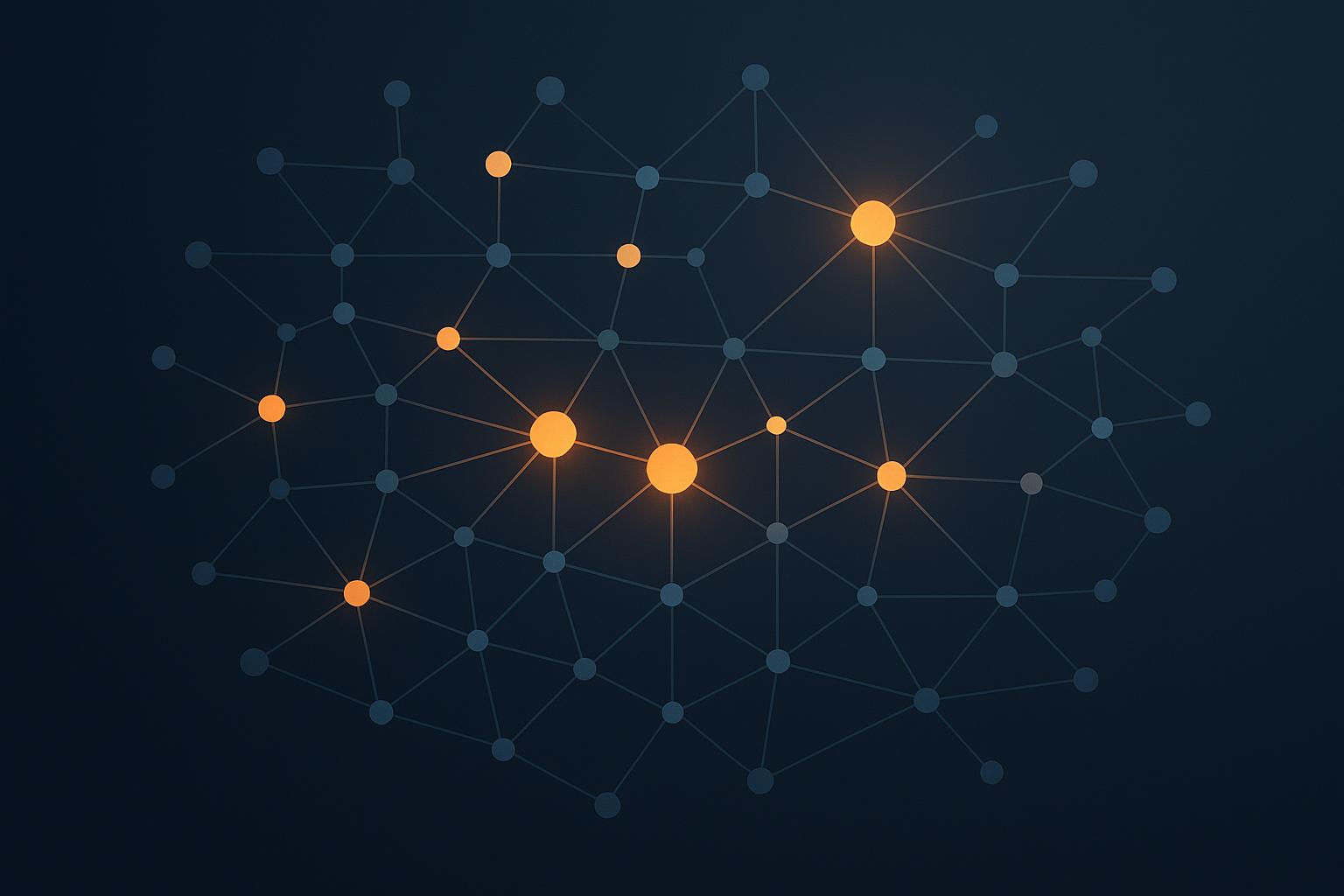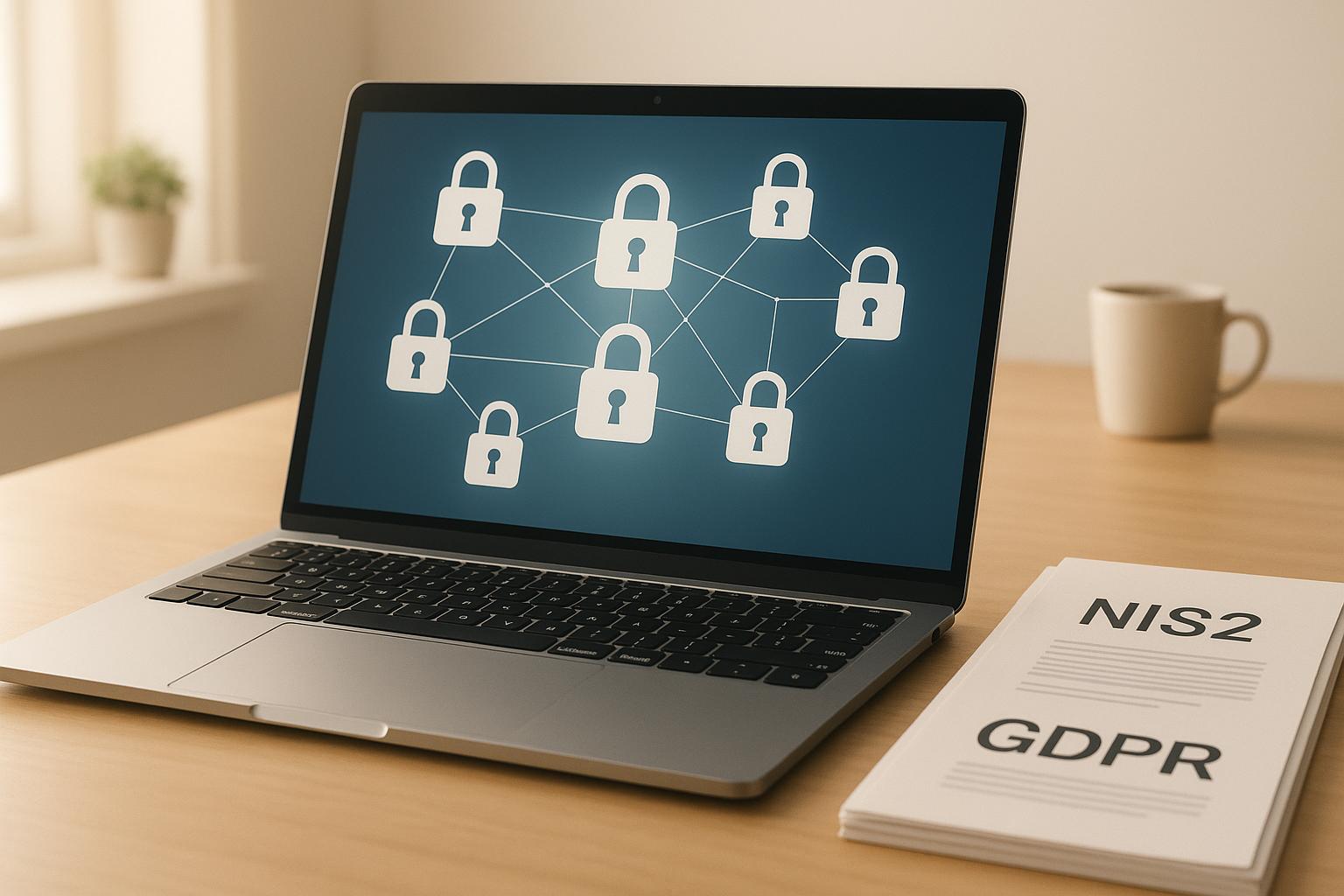
NIS2 and GDPR compliance can be streamlined. While NIS2 focuses on cybersecurity for critical services, GDPR protects personal data. Together, they create overlapping requirements that organizations can address efficiently. Here's how these frameworks align:
- Risk Management: Both require risk assessments - cybersecurity for NIS2, privacy for GDPR. Combining these saves time and resources.
- Incident Reporting: GDPR requires breach reports within 72 hours; NIS2 demands an initial report in 24 hours. Unified workflows help meet both deadlines.
- Third-Party Oversight: Both stress vendor and supply chain risk management. Integrated processes reduce duplication.
- Shared Security Controls: Measures like encryption and access controls fulfill requirements for both frameworks.
Building a Unified Compliance Strategy with NIS2, CRA, DORA, and the GDPR
Where NIS2 and GDPR Requirements Overlap
Recognizing where NIS2 and GDPR intersect can help businesses streamline compliance efforts. By addressing shared requirements together, organizations can minimize redundancy, reduce costs, and improve their security practices. Let’s explore these overlaps in more detail.
Risk Management Requirements
Both NIS2 and GDPR emphasize the importance of systematic risk assessments. Under GDPR, companies must conduct Data Protection Impact Assessments (DPIAs) when certain processing activities pose a high risk to privacy. On the other hand, NIS2 requires cybersecurity risk assessments to evaluate threats to network and information systems.
By merging these assessments into a unified process, businesses can handle up to 80% of their compliance obligations simultaneously. For instance, GDPR's established compliance frameworks can be adapted to meet NIS2 standards, particularly when assessing third-party vendors. This dual approach allows organizations to evaluate both cybersecurity vulnerabilities and data protection risks in a single step, saving time and resources.
Incident Reporting Deadlines
Incident reporting is another area where GDPR and NIS2 overlap, though their timelines differ. GDPR mandates that organizations notify authorities of a data breach within 72 hours if it risks individuals' rights and freedoms. NIS2, however, has a stricter timeline: an initial notification is required within 24 hours of identifying a major incident, followed by a detailed update within 72 hours and a final report within one month.
| Framework | Initial Report | Detailed Update | Final Report |
|---|---|---|---|
| GDPR | 72 hours | N/A | N/A |
| NIS2 | 24 hours | 72 hours | 1 month |
To align these requirements, businesses can create incident response workflows that prioritize the shortest deadline first. Using classification systems to determine whether an event falls under GDPR, NIS2, or both ensures timely reporting without duplicating efforts.
Third-Party and Supply Chain Management
Both frameworks stress the importance of managing third-party risks. GDPR places responsibility on organizations to ensure their data processors comply with data protection standards, requiring due diligence during vendor selection and regular monitoring. Similarly, NIS2 focuses on supply chain cybersecurity, requiring assessments to ensure third-party relationships don’t compromise system resilience.
Organizations can simplify compliance by developing integrated vendor review processes. These assessments should address both data protection and cybersecurity requirements, reducing administrative work while maintaining robust oversight of third-party risks.
Common Security Control Standards
The technical and organizational measures required by GDPR and NIS2 often overlap, particularly in areas like encryption, access control, and system monitoring. For example:
- Access management systems: These can limit data processing to authorized personnel, meeting GDPR's data minimization principles while also securing critical systems under NIS2.
- Encryption technologies: Encrypting data both in transit and at rest satisfies GDPR's privacy requirements and protects network communications under NIS2.
Both frameworks also stress accountability, requiring organizations to document their security measures. Unified system monitoring can detect both data breaches and cybersecurity incidents, enhancing threat detection while lowering costs.
Interestingly, implementing NIS2 can help cover around 45% of GDPR compliance tasks. By leveraging these shared requirements, businesses can build cohesive security programs that reduce compliance costs and improve both data protection and system resilience.
How to Streamline Compliance Efforts
Organizations are increasingly merging data protection and cybersecurity governance to simplify processes and enhance security. By addressing the overlapping requirements of NIS2 and GDPR, this unified approach ensures smoother compliance management across both frameworks.
Unified Governance Structures
A well-structured governance framework is key to effective compliance. Aligning data protection officers and cybersecurity leaders under a single framework - with regular reporting to the board - helps establish clear accountability. This integration brings together legal, IT, security, and business operations, supported by documented policies that cover the requirements of both NIS2 and GDPR.
By eliminating contradictions between various compliance efforts, this unified governance model ensures consistent communication and decision-making throughout the organization.
Using Compliance Tools Effectively
Compliance management platforms can significantly reduce the complexity of meeting GDPR and NIS2 requirements. These tools streamline tasks like evidence collection, control mapping, and reporting, turning what used to be manual, time-consuming efforts into systematic processes.
To get the most out of these platforms, organizations should align their use with both frameworks. This involves mapping controls across NIS2 and GDPR, identifying shared evidence requirements, and automating repetitive tasks. However, technical challenges often arise during implementation. Specialized GRC Tool Administration services can address these issues by configuring and optimizing the tools to handle the dual demands of GDPR and NIS2.
Expert administration can prevent common problems, such as incomplete mappings or inconsistent evidence collection, while improving reporting workflows. This not only enhances the efficiency of compliance efforts but also maximizes the value of technology investments, reducing the burden on internal teams.
Optimized tools also play a crucial role in simplifying ongoing compliance monitoring, which we'll explore next.
Continuous Monitoring and Improvement
With unified governance and effective tools in place, continuous monitoring becomes essential for maintaining compliance. Unlike periodic check-ins, ongoing vigilance helps organizations identify potential gaps before they escalate into violations. It also demonstrates a strong commitment to meeting regulatory requirements.
"Usually, when you think about compliance, you don't think sustainable. Instead, you go with the idea 'I have an audit [coming up]. I need to be compliant.'" – Larisa Mihai, Compliance Expert
Regular security tests, such as vulnerability assessments and annual penetration tests, validate technical controls for NIS2 while safeguarding GDPR-related data. Additionally, robust documentation generated through continuous monitoring proves invaluable during audits, allowing organizations to quickly demonstrate their compliance efforts and reduce preparation time.
Periodic gap analyses further enhance compliance programs by ensuring alignment with evolving regulations. These assessments evaluate both NIS2 and GDPR simultaneously, identifying areas where additional controls or process improvements could strengthen compliance. Staying proactive with regular reviews also helps organizations adapt to new threats and regulatory changes.
sbb-itb-ec1727d
Common Compliance Challenges and Solutions
Juggling the requirements of both NIS2 and GDPR can be daunting, even for experienced teams. The overlapping demands, conflicting timelines, and differing scopes of these frameworks often create a maze of complexities. However, with well-thought-out strategies and structured approaches, organizations can navigate these hurdles and align their compliance efforts effectively.
Conflicting Reporting Timelines
One of the biggest headaches is the clash in incident reporting deadlines between the two frameworks. For example, NIS2 and GDPR have distinct timelines for reporting incidents, making it challenging to stay on top of both. To address this, organizations should create unified incident response playbooks. These playbooks should clearly define reportable incidents - like data breaches or unauthorized access - and provide detailed workflows for handling them. A triage system with predefined severity levels, escalation paths, and communication templates can ensure timely and consistent reporting. Running regular simulations can also keep teams prepared to act swiftly and stay compliant under pressure.
Different Regulatory Scopes
The scope of NIS2 and GDPR adds another layer of complexity. NIS2 extends beyond traditional critical infrastructure to include technology companies like cloud providers, digital service providers, and SaaS platforms. On the other hand, GDPR applies to any organization processing personal data of EU residents. This creates a scenario where some businesses fall under both frameworks, while others might only need to comply with one. To tackle this, organizations should centralize their compliance documentation. Keeping an up-to-date inventory of business activities, data processing operations, and supplier relationships helps map out overlapping requirements and ensures nothing slips through the cracks.
Managing Multi-Framework Complexity
A common pitfall is treating NIS2 and GDPR as entirely separate initiatives, which often leads to duplicated efforts and inconsistencies. Instead, organizations can use unified risk registers and centralized compliance systems to streamline their approach. Unified risk registers allow teams to evaluate cybersecurity and data protection risks side by side, cutting down on administrative work and ensuring consistency. Centralized systems can track risks, mitigation measures, and compliance activities across both frameworks, simplifying the process and enabling the generation of unified reports.
Benefits of Outsourced Compliance Support
Tackling the demands of both NIS2 and GDPR can be a daunting task for internal teams. The overlapping frameworks, ever-changing regulations, and the need for specialized expertise often push organizations toward outsourcing compliance. By partnering with a provider like Cycore, businesses gain access to specialized knowledge, adaptable solutions, and smoother compliance across multiple frameworks. What once felt like a compliance headache can instead become a strategic advantage.
Expert support is particularly crucial when juggling the dual responsibilities of cybersecurity leadership and data protection strategy.
Virtual CISO and DPO Services
Outsourcing roles like virtual Chief Information Security Officer (vCISO) and virtual Data Protection Officer (vDPO) provides companies with high-level expertise without the need for full-time hires. A vCISO focuses on implementing cybersecurity frameworks, leading incident response efforts, and overseeing security audits. Meanwhile, a vDPO handles GDPR-specific responsibilities, including privacy strategies, responding to data subject requests, and managing breach notifications. This approach offers a cost-effective way to access seasoned professionals while gaining an unbiased view of your organization's security and compliance efforts.
"In order to be an MSP that has that relationship and that trust, you need to have vCISO services in place so that you have an expert on your staff who is ready to have those conversations and will be trusted by the clients."
- Nett Lynch, CISO at Kraft & Kennedy and former vCISO at VC3
Given the current threat landscape, these services are more important than ever. With data breaches up by 79% in recent years, having experienced professionals on hand to navigate both technical and regulatory challenges is no longer optional - it's essential.
Scalable Compliance Solutions
One of the standout advantages of outsourced compliance is scalability. Cycore’s tiered offerings cater to businesses at various stages of growth. Whether you need basic vCISO services for a single compliance framework or a comprehensive package that includes vCISO, vDPO, and GRC tool administration, the solutions can grow alongside your needs. This flexibility is especially valuable as regulatory demands evolve. According to a 2023 report by Thomson Reuters, rising compliance costs are largely driven by the increasing demand for skilled personnel and specialized knowledge.
"Outsourcing isn't just about cost; it's about smarter compliance."
- Lori Weston, head of compliance at STP Investment Services
GRC Tool Administration
Managing compliance across frameworks like NIS2 and GDPR often requires Governance, Risk, and Compliance (GRC) platforms such as Drata, Vanta, or Secureframe. These tools streamline compliance efforts, but they also need proper administration to unlock their full potential. Expert GRC tool management ensures efficient operations by automating evidence collection, creating unified reporting dashboards, and maintaining system integrations. These RegTech solutions can cut compliance workloads by up to 70%, eliminating redundant systems and simplifying audit processes. Additionally, skilled administrators can transfer best practices to in-house teams, helping to establish a long-term, self-sustaining compliance program.
Conclusion: Combining Compliance Efforts for Better Results
Bringing NIS2 and GDPR together can turn regulatory challenges into opportunities for stronger security and data protection. By aligning these two frameworks, organizations can create a unified strategy that integrates cybersecurity and data privacy, transforming what might seem like an overwhelming task into a strategic advantage.
The benefits of this approach are clear. For instance, in 2023, Northeast Regional Health System implemented a unified compliance framework, which led to a 34% reduction in compliance incidents and a 45% decrease in reporting time. Their method not only cut out redundant controls but also enhanced their overall risk management capabilities.
"Integration means breaking down walls between departments to create a single source of truth for compliance activities. When properly implemented, these frameworks transform compliance from a reactive burden into a strategic advantage." - Dr. Sarah Chen, Healthcare Compliance Expert
This kind of integration doesn’t just minimize risks and penalties - it also allows organizations to allocate resources more effectively, focus on strategic initiatives, and build trust with stakeholders by meeting rigorous standards.
Instead of starting from scratch, companies can build on their existing GDPR measures to meet NIS2 requirements. This approach creates efficiencies by enabling controls that address multiple regulatory needs at once, streamlining compliance efforts.
It’s important to view NIS2 and GDPR as complementary frameworks rather than competing ones. GDPR zeroes in on personal data protection and privacy rights, while NIS2 emphasizes the resilience of networks and information systems. Together, they provide a comprehensive way to protect data and build strong security frameworks that meet both sets of regulatory demands.
Whether you choose to develop internal expertise or collaborate with a partner like Cycore, aligning your compliance efforts now will better prepare your organization to tackle future regulatory challenges head-on.
FAQs
How can organizations streamline compliance with both NIS2 and GDPR to reduce duplication and save resources?
Organizations can simplify their compliance efforts for both NIS2 and GDPR by concentrating on the areas where these regulations overlap, such as risk management, incident reporting, and data protection. Tackling these shared requirements together allows businesses to manage their responsibilities more efficiently.
To achieve this, businesses can adopt integrated cybersecurity policies, leverage automation for threat detection and reporting, and implement continuous monitoring. These strategies not only cut down on redundant efforts but also create a stronger, more cohesive compliance system, saving both time and resources in the process.
What are the main challenges in aligning NIS2 and GDPR incident reporting timelines, and how can businesses address them?
One of the tricky aspects of compliance lies in the differing reporting deadlines: NIS2 requires an initial report within 24 to 72 hours after detecting an incident, while GDPR demands notification within 72 hours of discovering a data breach. These differences can lead to confusion and increase the chances of falling short of compliance.
To navigate this, businesses can implement centralized incident management systems. These tools not only support early detection but also streamline the reporting process, making it easier to meet the timelines set by both NIS2 and GDPR. On top of that, training employees on these frameworks and setting up clear internal workflows can make compliance more straightforward and reduce the risk of mistakes or delays.
How can outsourcing compliance services, like virtual CISO and DPO, help organizations manage NIS2 and GDPR requirements more effectively?
Outsourcing compliance services, like virtual Chief Information Security Officer (CISO) and Data Protection Officer (DPO) roles, offers businesses expert support in managing the challenges of NIS2 and GDPR. These services help ensure that companies meet regulatory requirements, minimizing the risk of non-compliance and avoiding potential fines.
By tapping into external expertise, organizations can strengthen their security measures, boost incident response readiness, and build stronger trust with stakeholders. This strategy also frees up internal resources, enabling companies to concentrate on their primary operations while leaving complex compliance tasks to seasoned professionals.


